Nob Hill is a neighborhood within San Francisco's 7-mile by 7-mile city limits. It is centered on the 1-block top of the hill, occupied by Huntington Park. It is surrounded by several other neighborhoods and can be considered part of the Western edge of the downtown area. West of it is the Polk Gulch/Van Ness Corridor at the base of the hill; South is the Union Square area, with the lower Southern part of the hill often called Lower Nob Hill; East is Chinatown on the lower part of the hill, beyond which is the Financial District. To the North, the hill does not descend as low as the other three sides, and instead forms a saddle leading to Russian Hill. The terrain is quite steep except at the top. The neighborhood is an interesting mix of historic high-density residential buildings, grand hotels, and a few notable organizational landmarks. In the late 1800's until the Great Earthquake of 1906, it was the site of many detached mansions of the city's wealthiest residents, especially those with fortunes from the railroads and Comstock Lode silver.
Skyline:
This view is from Telegraph Hill; much of the lower terrain in the foreground is Chinatown, while Nob Hill occupies the higher terrain and is punctuated by highrises. Far in the distance are some of the various higher ridges of the Southern part of the city.

View down Jones Street:
Near the top of the hill, this view looks South down to Lower Nob Hill, then the Tenderloin, then the edge of Civic Center, then South of Market. In the far distance are the various ridges of the Southern part of the city.
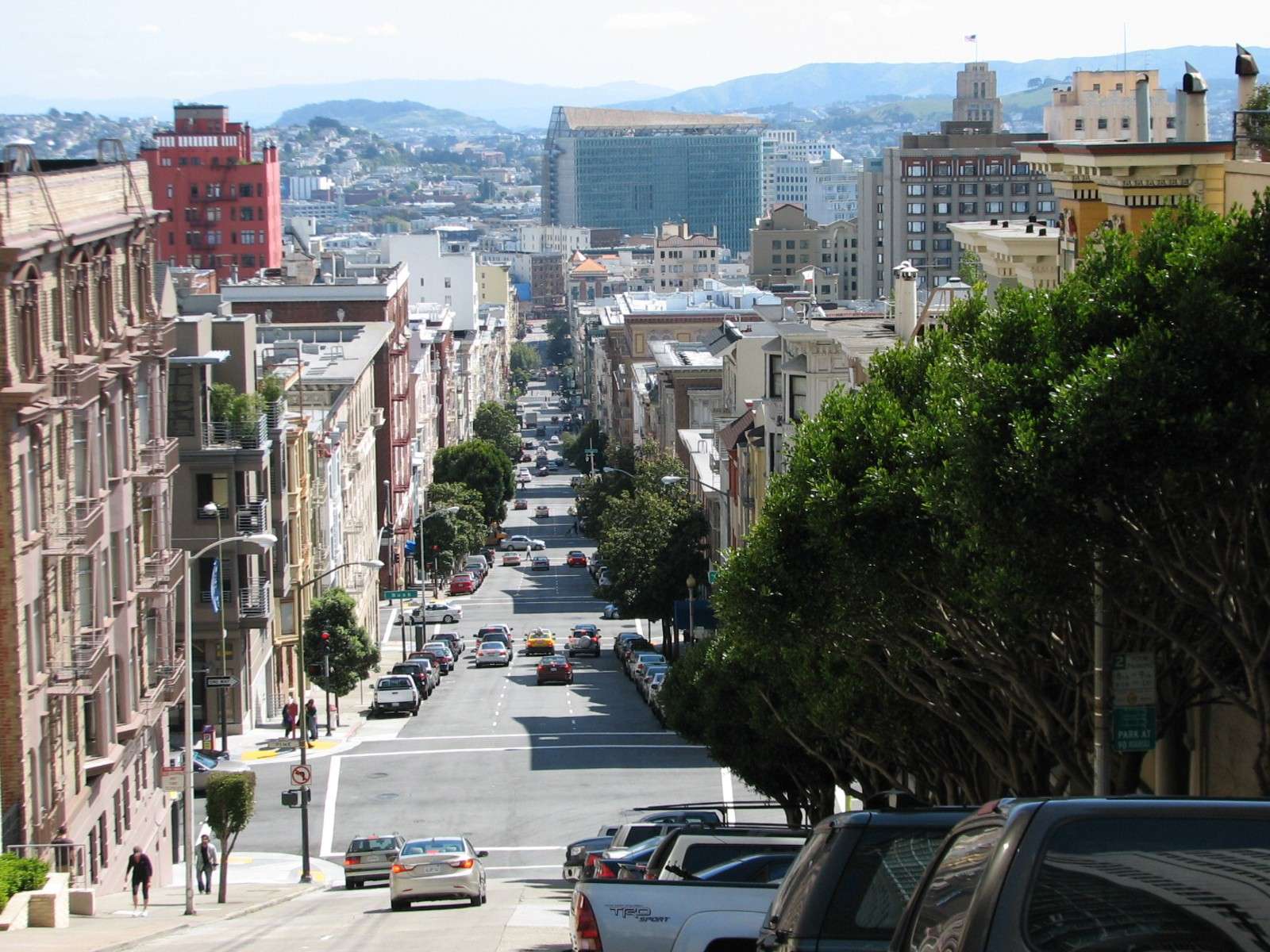
View down Taylor Street:
A similar South view to the previous one, this time focusing on the steps integrated in the sidewalk on this steep street.
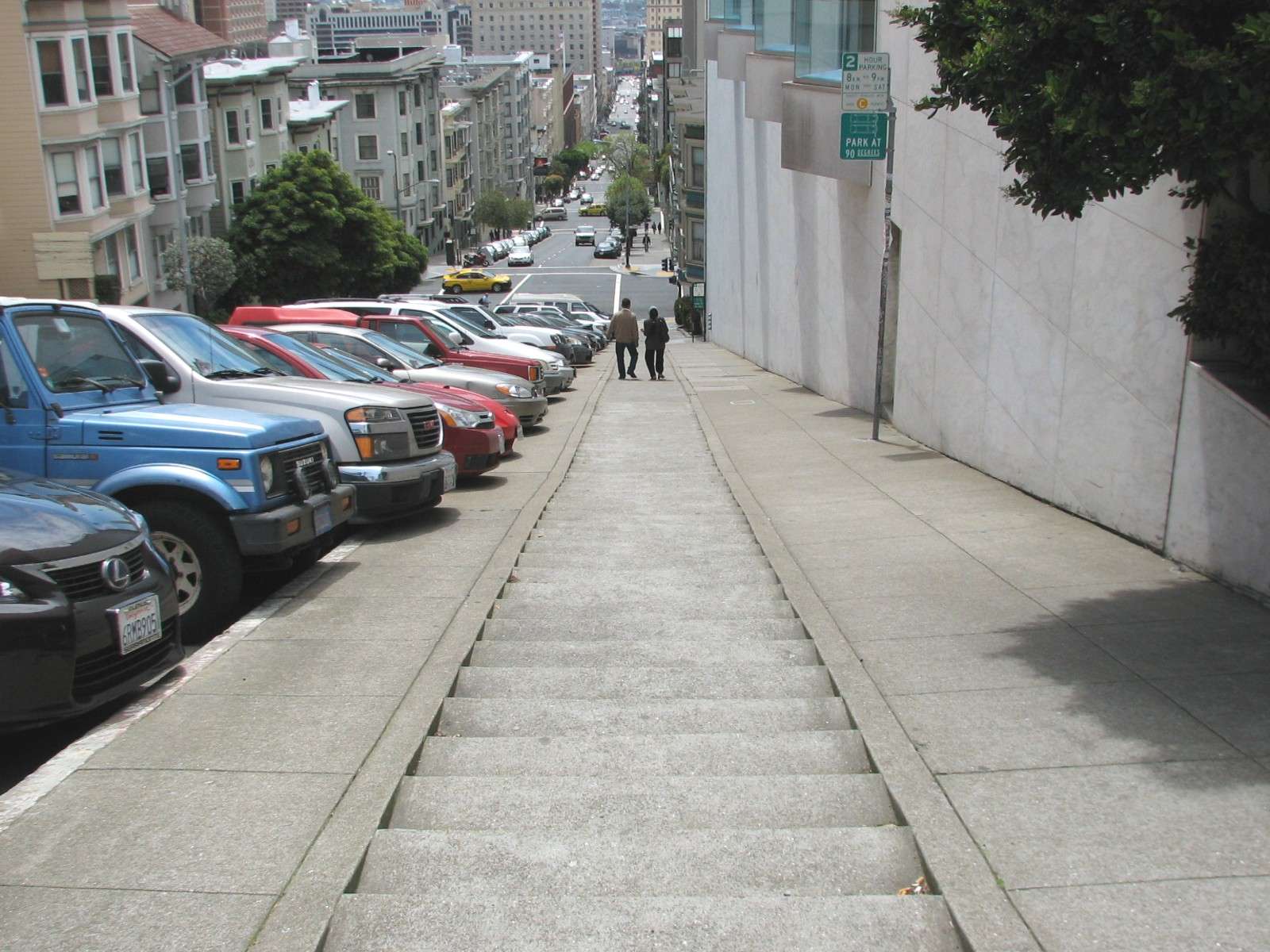
View down Sacramento Street:
This is looking East from the top of the hill, with the Financial District looming behind the large buildings of Nob Hill in the foreground. A slim view of the San Francisco Bay and the Bay Bridge is in the background.

View down California Street:
This East view is from a little lower on the hill, and only the foreground building is part of the neighborhood. Beyond it are a few blocks of Chinatown, and beyond that is the Financial District. The Bay Bridge looms in the background. One of the three remaining cable car lines occupies the middle of this street; the California Line is the one that climbs to the top of Nob Hill and down the other side.
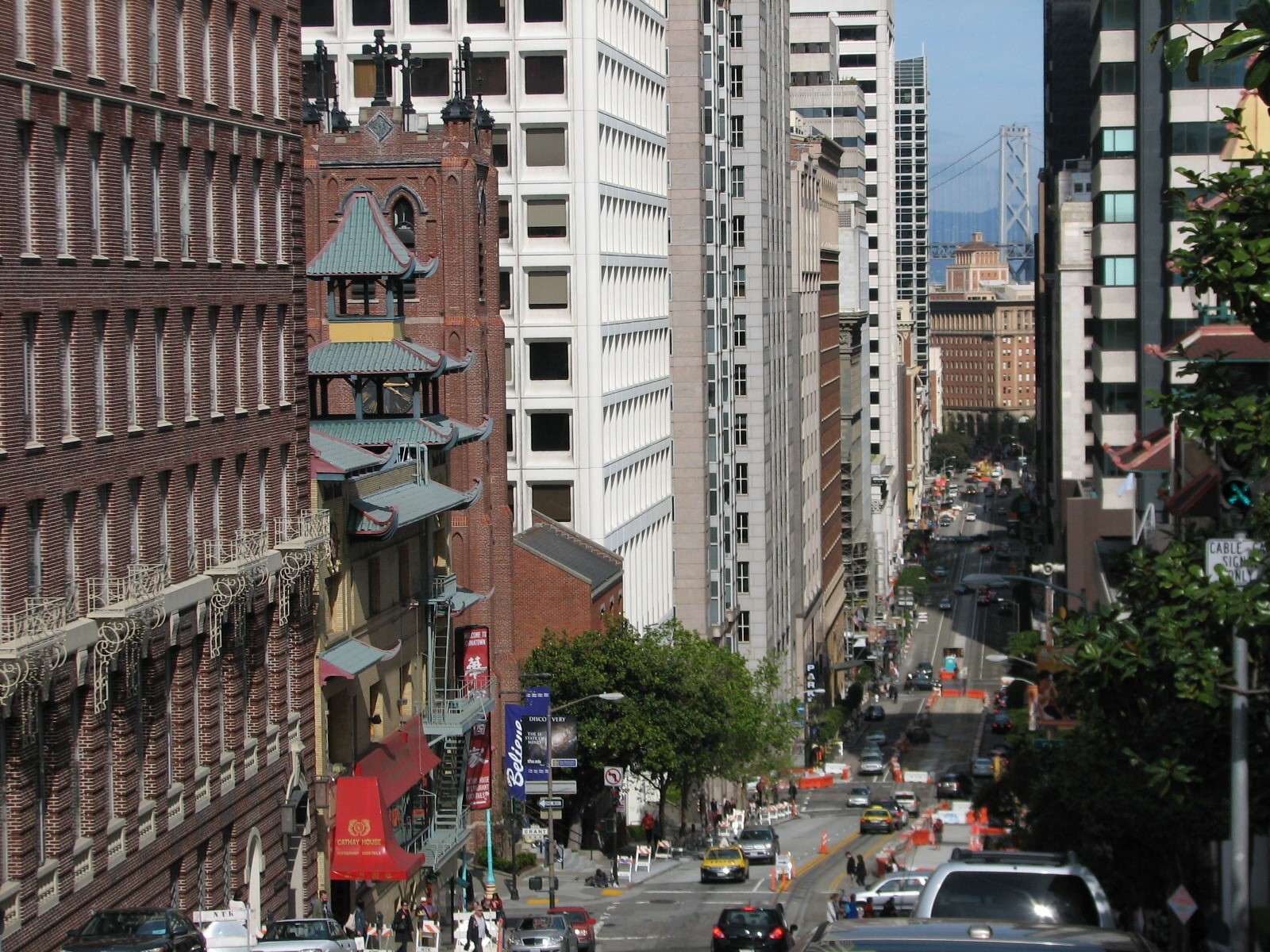
View down Powell Street:
Looking North, the other two cable car lines travel this street before splitting to different destinations. The upper reaches of Chinatown are in the midground; beyond that are North Beach, then Fisherman's Wharf.
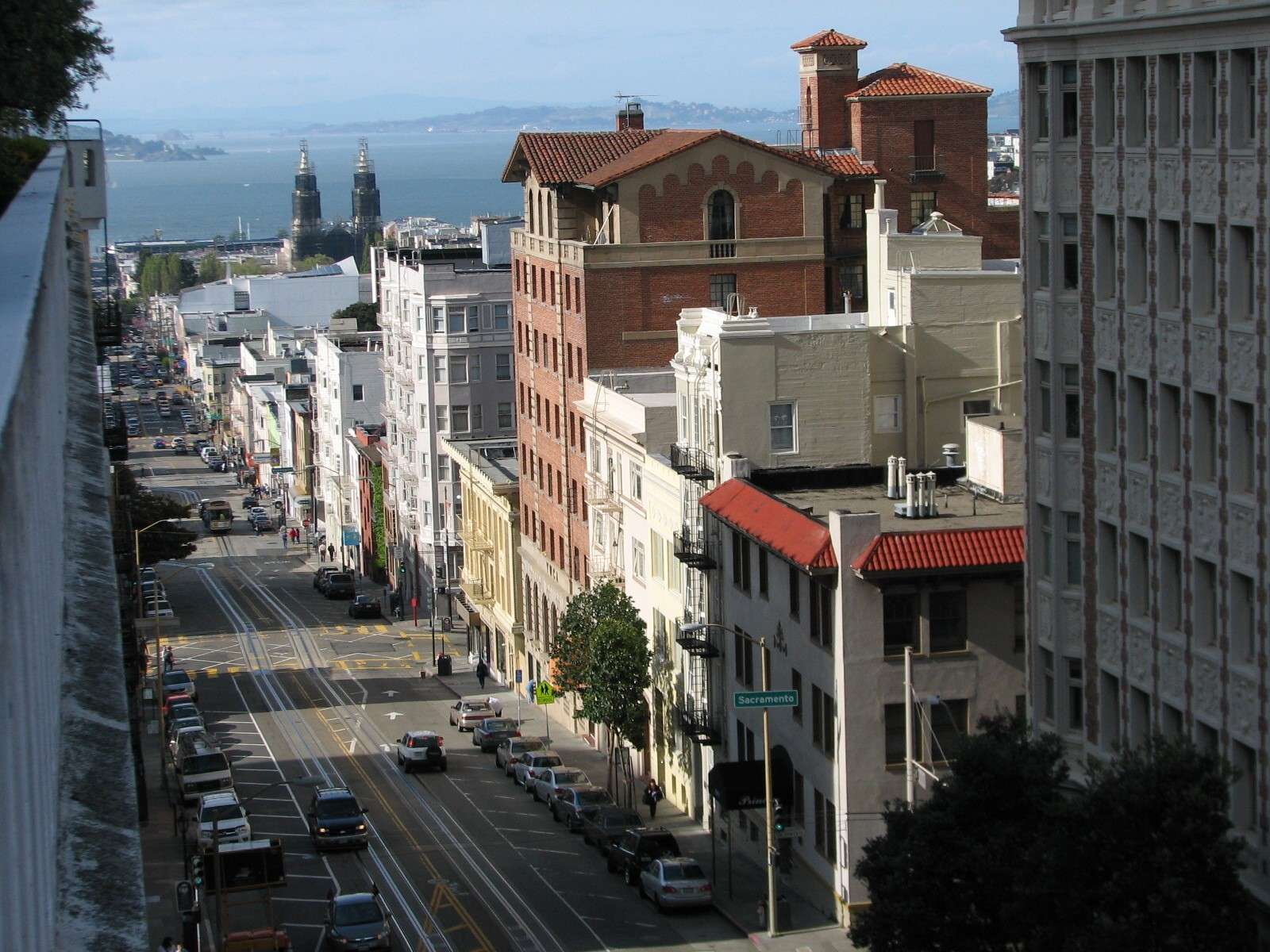
Cable Car Barn and Museum:
All three remaining cable car lines are serviced by this historic 1887 building which houses the storage, machine shops, and machines that continuously propel the cables beneath the streets. It is open to the public and features historical displays about the system.
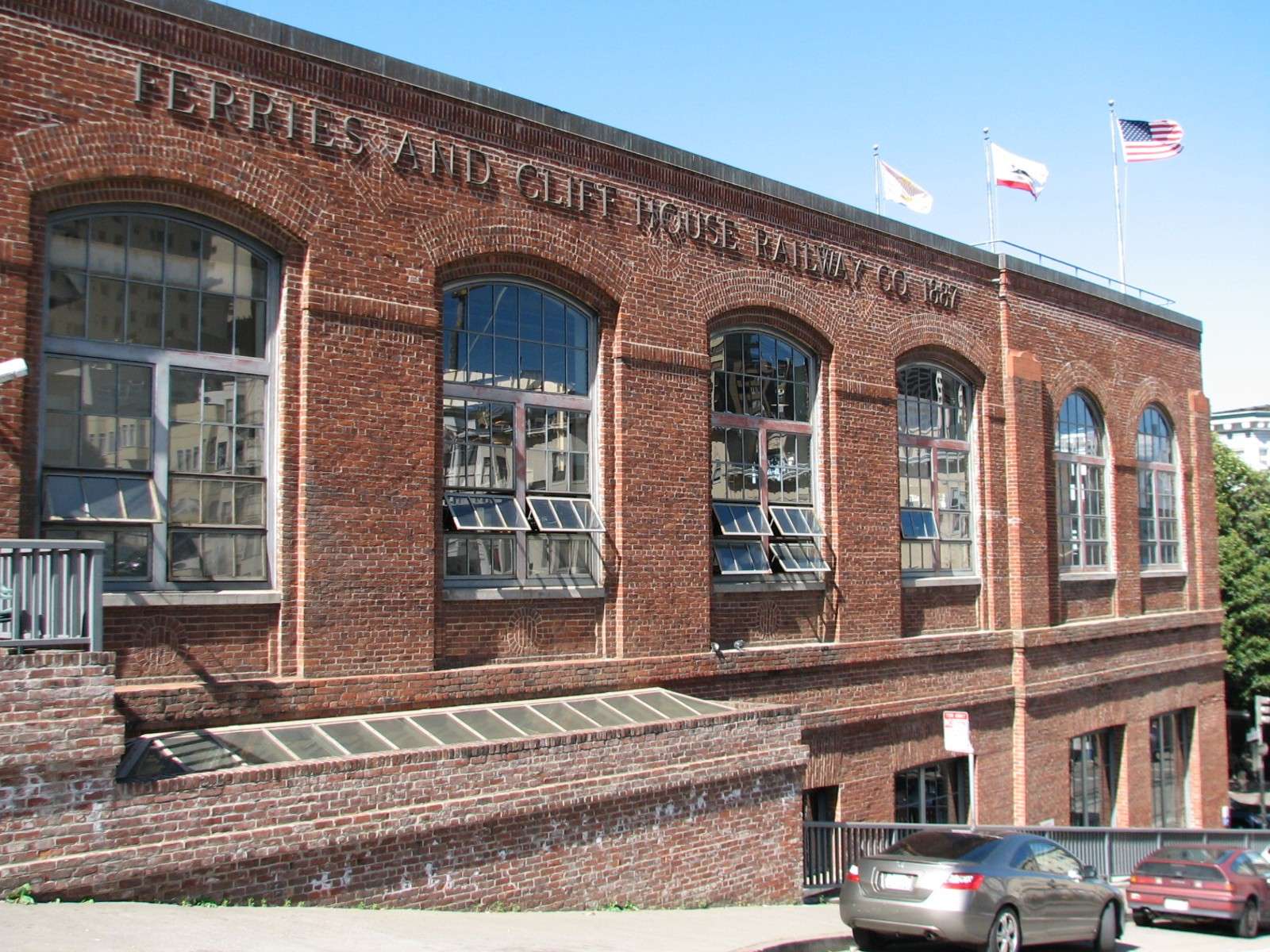

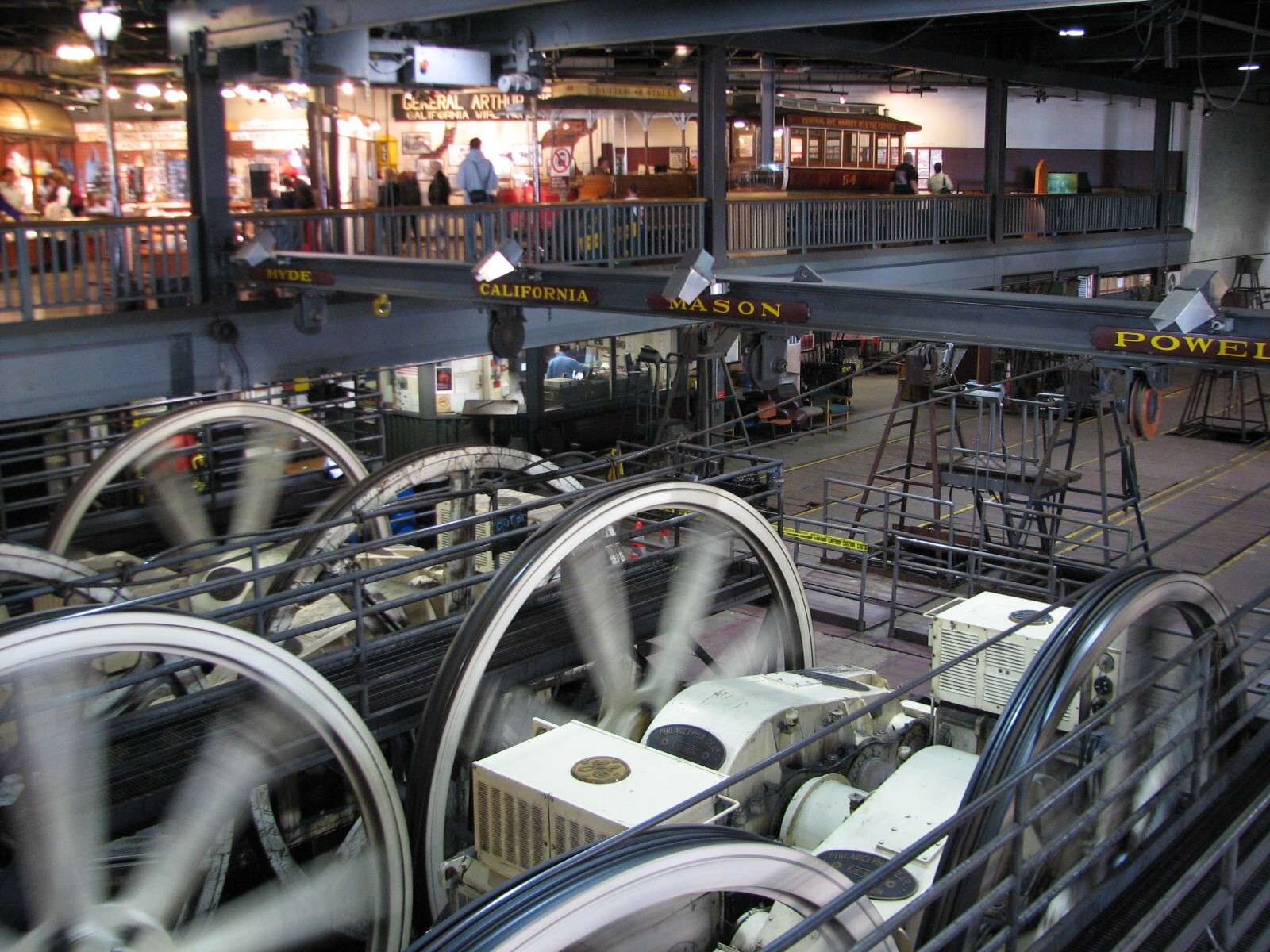
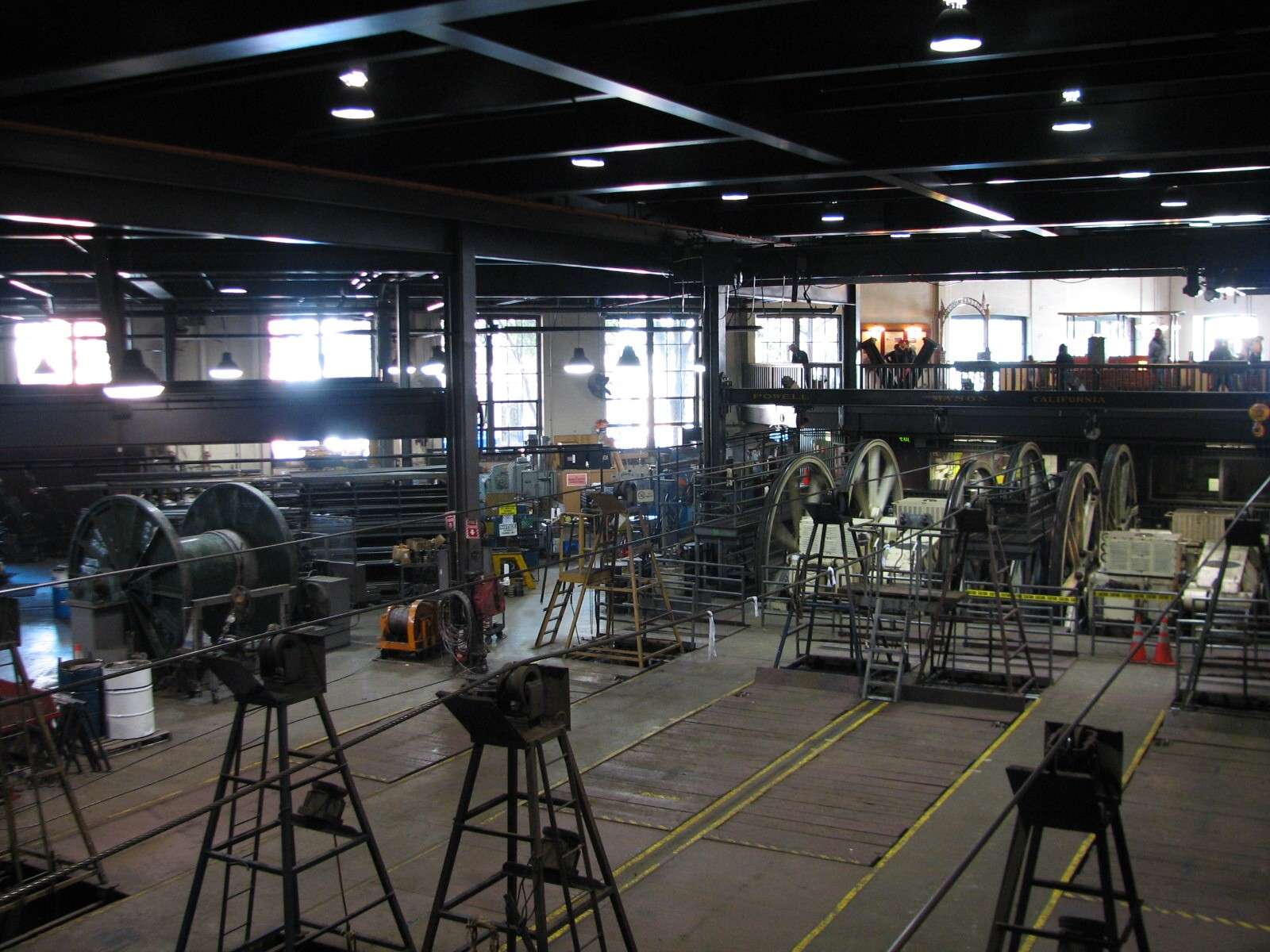
Huntington Park:
This is the center of the top of the hill. It was built in 1915, replacing the private property that formerly housed the Collis P. Huntington (Central Pacific Railroad tycoon) Mansion.
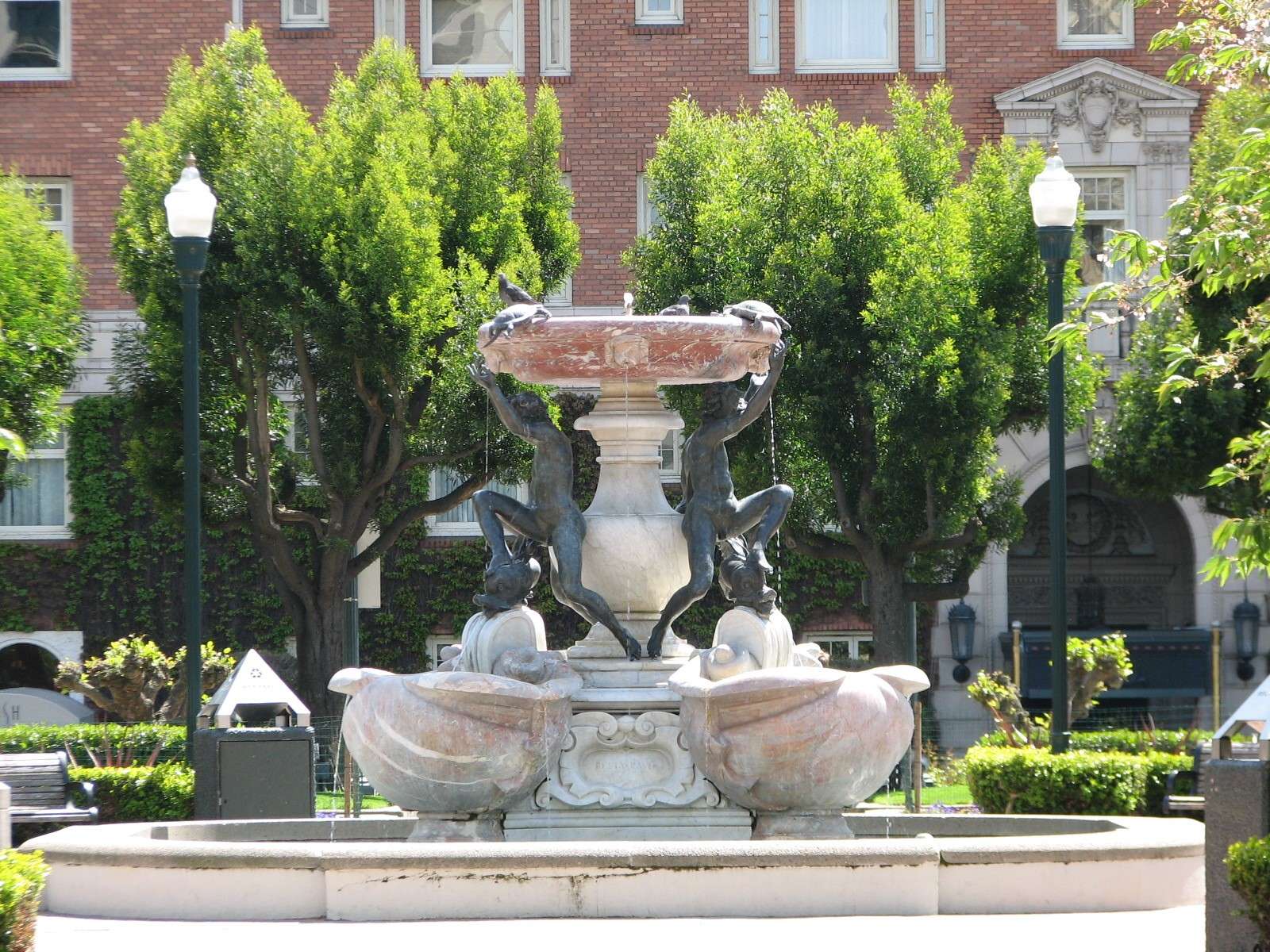
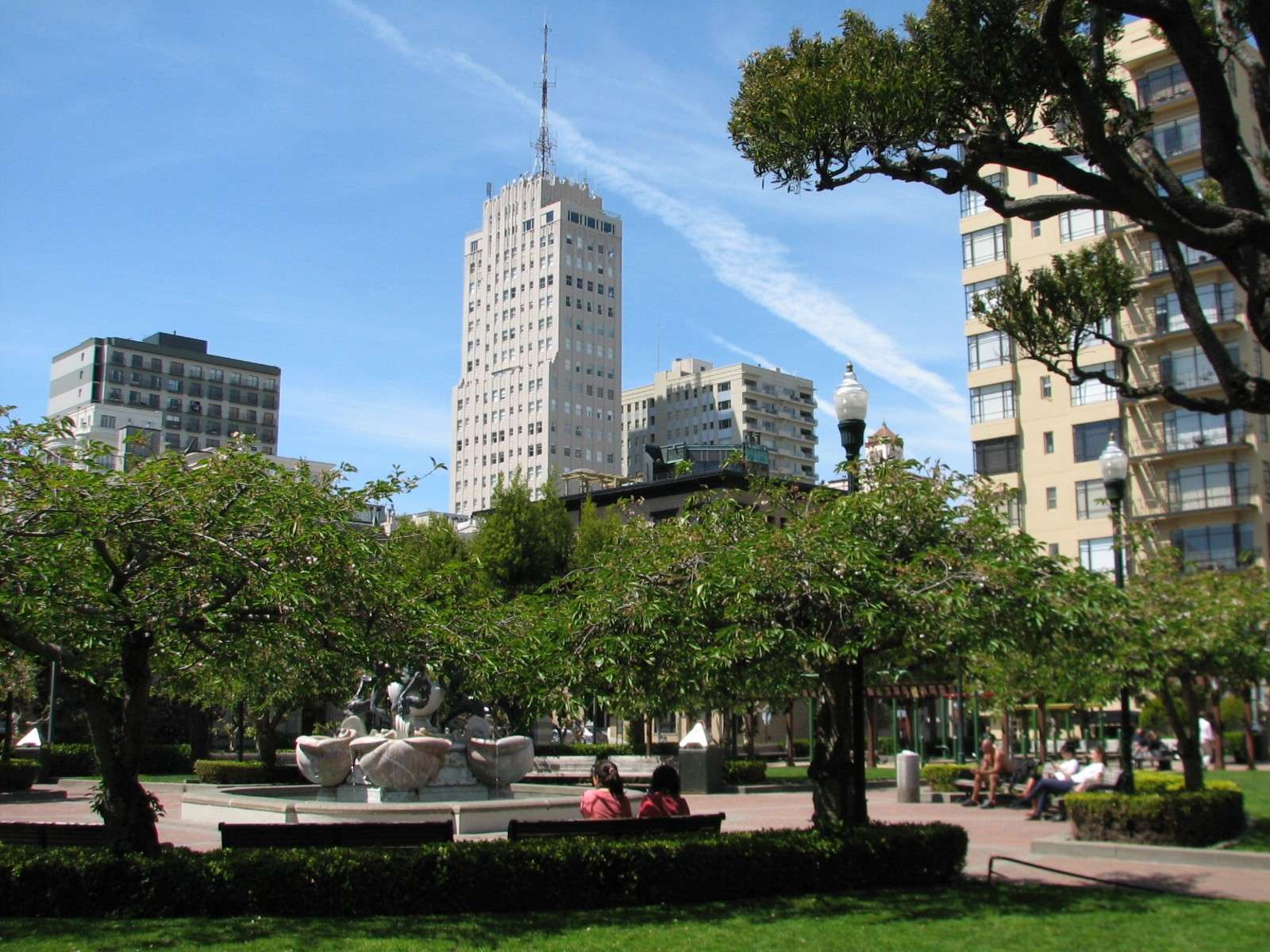
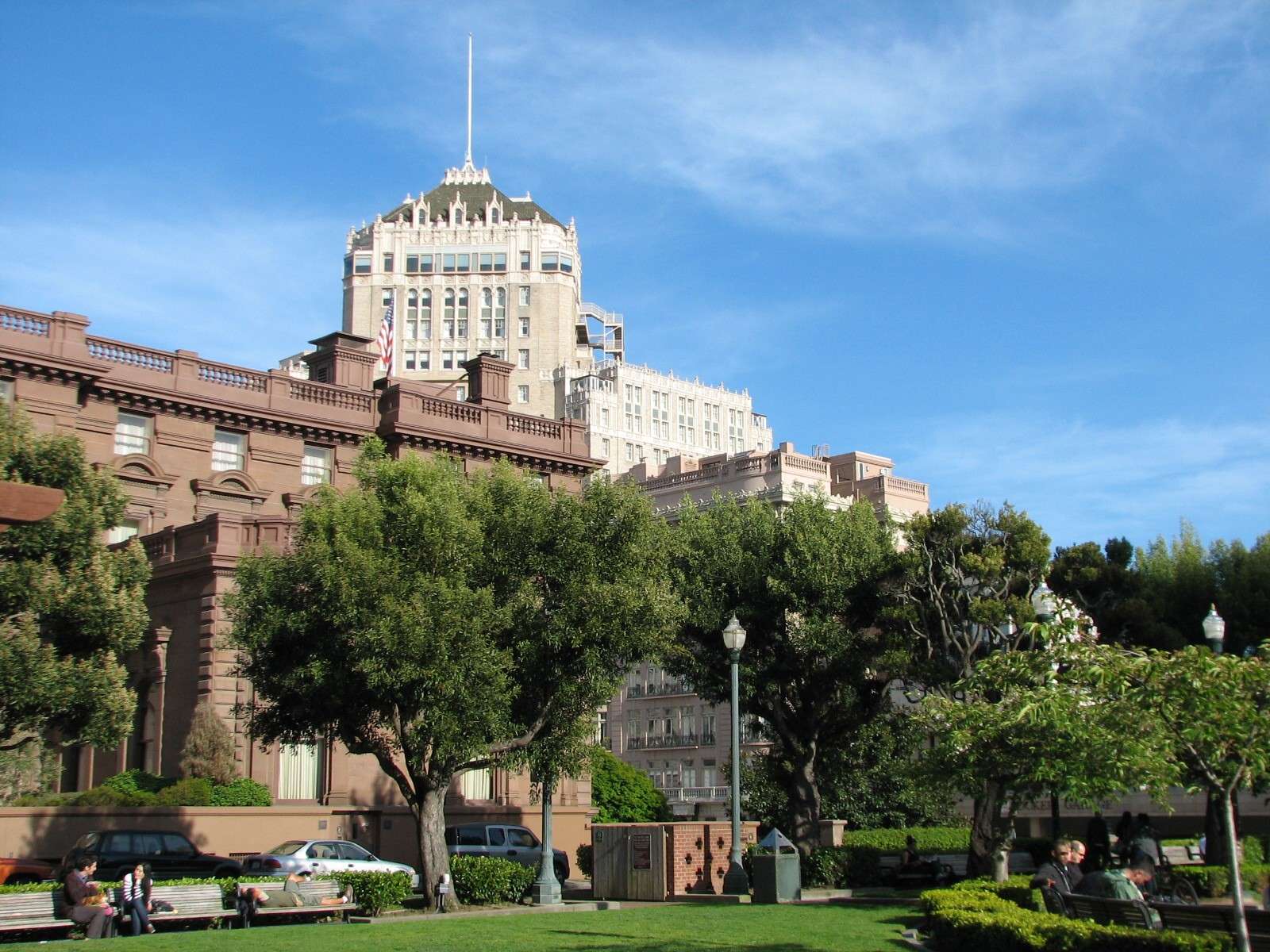
Pacific-Union Club:
Next to Huntington Park, this private social club is housed in the last remaining historic detached mansion of Nob Hill's original lineup. It was built in 1889 for James C. Flood, designed by Willis Polk, and reportedly was the first brownstone West of the Mississippi. It survived the 1906 fire that swept the hill after the earthquake.
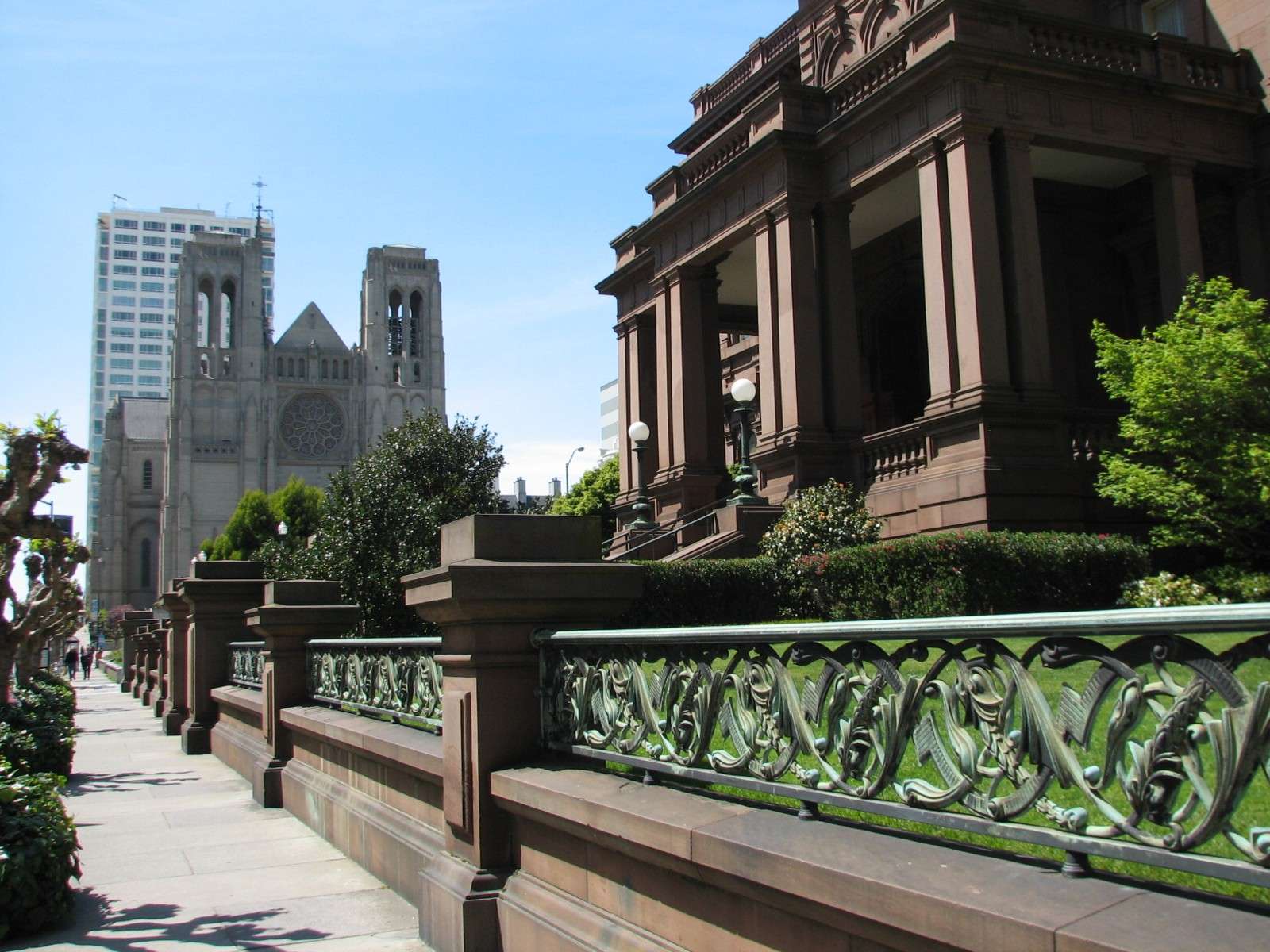

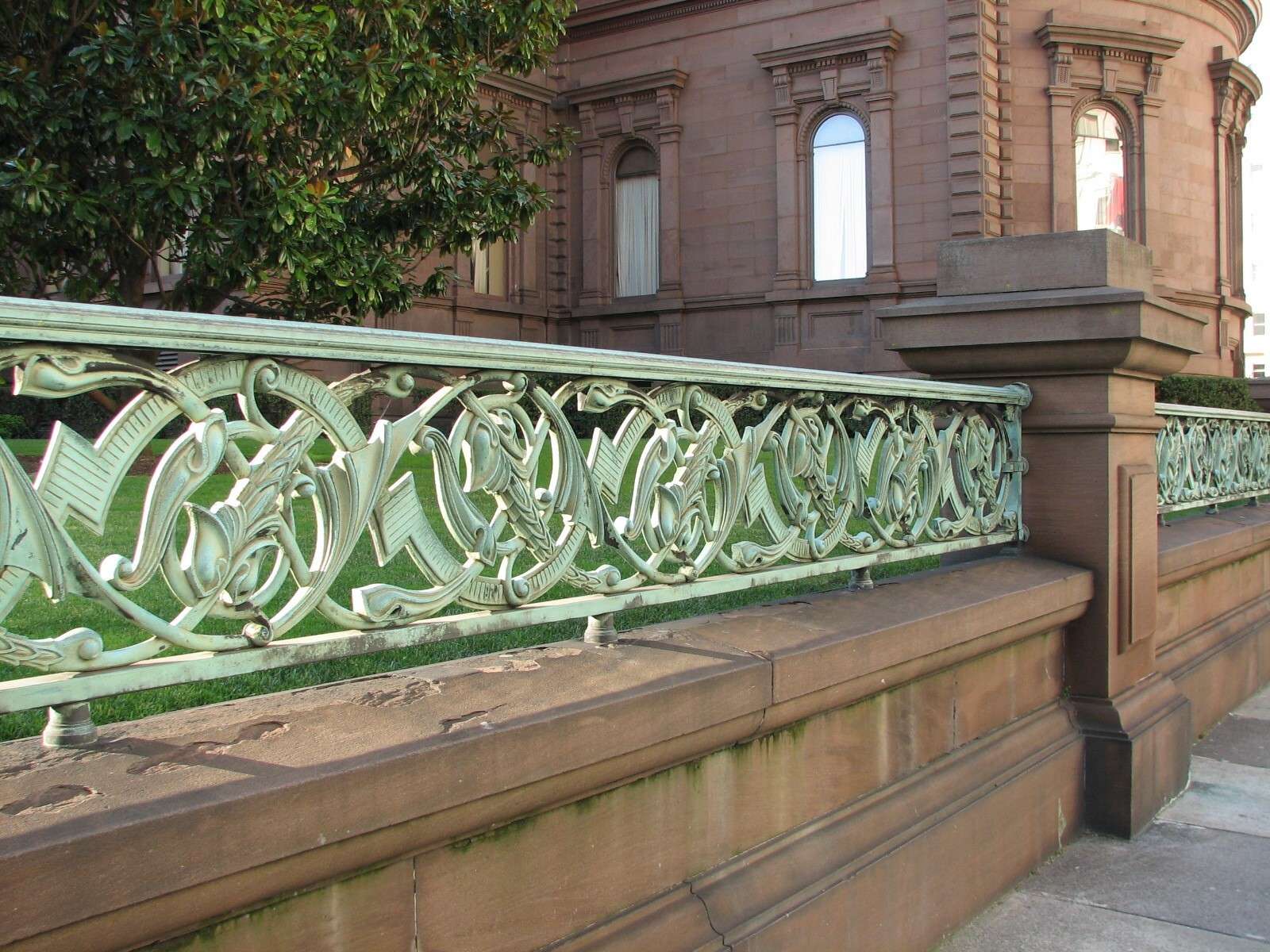
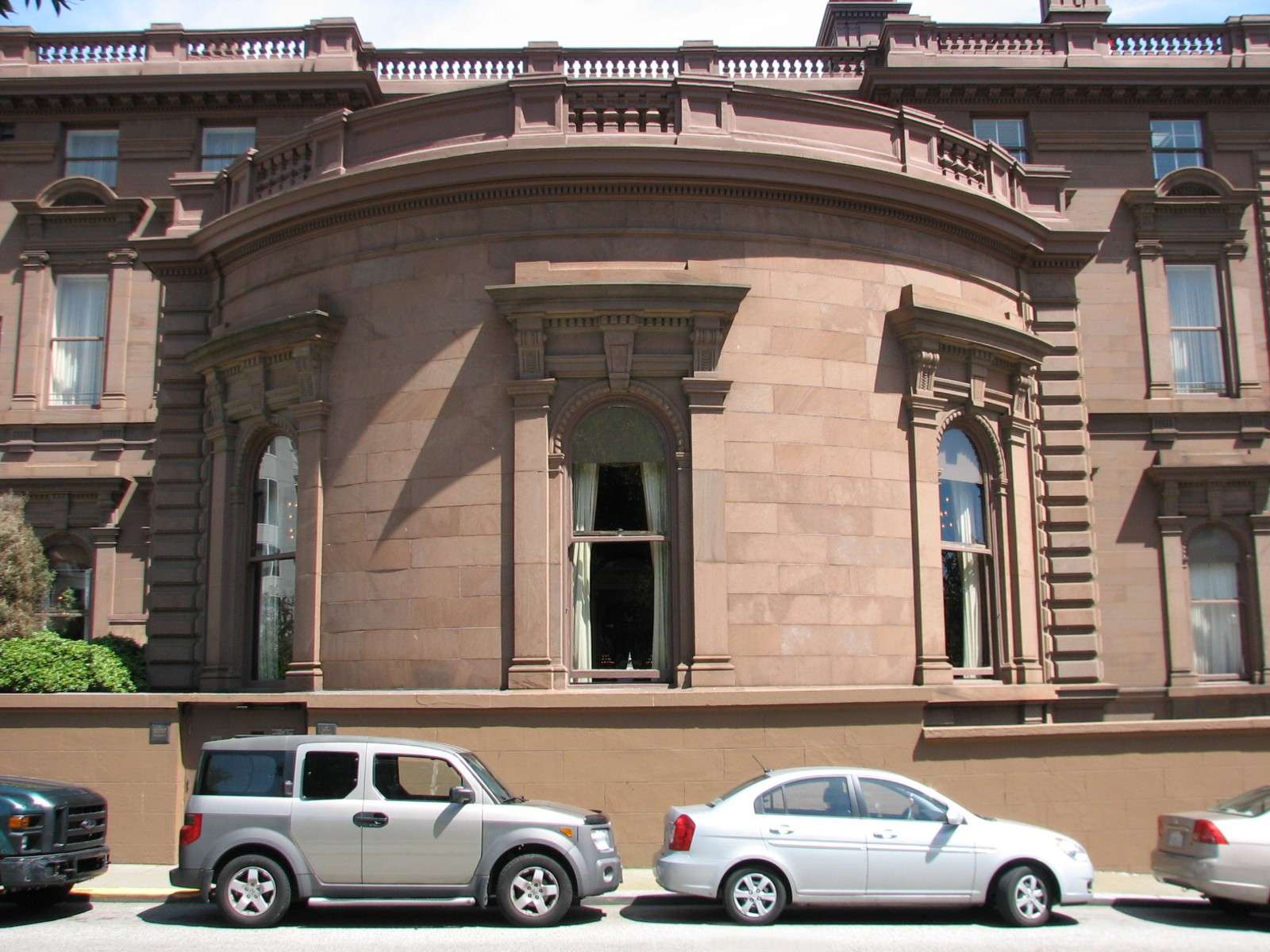
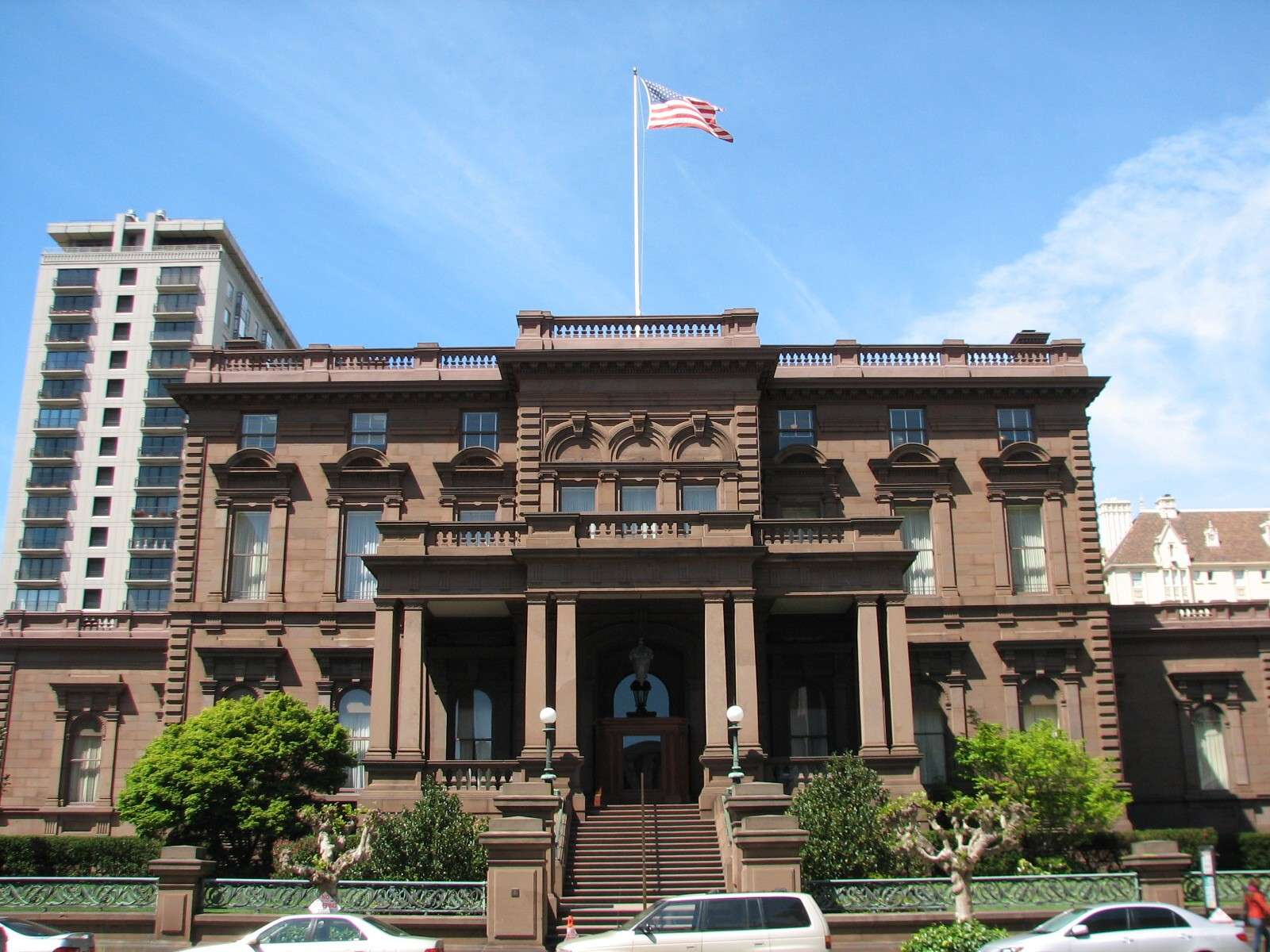
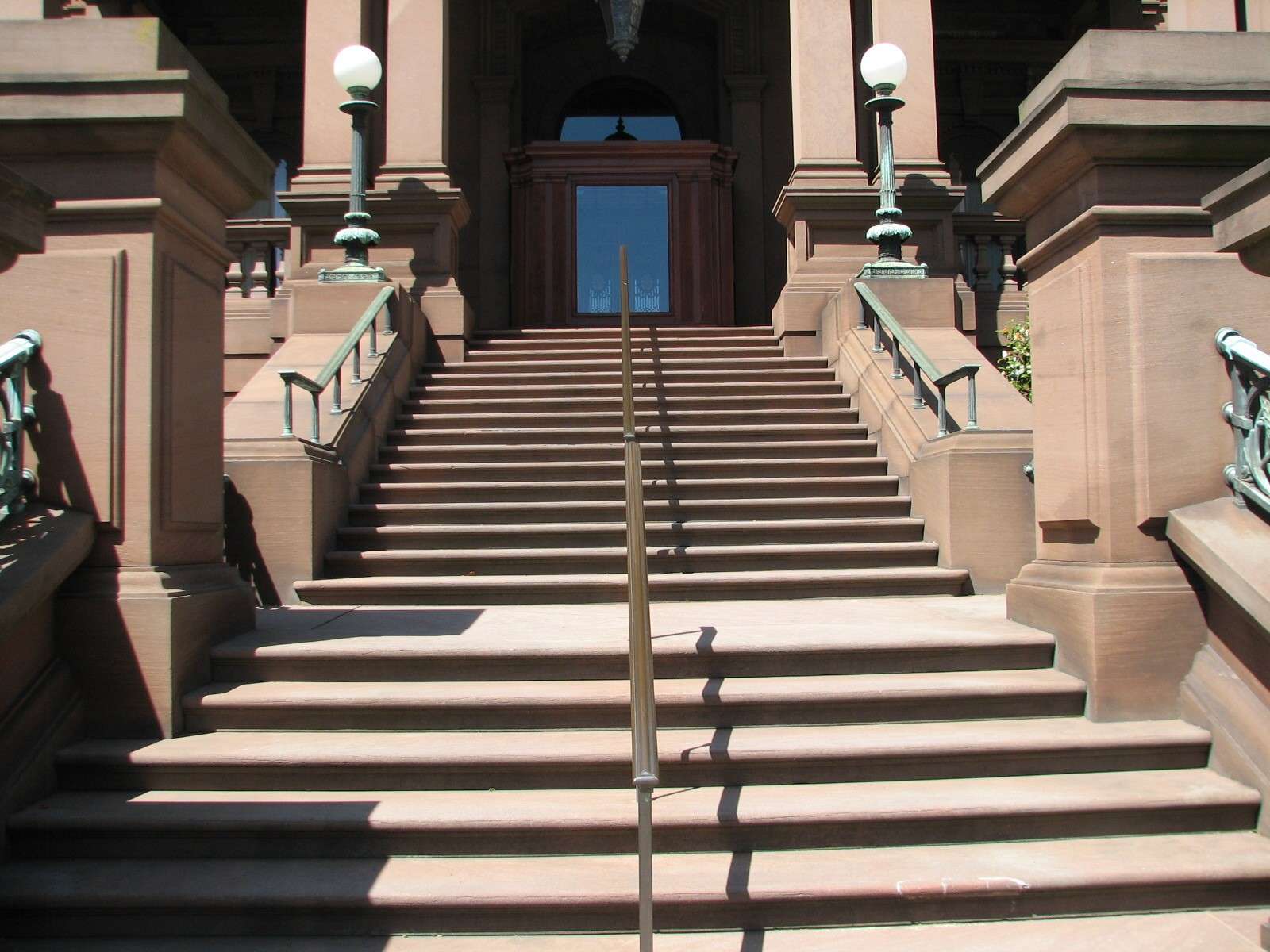
University Club, 1908:
Another private social club.
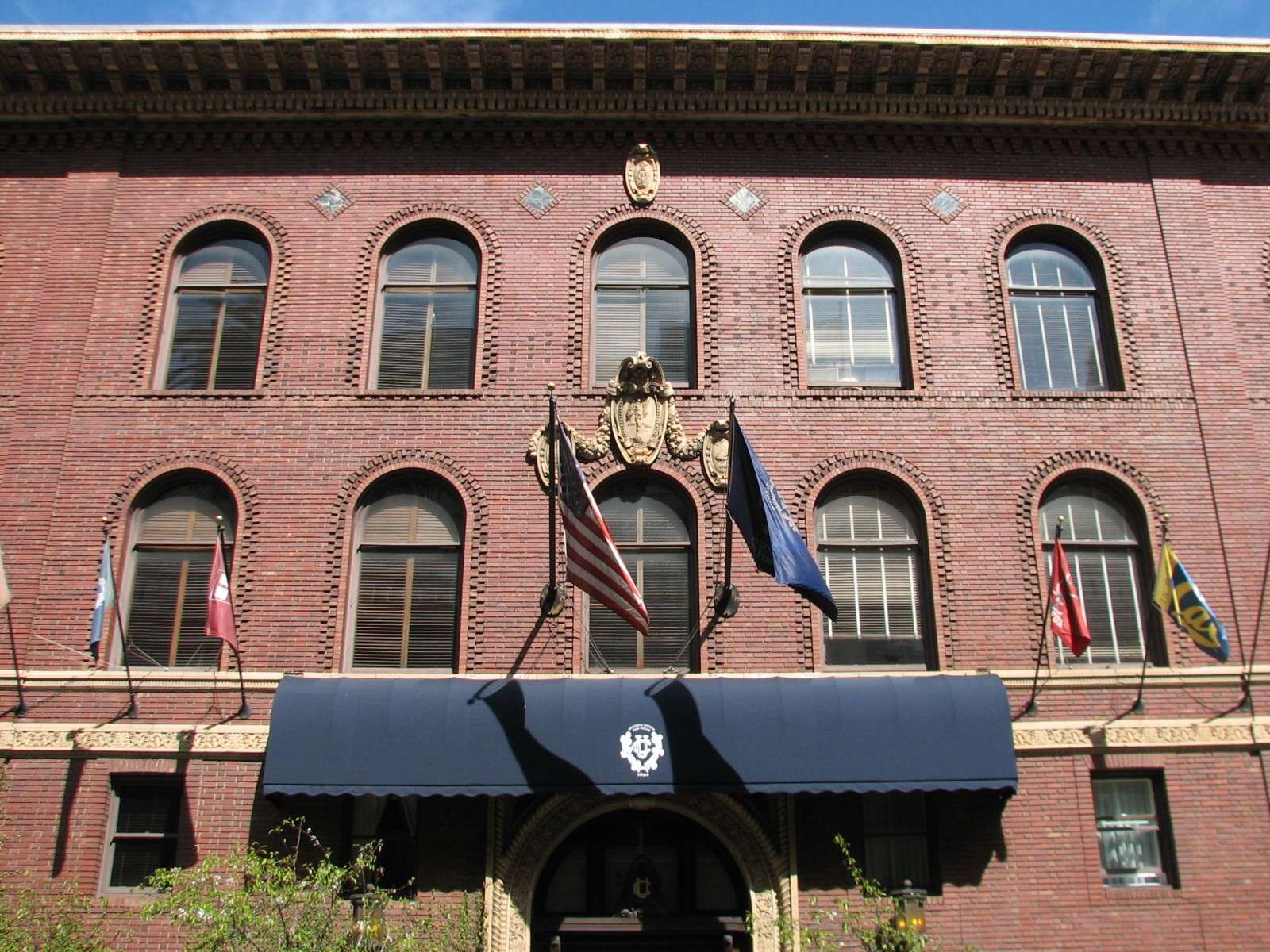
Huntington Hotel, 1922:
This was an apartment building for just 2 years before converting to a hotel named after Collis P. Huntington. The property was originally the site of the mansion owned by Hibernia Bank's Tobin family.
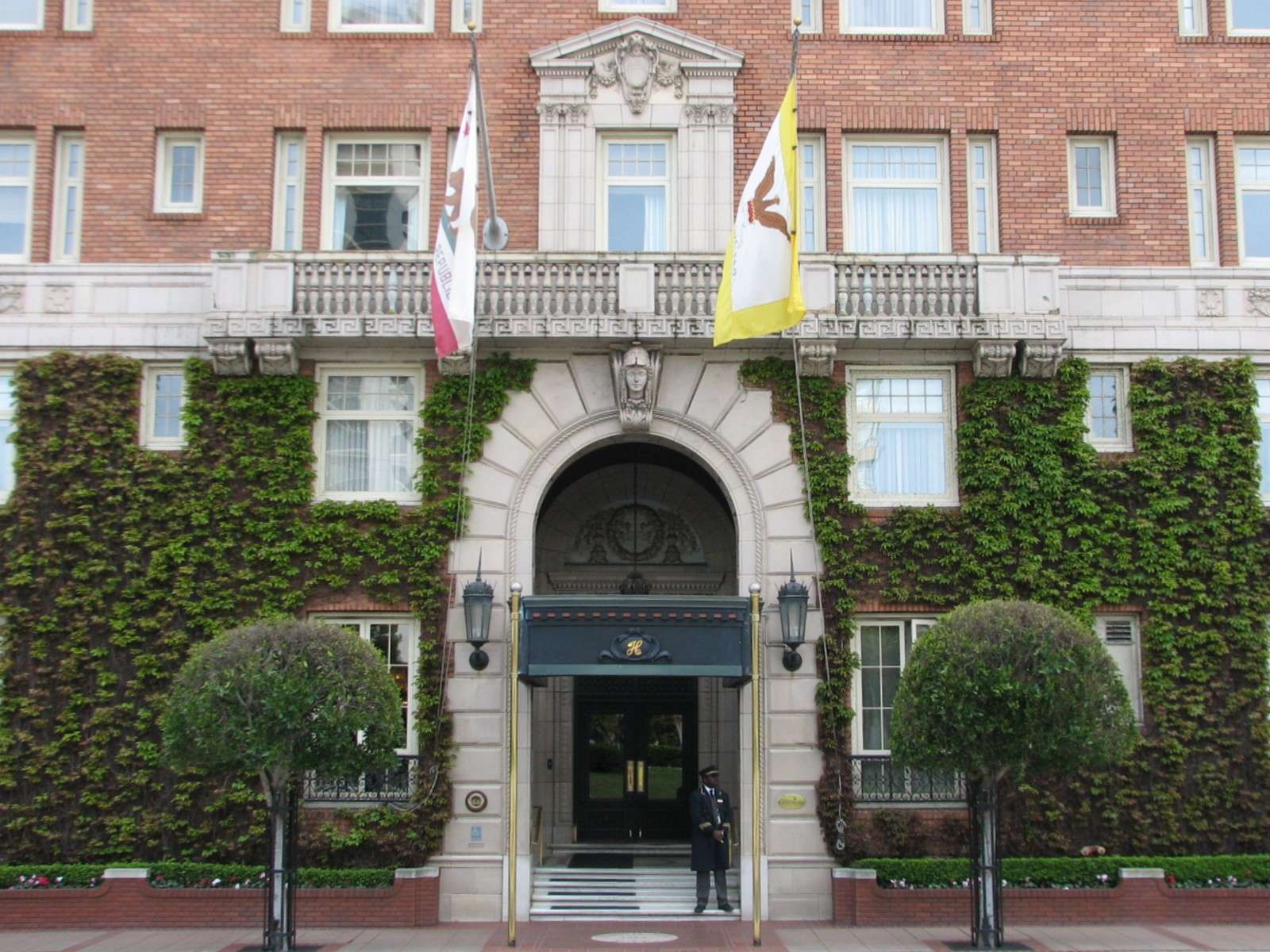
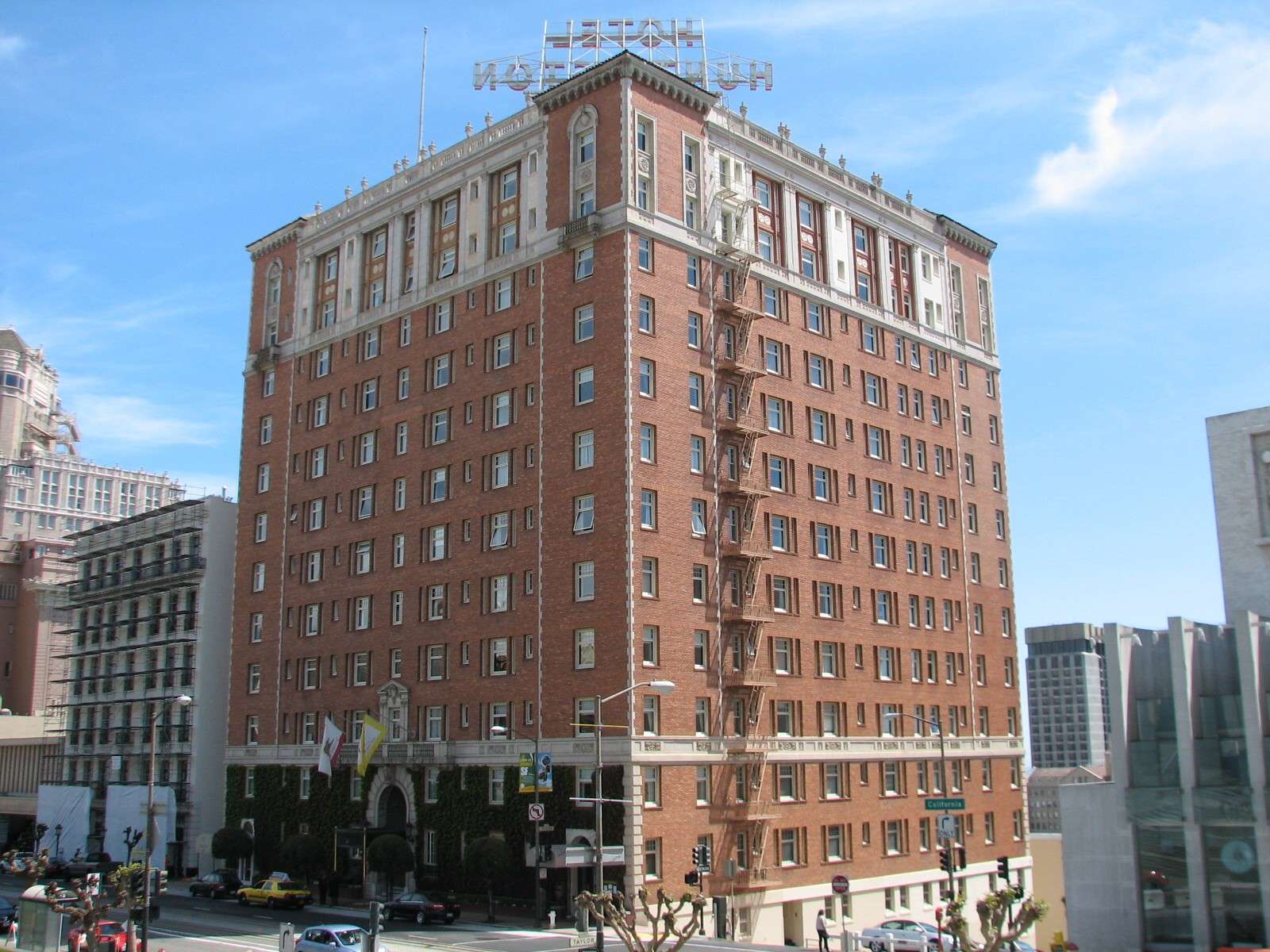
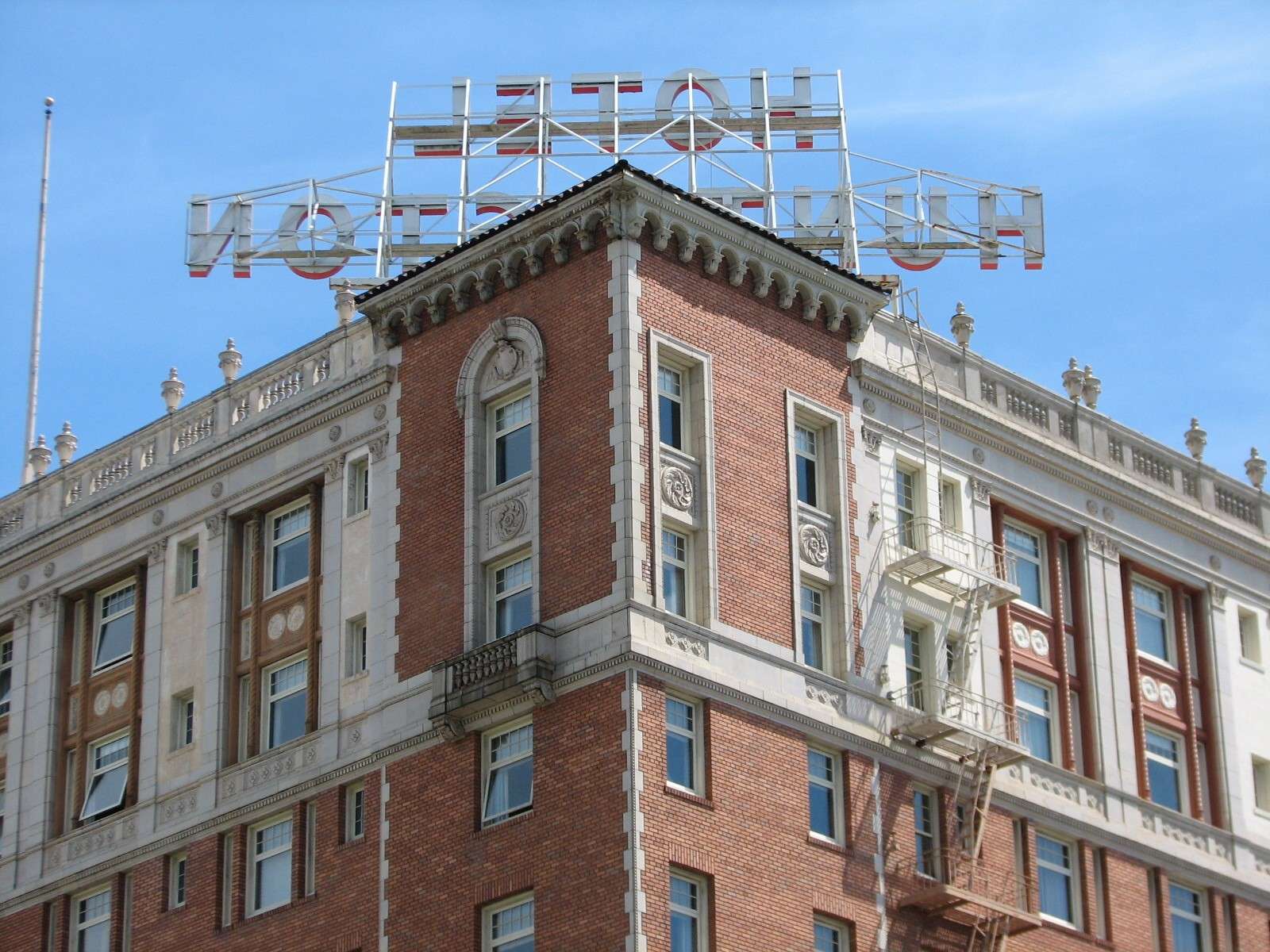
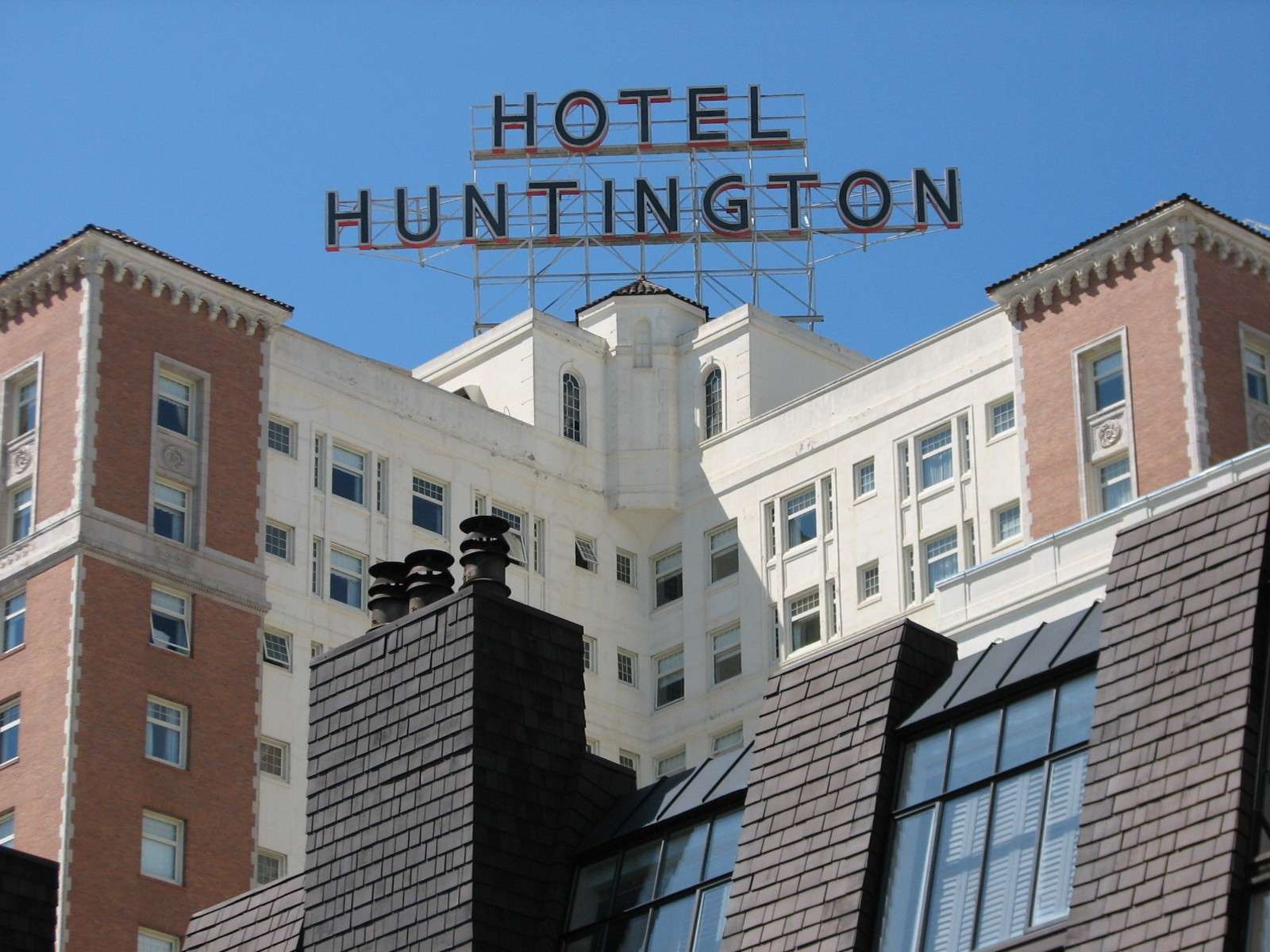
Beaux-Arts Residential Buildings:
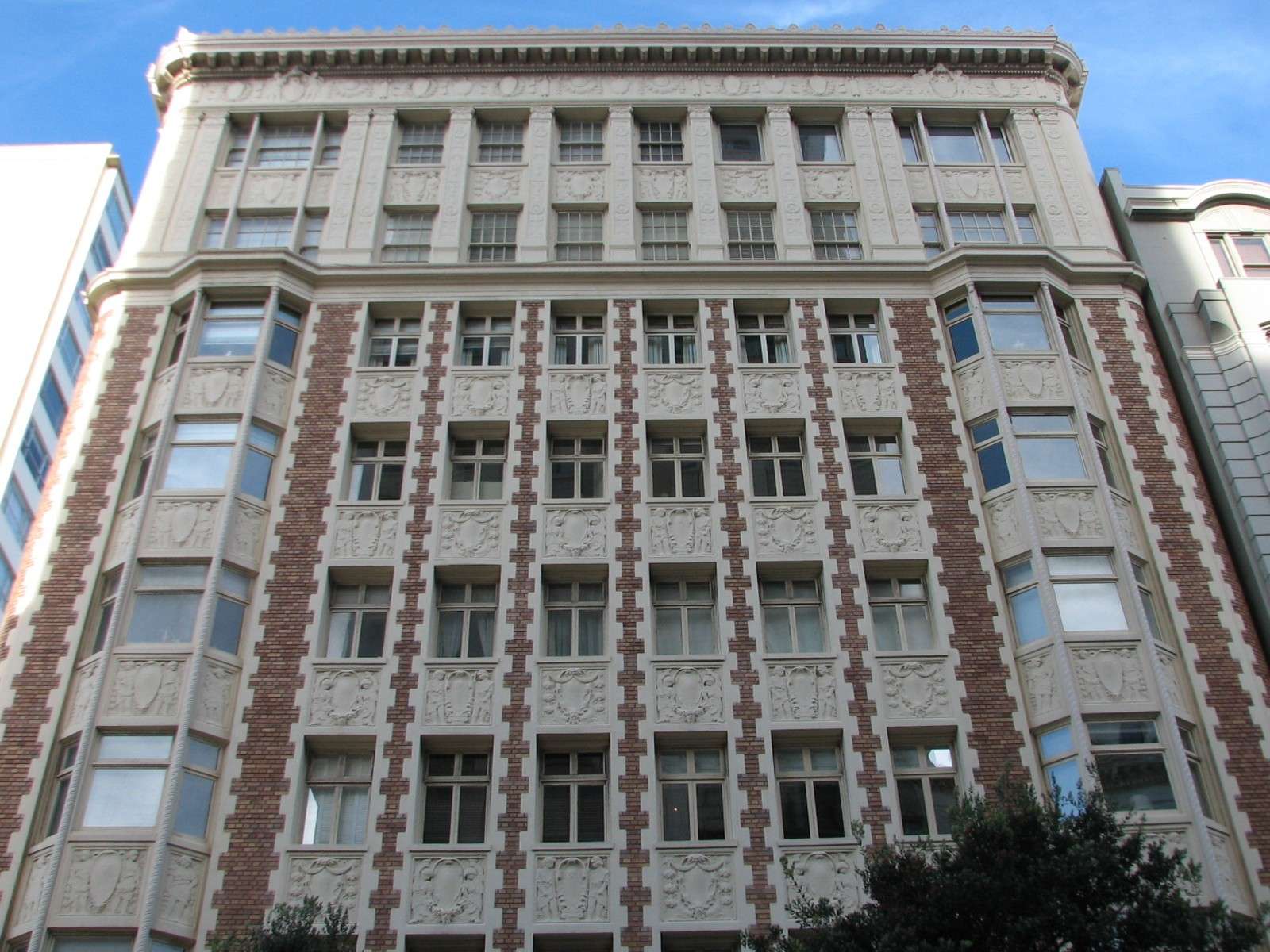
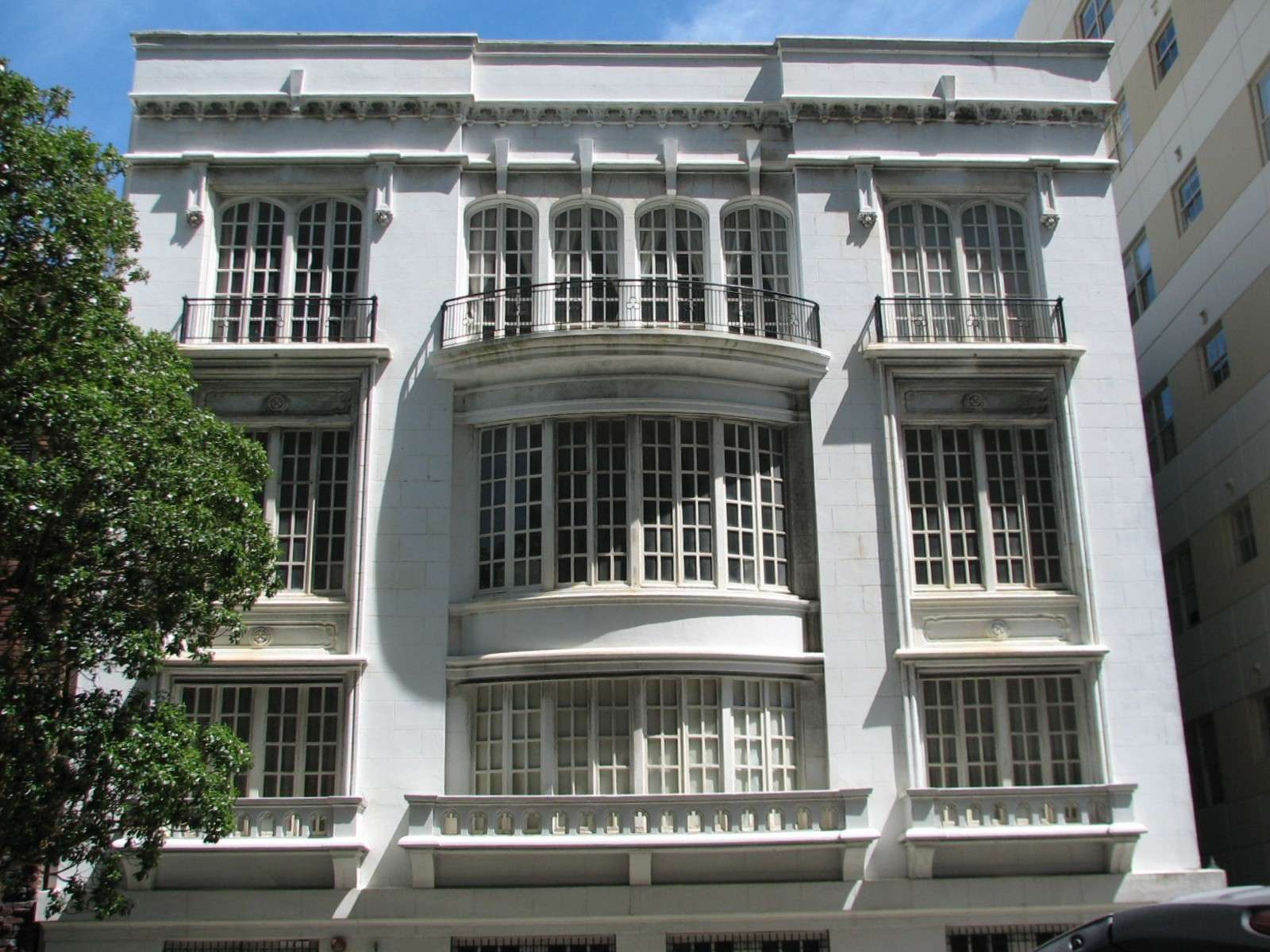

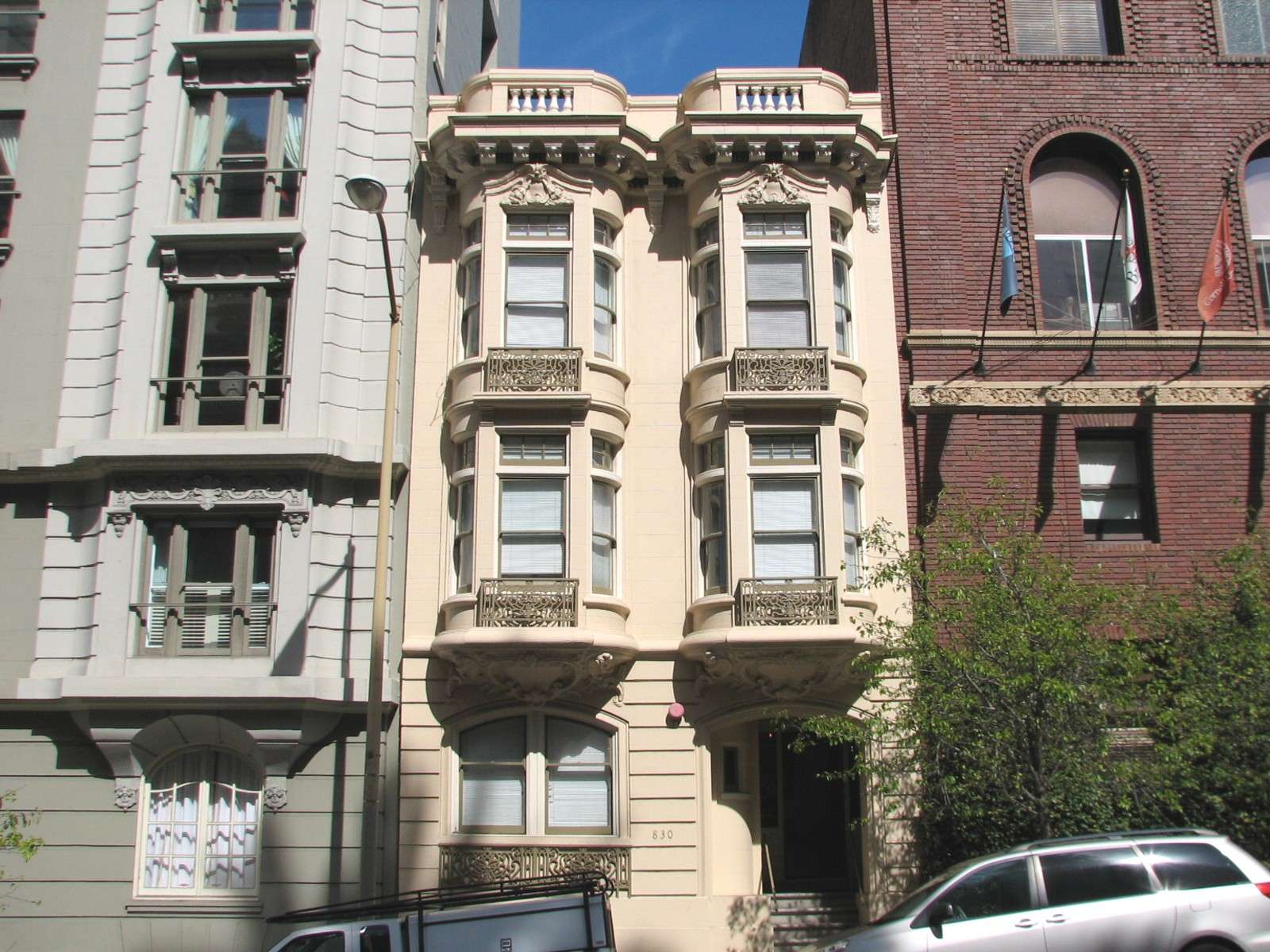

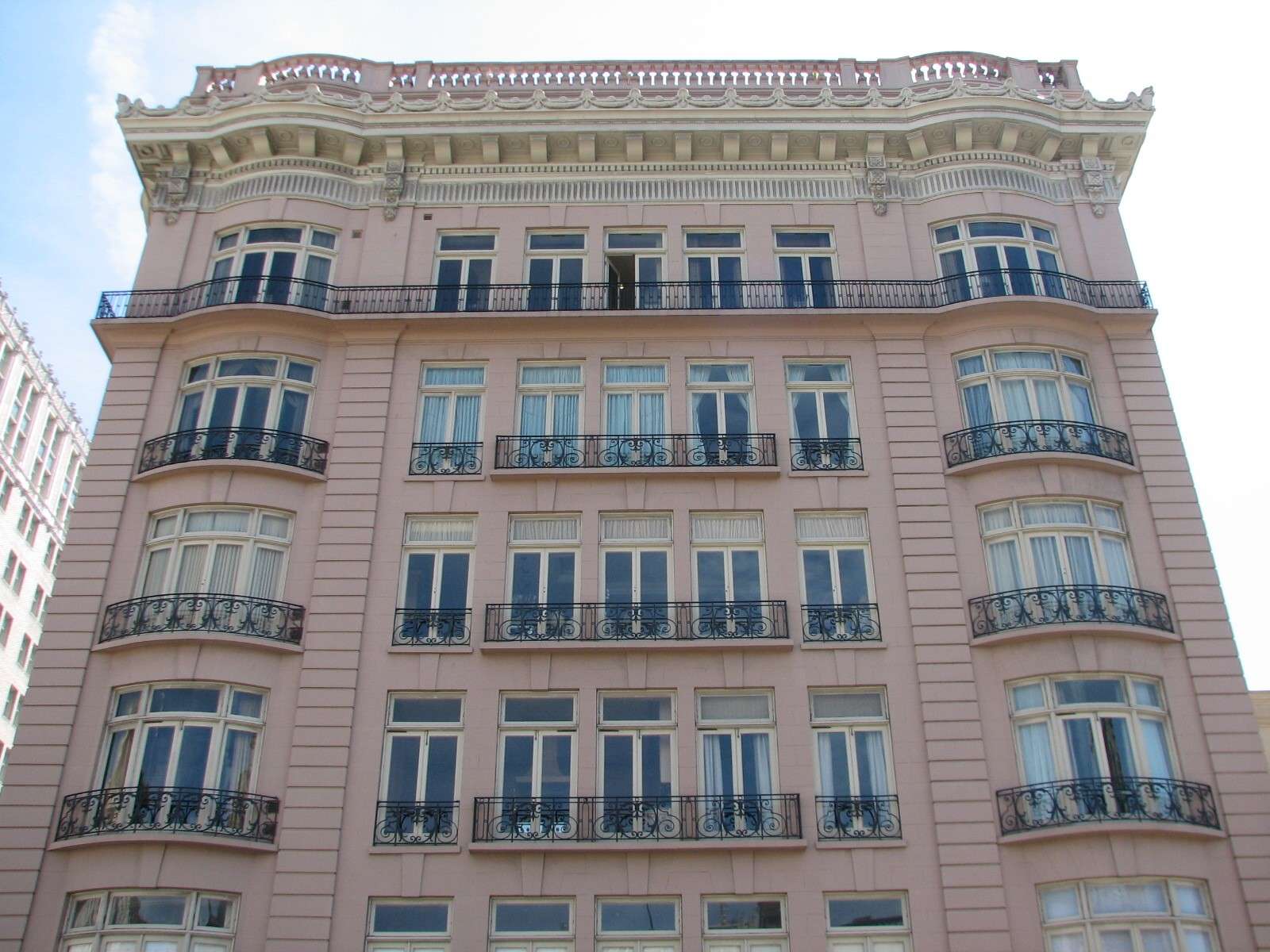
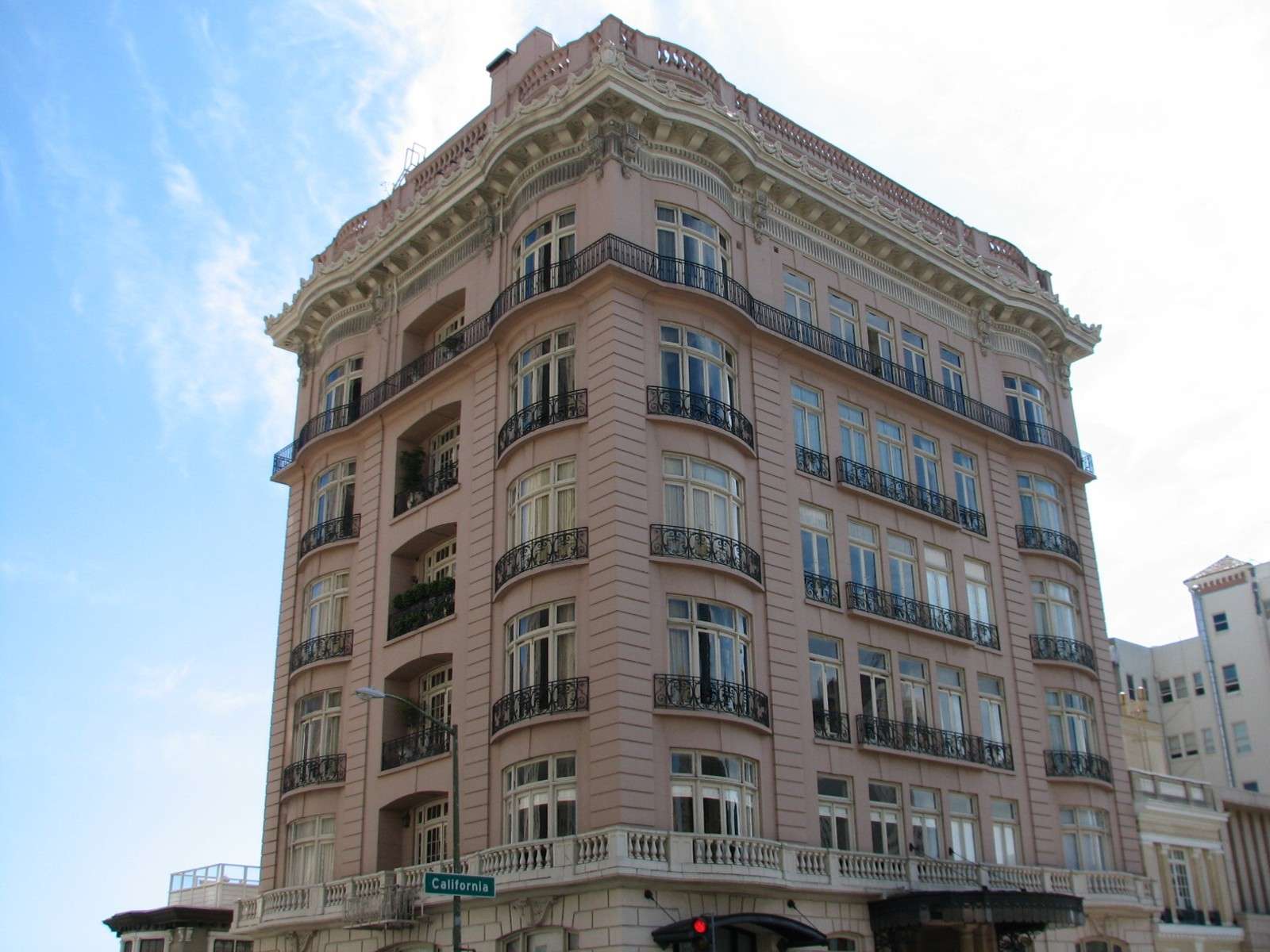
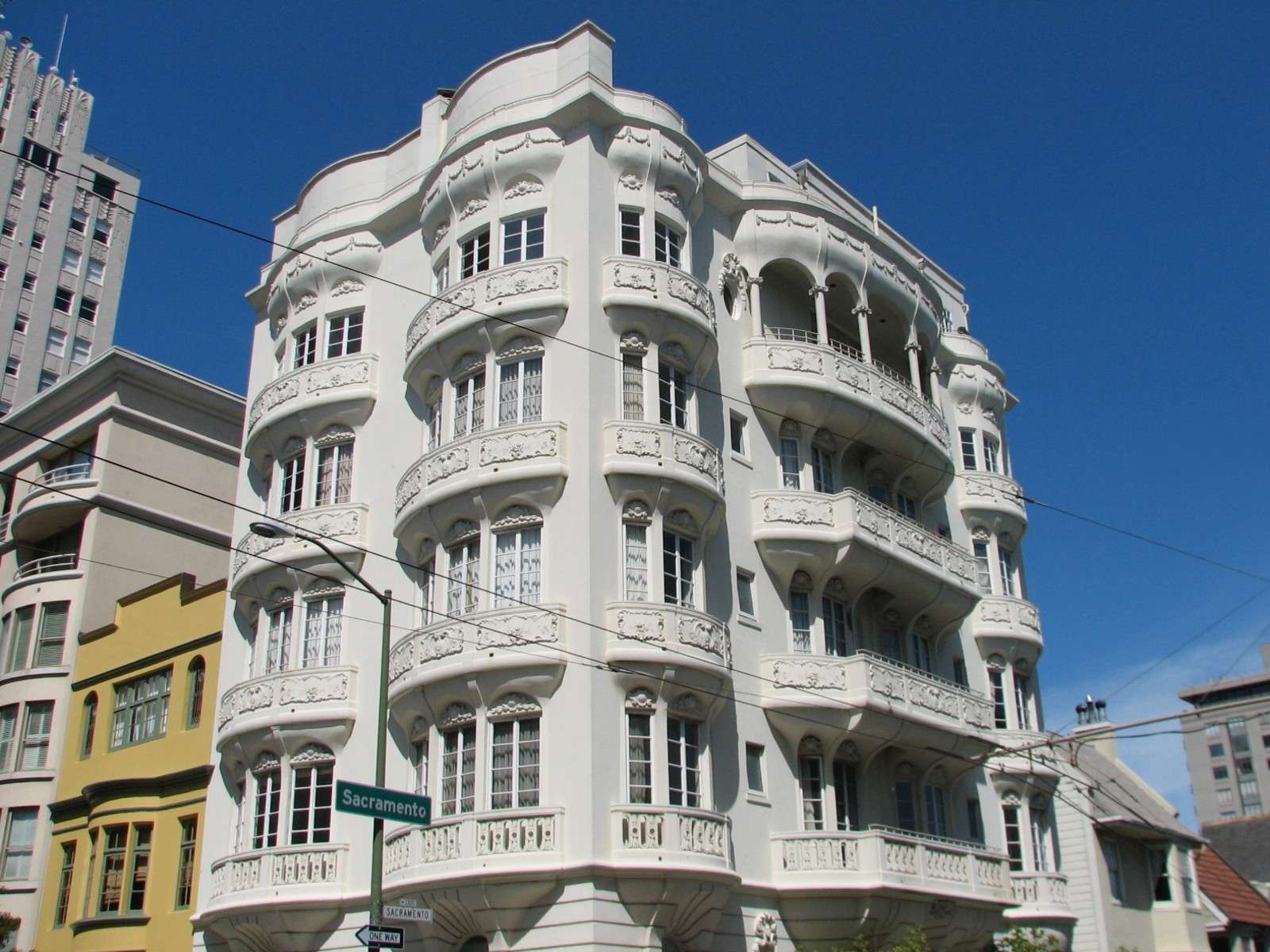
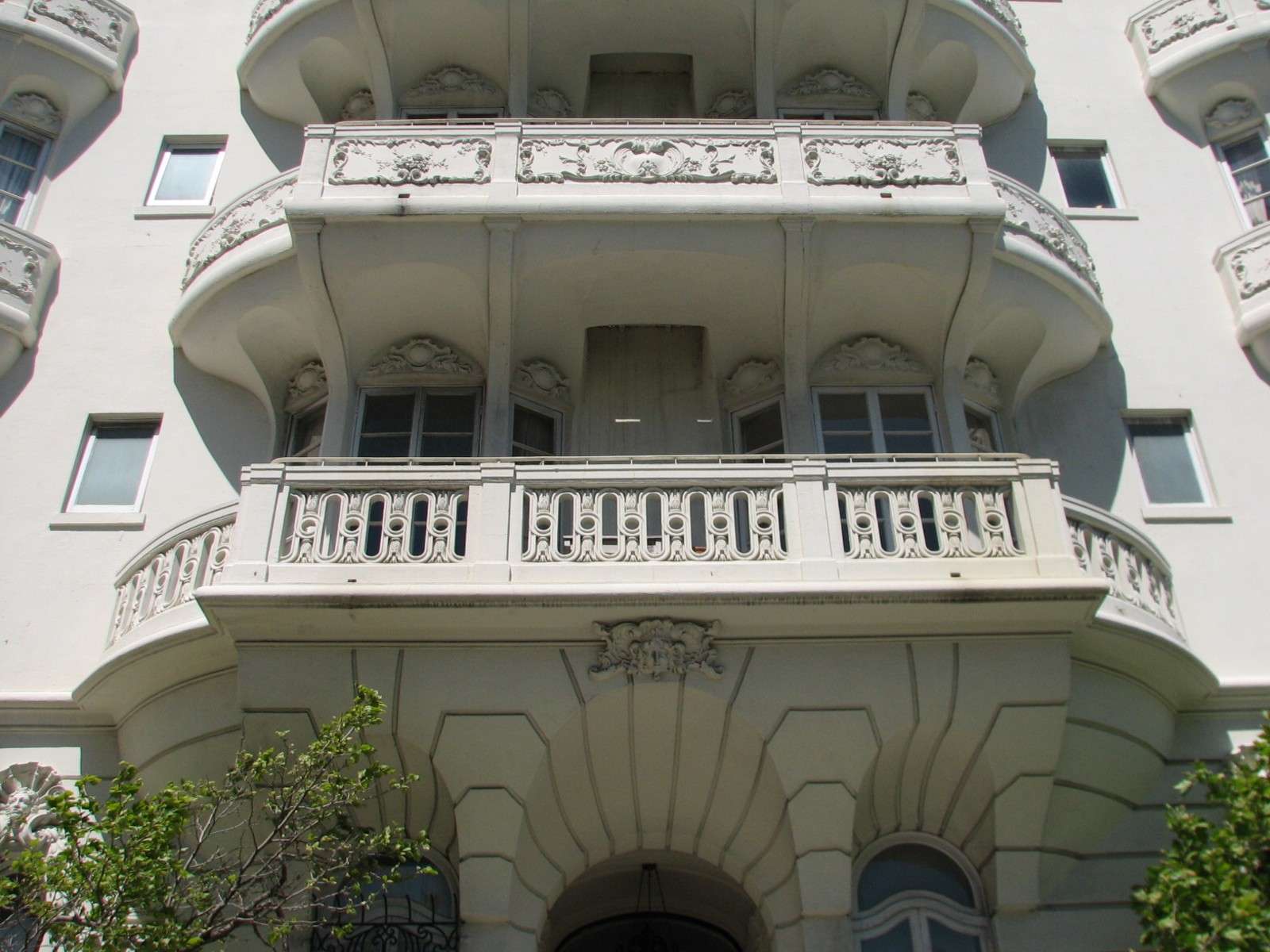
Ritz Carlton San Francisco, 1909-20:
This was originally the Bay Area headquarters of the Metropolitan Life Insurance Company, transformed into this hotel over 10 years ago.
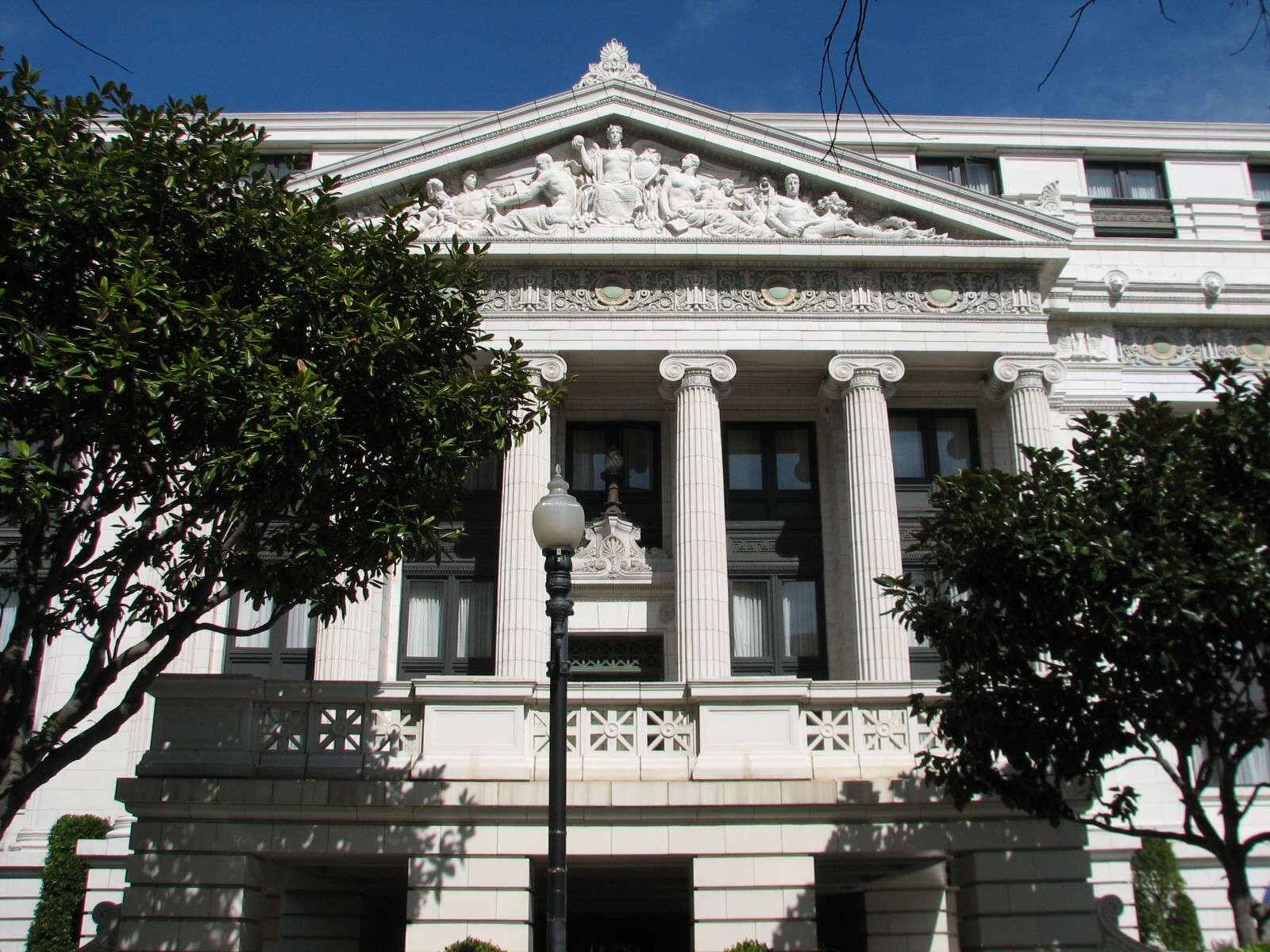
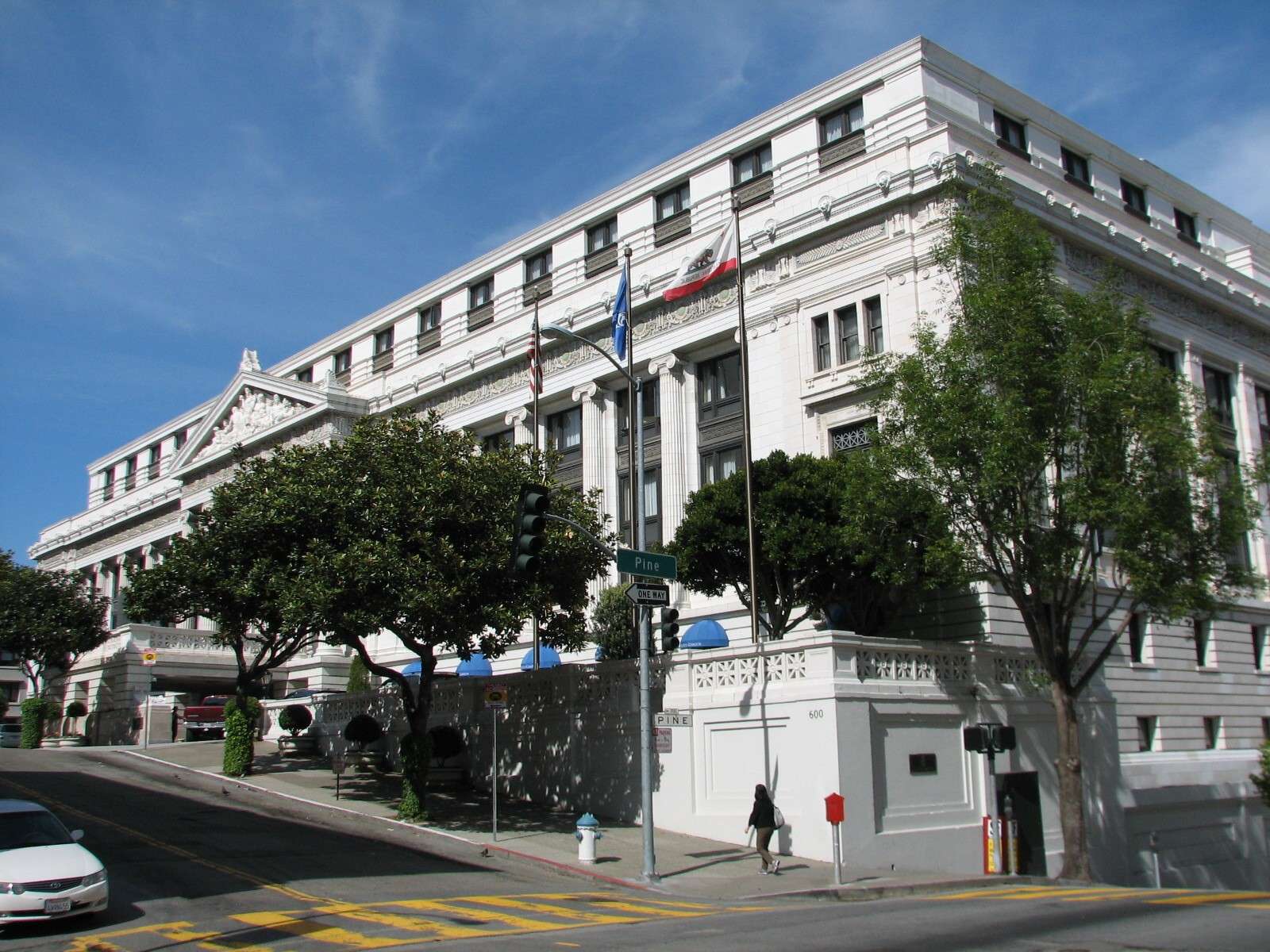
Fairmont Hotel, 1907:
The original hotel of this chain, it was nearly finished when the Great Earthquake struck and it survived mostly undamaged. Named for silver mining tycoon James C. Fair, it occupies the site of his mansion. Not pictured here is the bland 1960's highrise that was added in the back of the property.

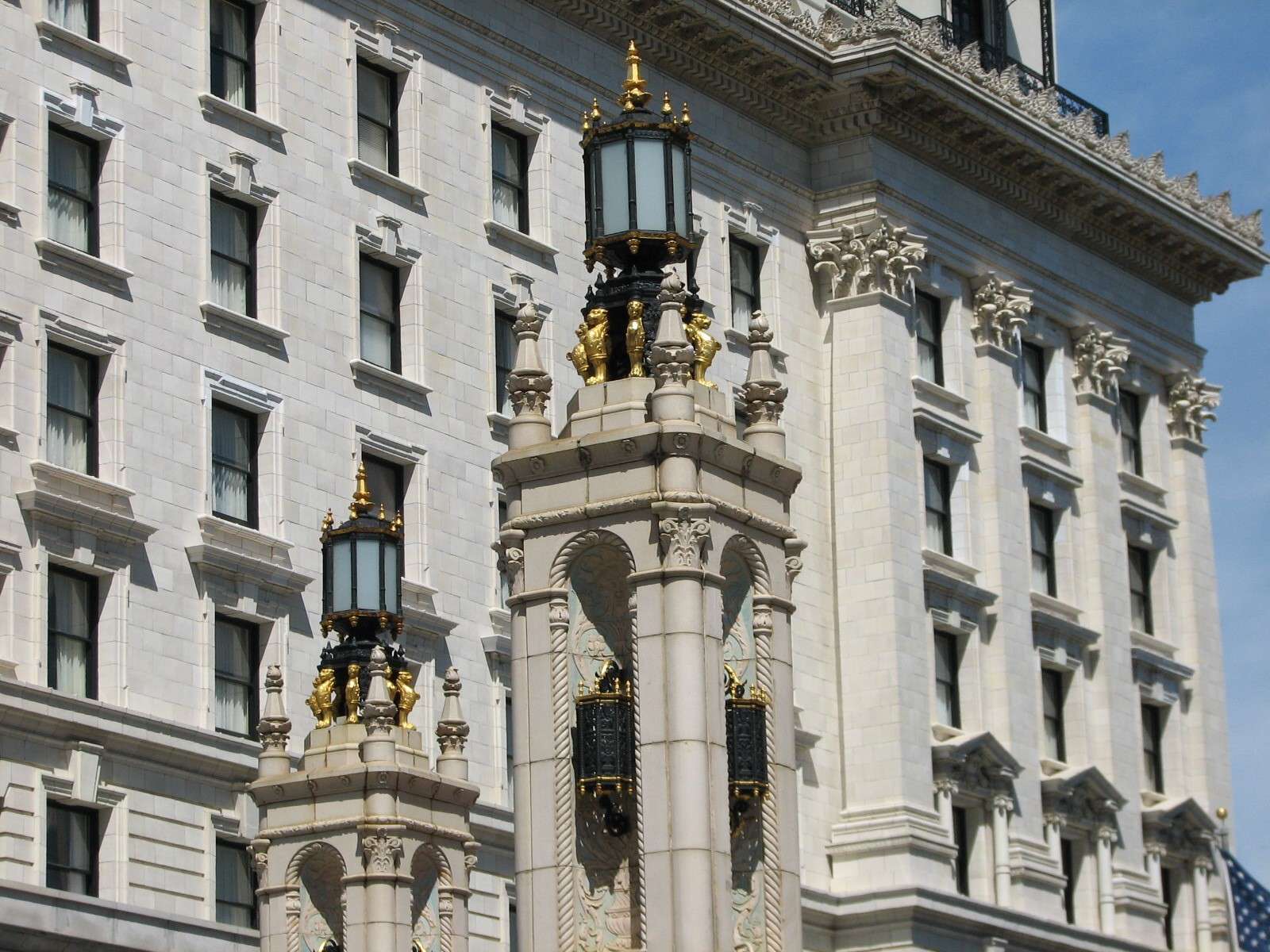
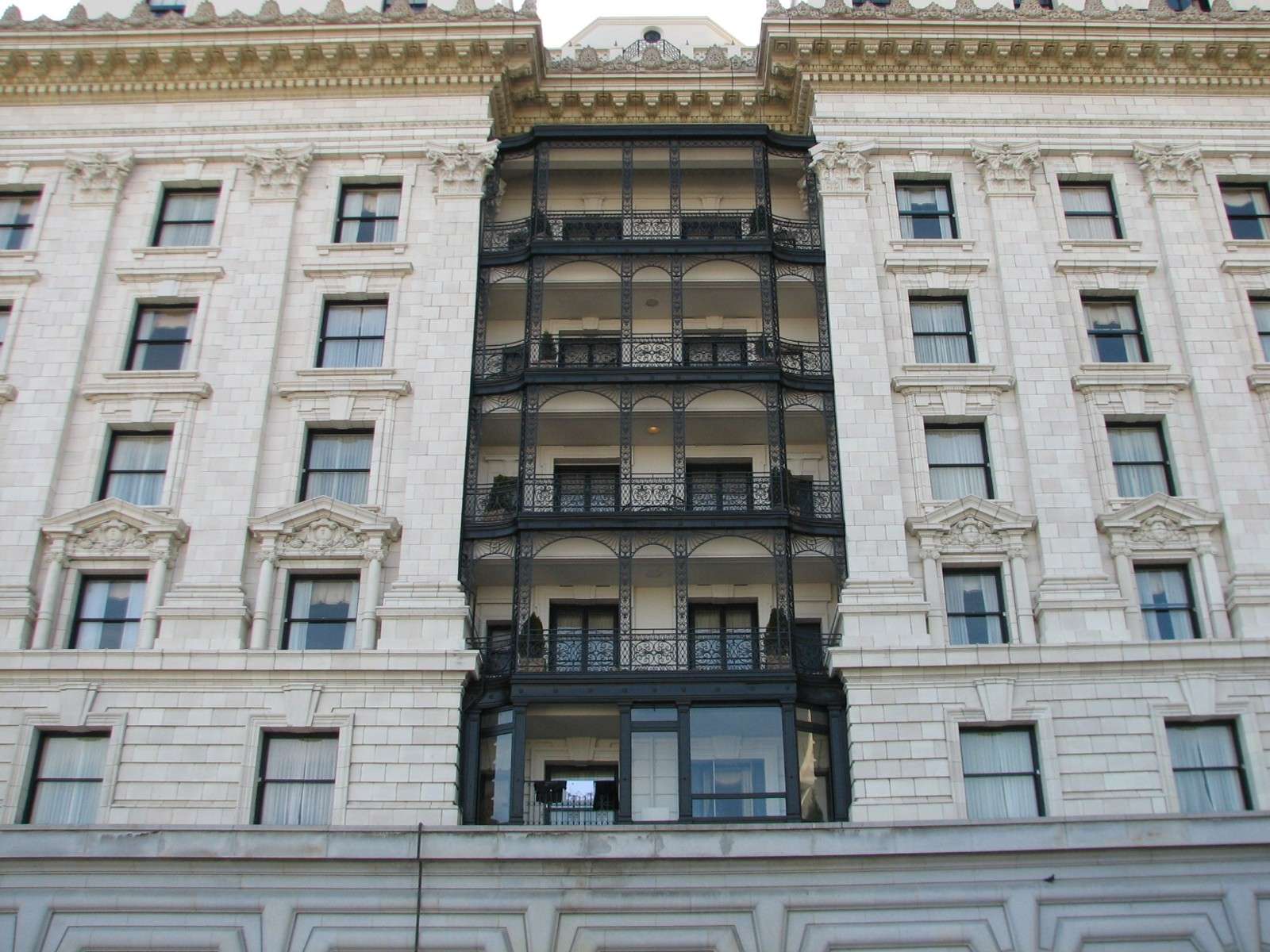


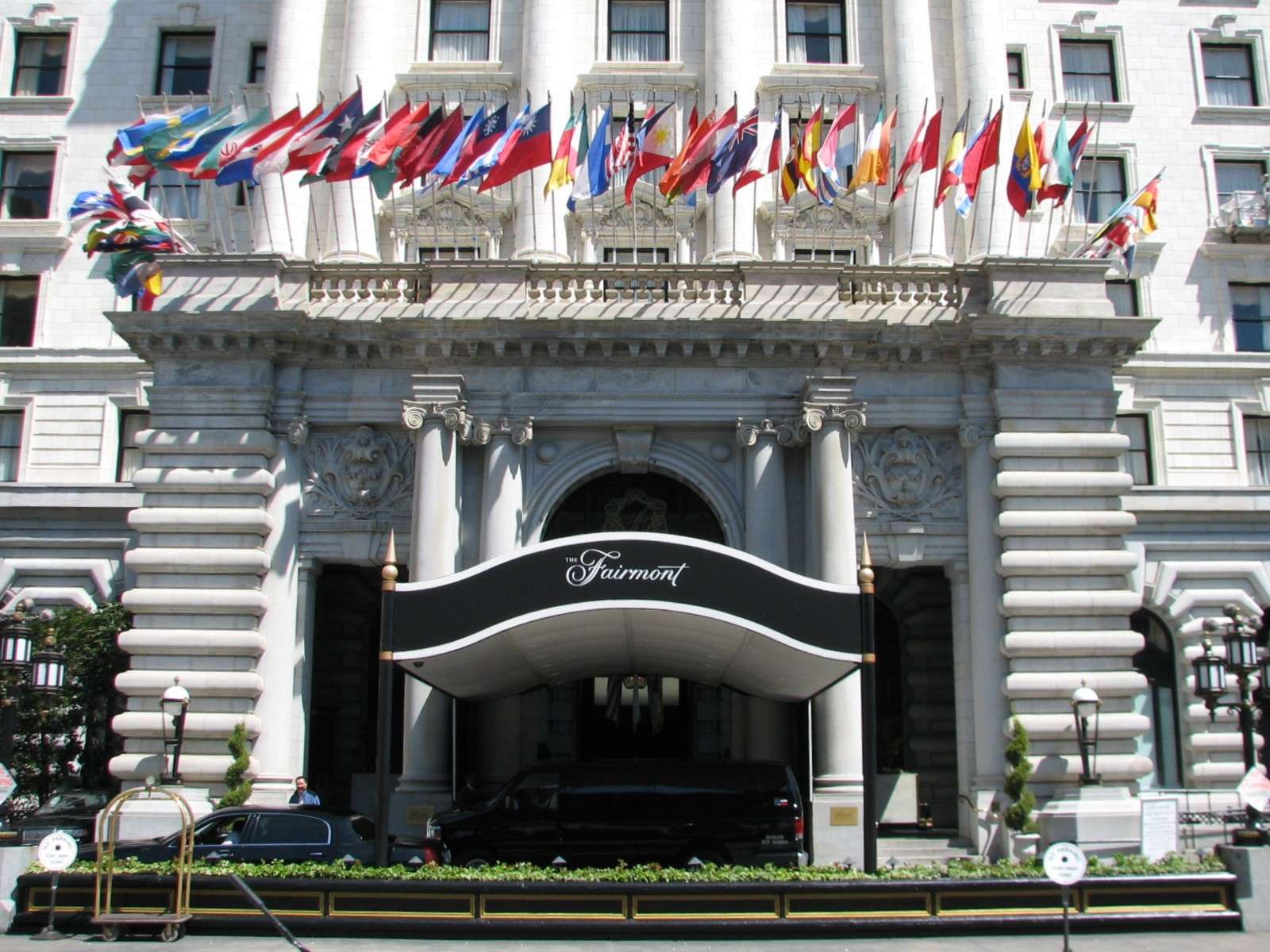

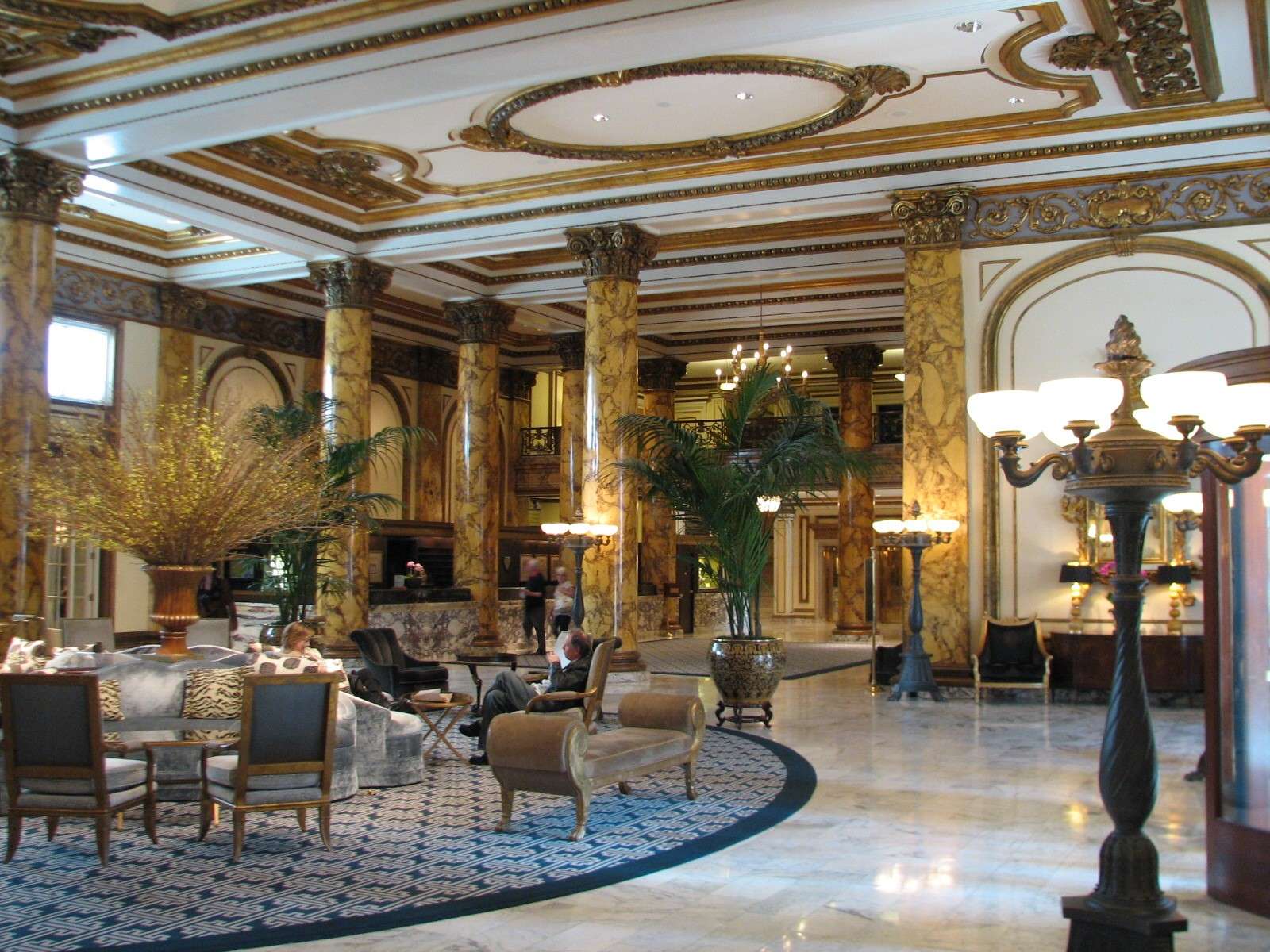
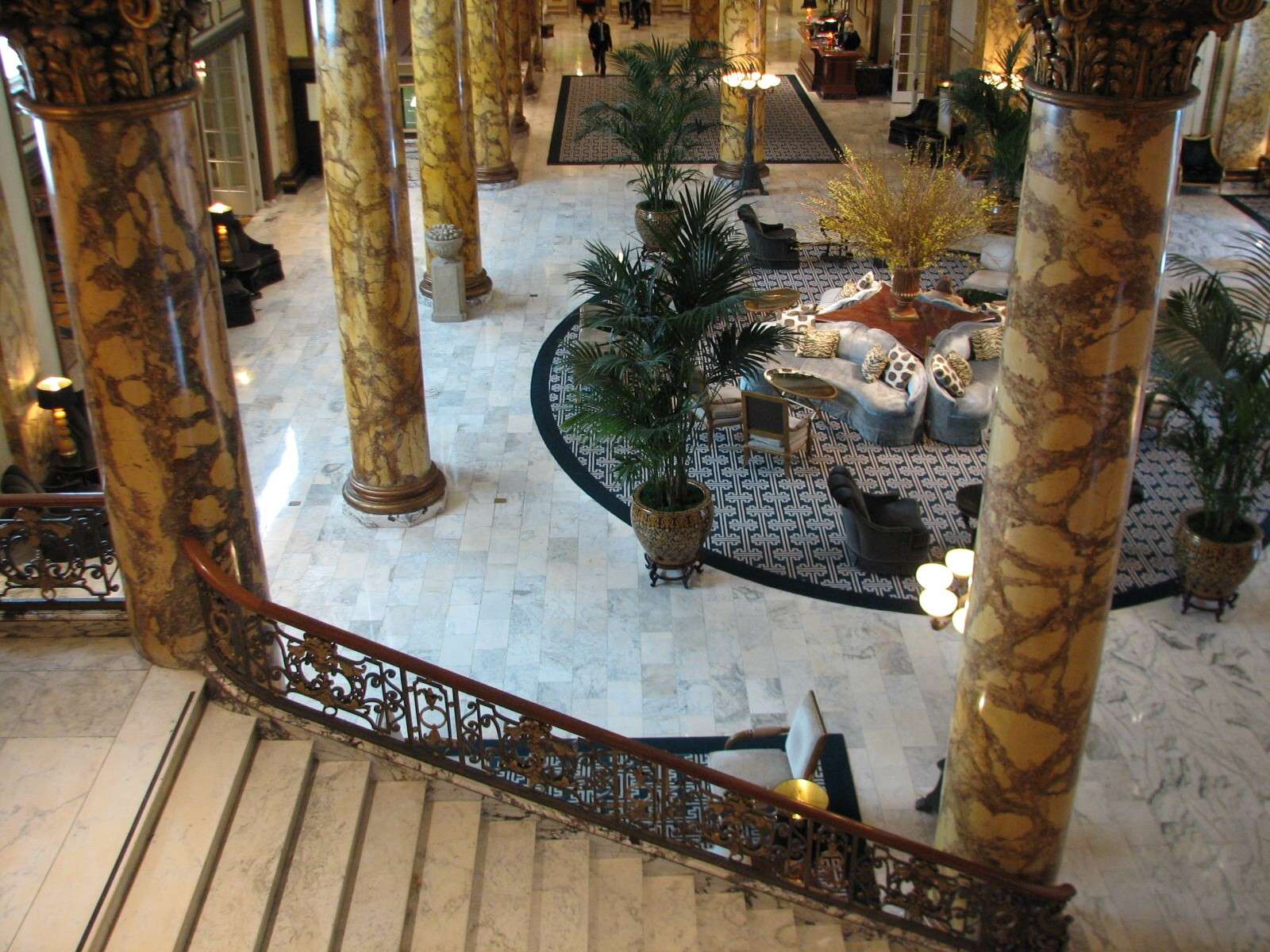

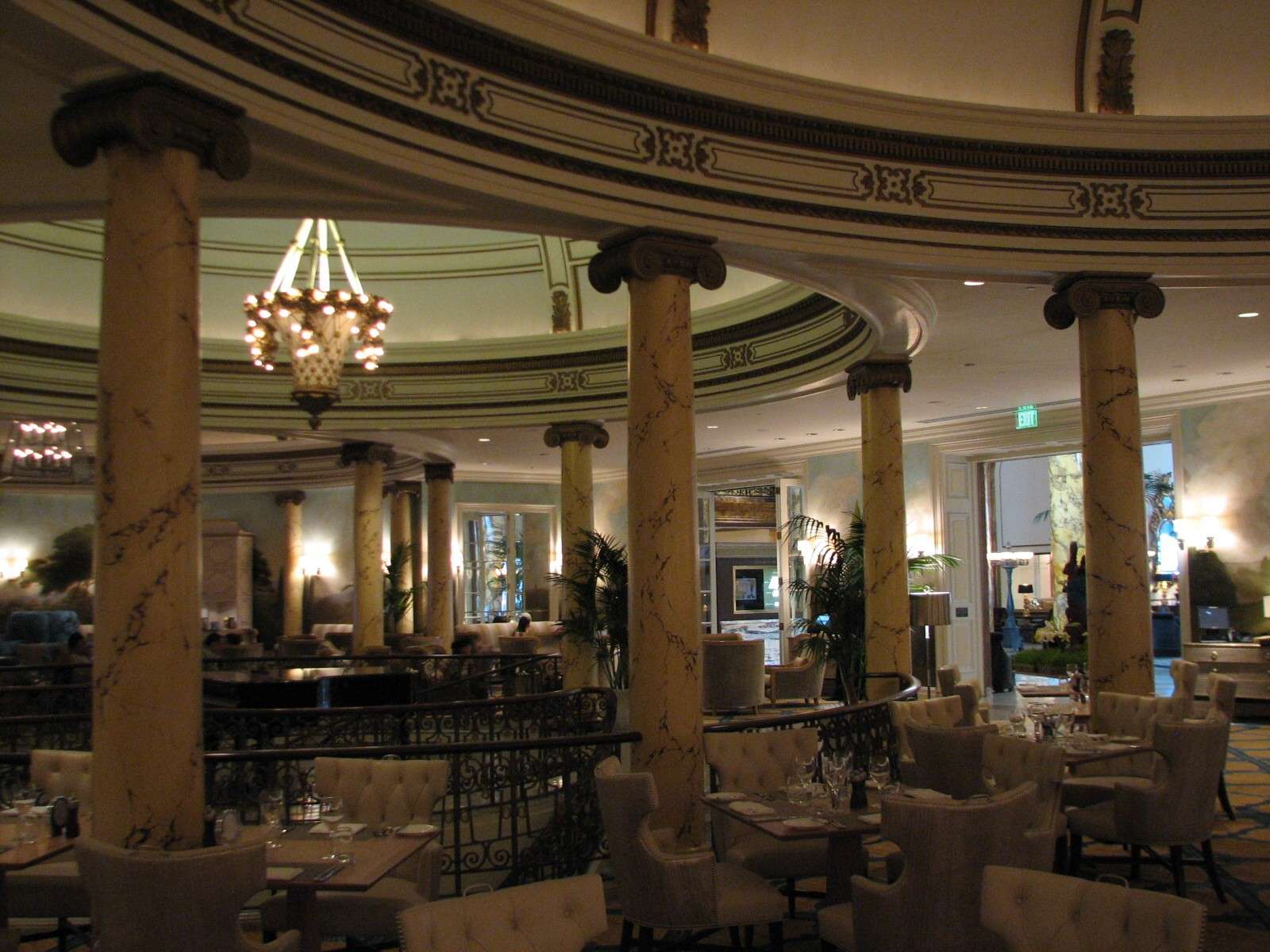
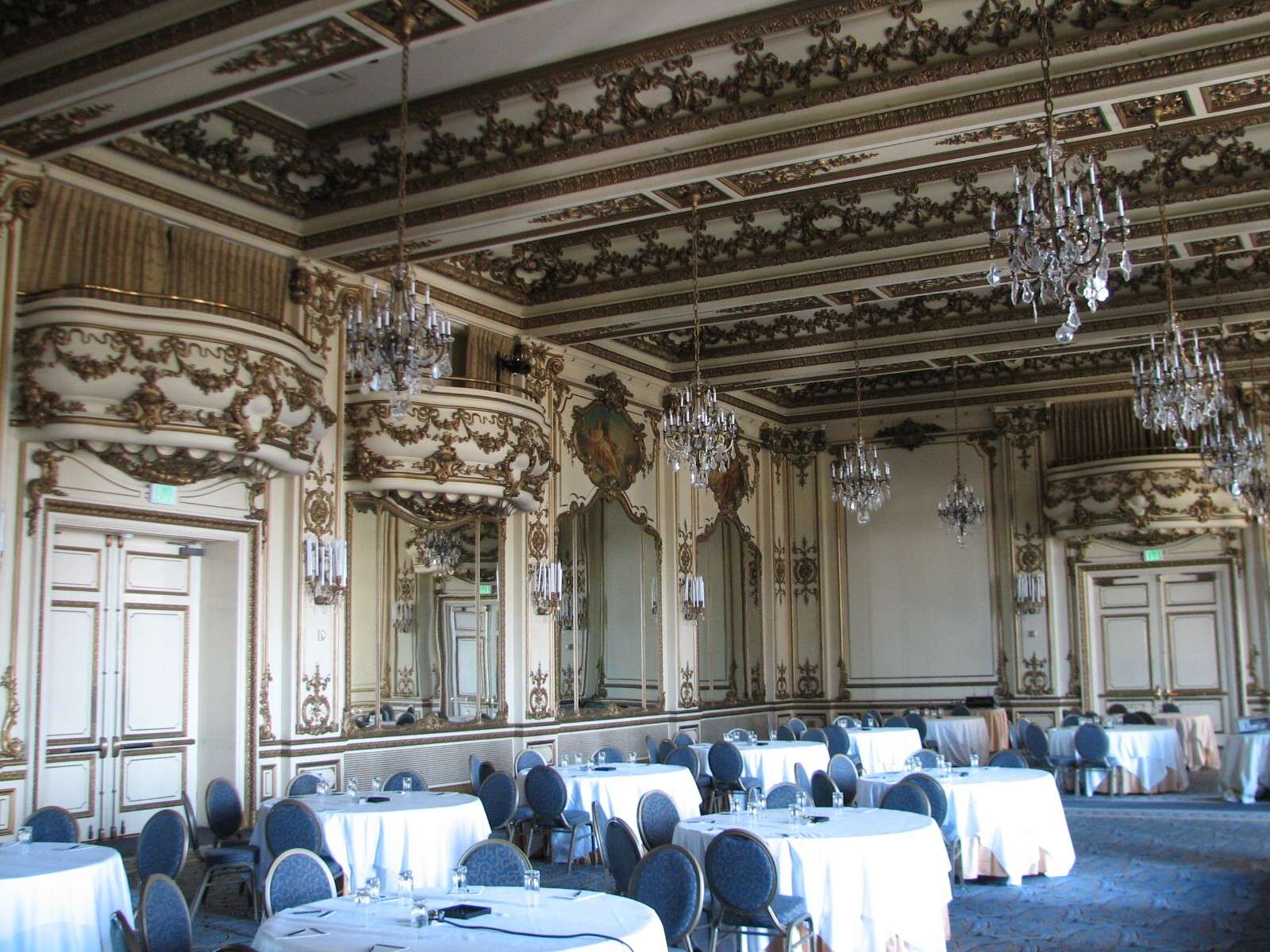
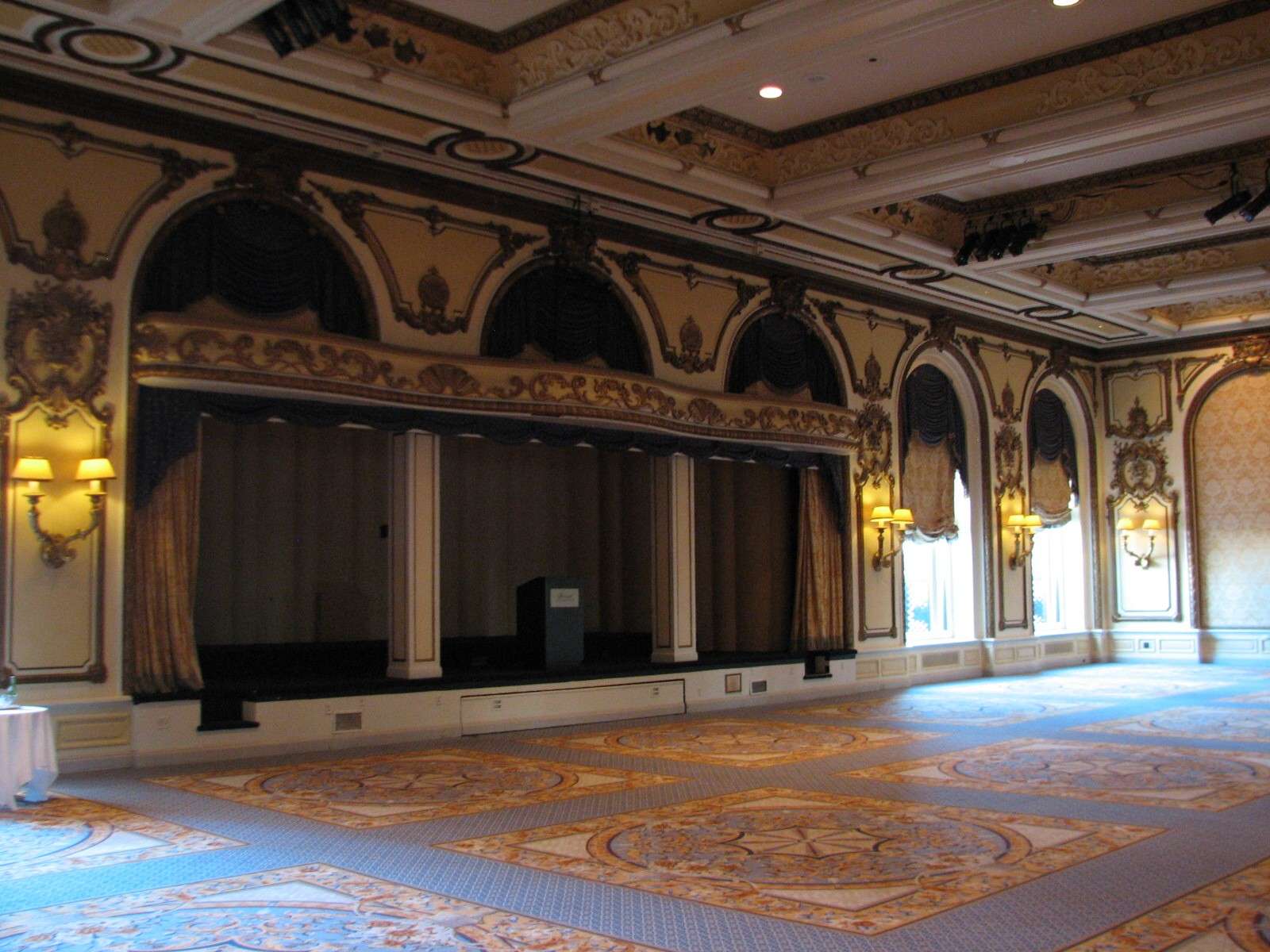
Fairmont Hotel's Tonga Room:
I can't resist including a few shots of this delightfully cheesy 1960's ode to Polynesiana, located in the space formerly occupied by the hotel's indoor pool. The tiki bar and restaurant's entertainment is provided by bands on a floating barge, and occasional simulated thunderstorms rain down into the water.
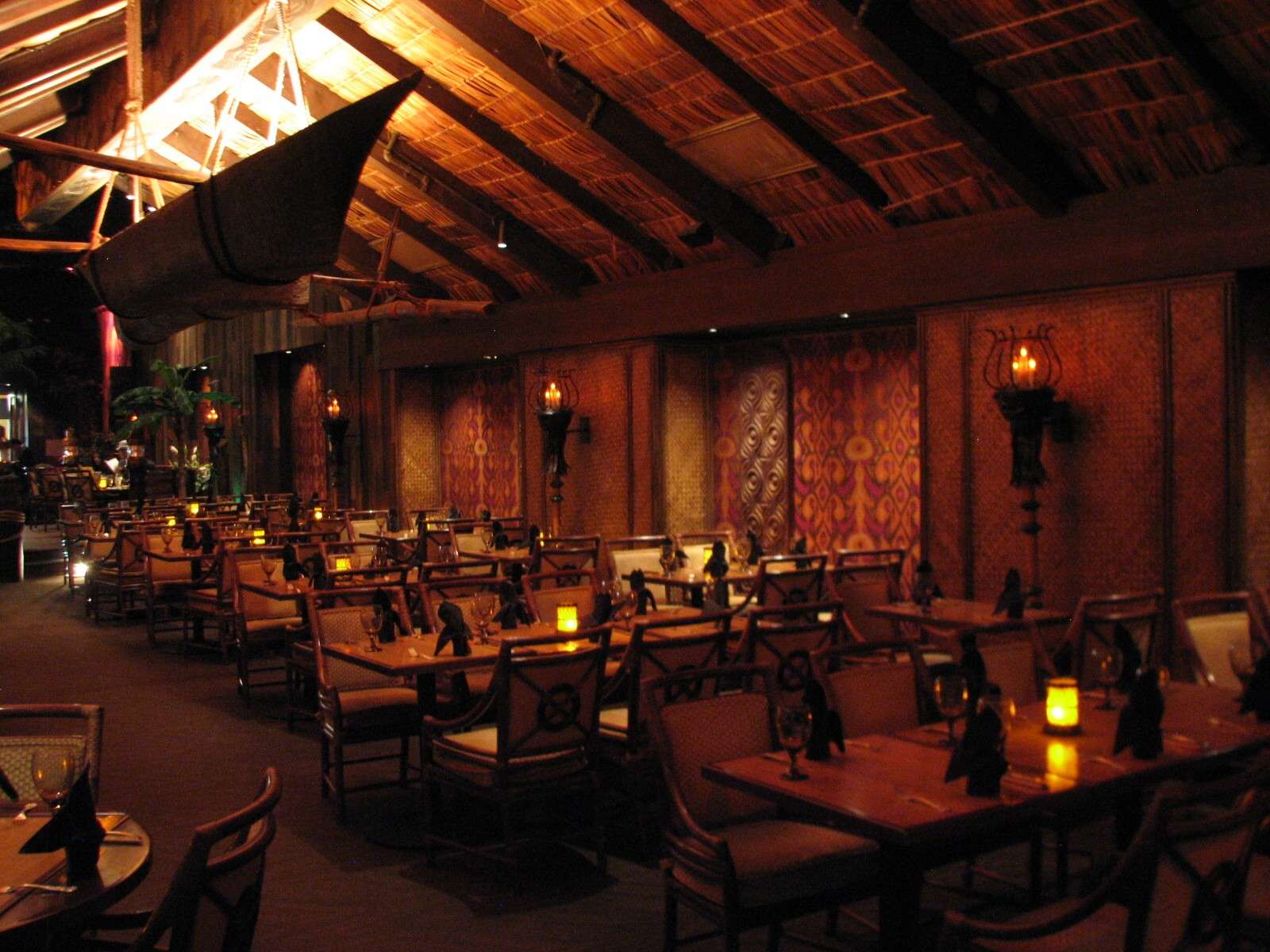
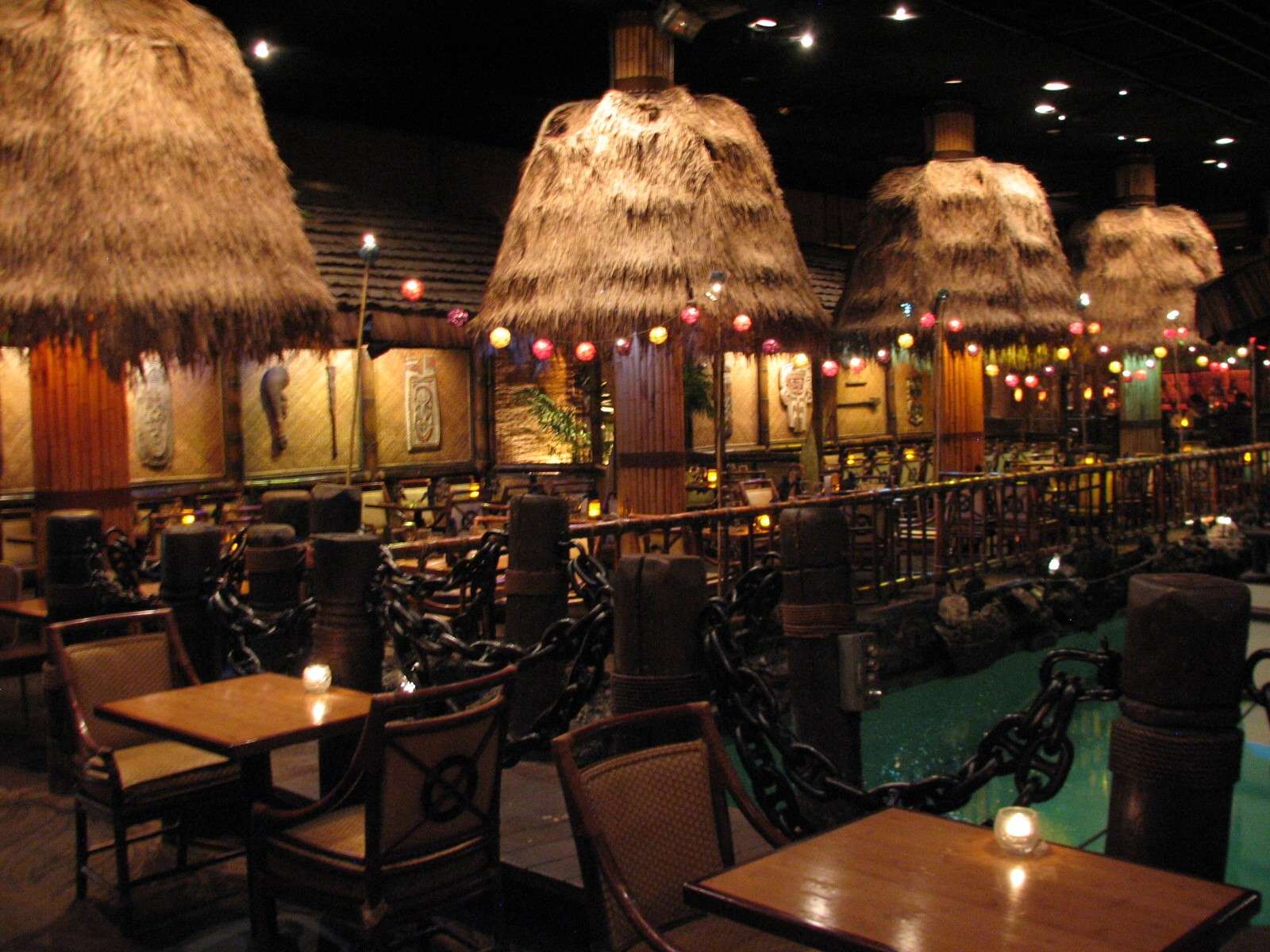
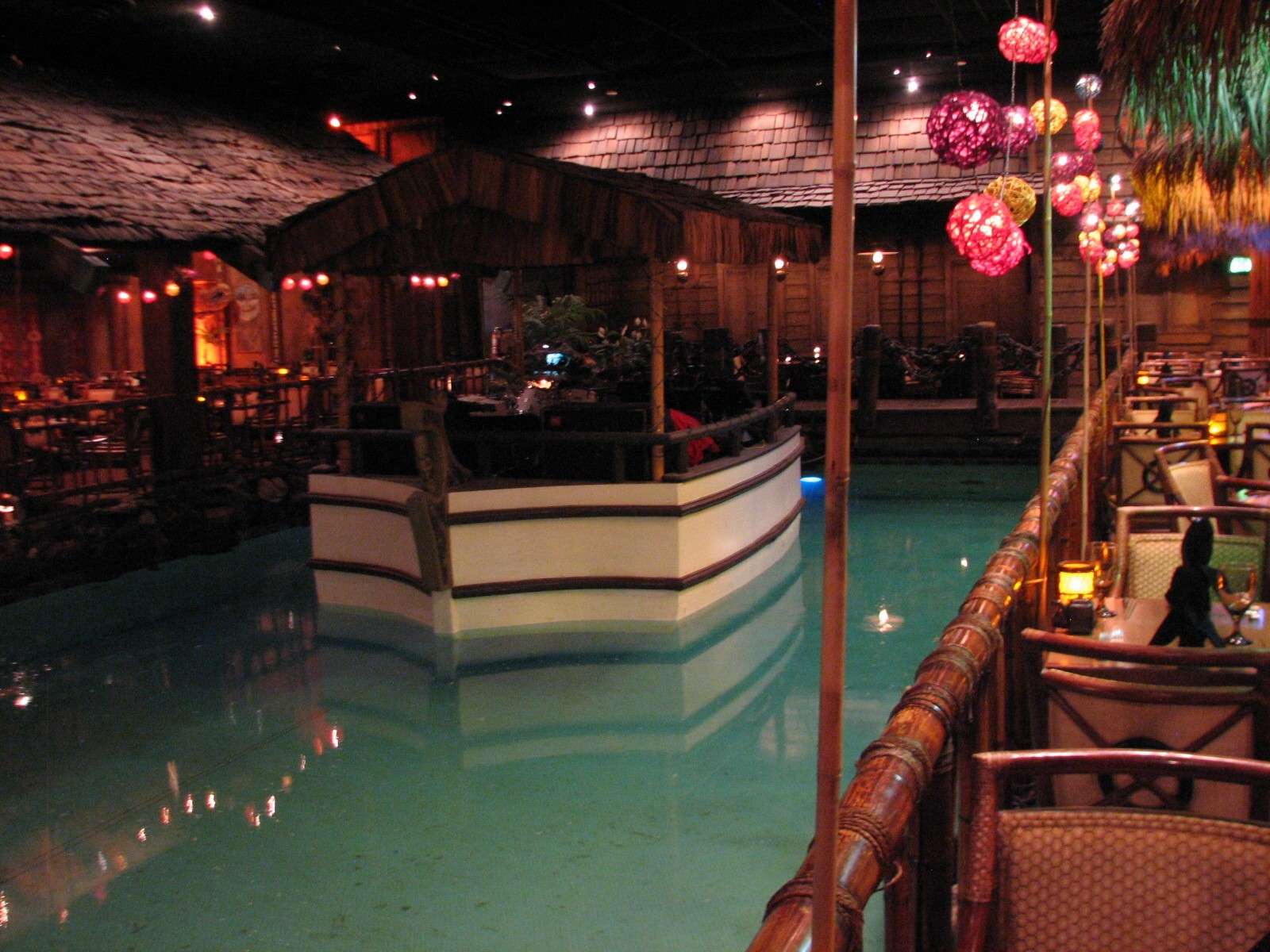
Grace Cathedral:
This Episcopalian center of worship is one of the landmarks of the top of the hill. It was built from 1928-64, on the site of the former William H. Crocker Mansion (of Crocker Bank).
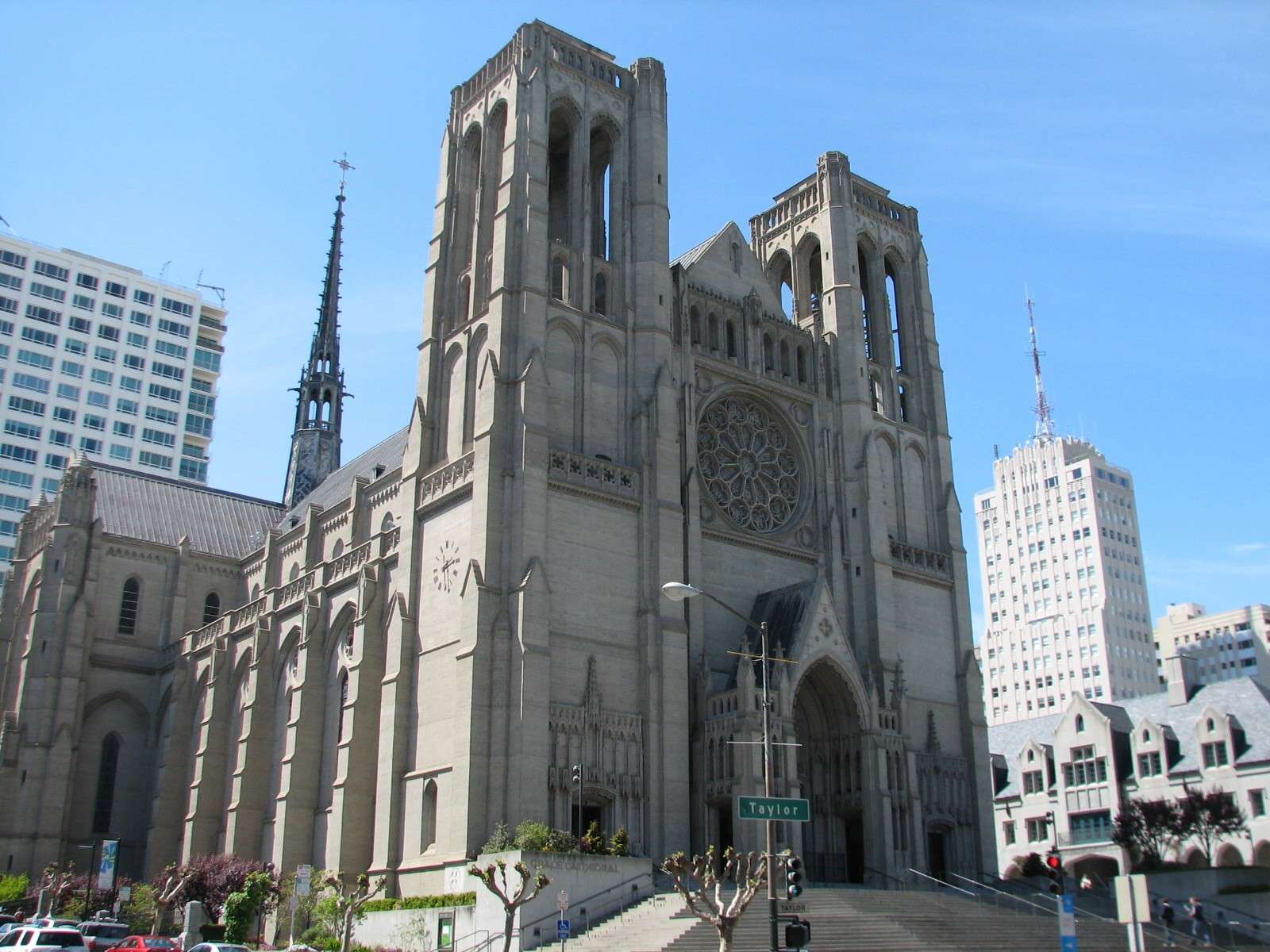
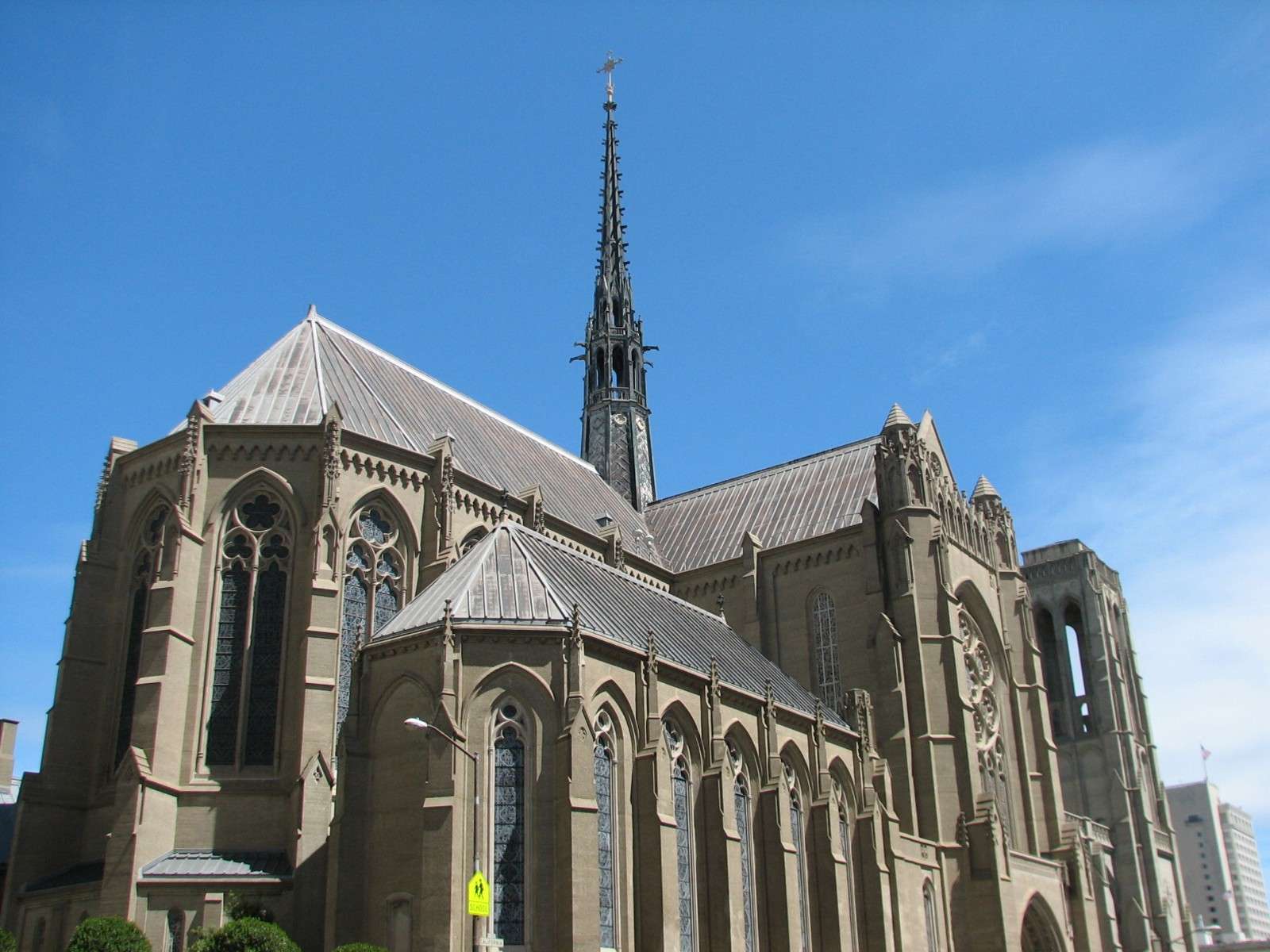
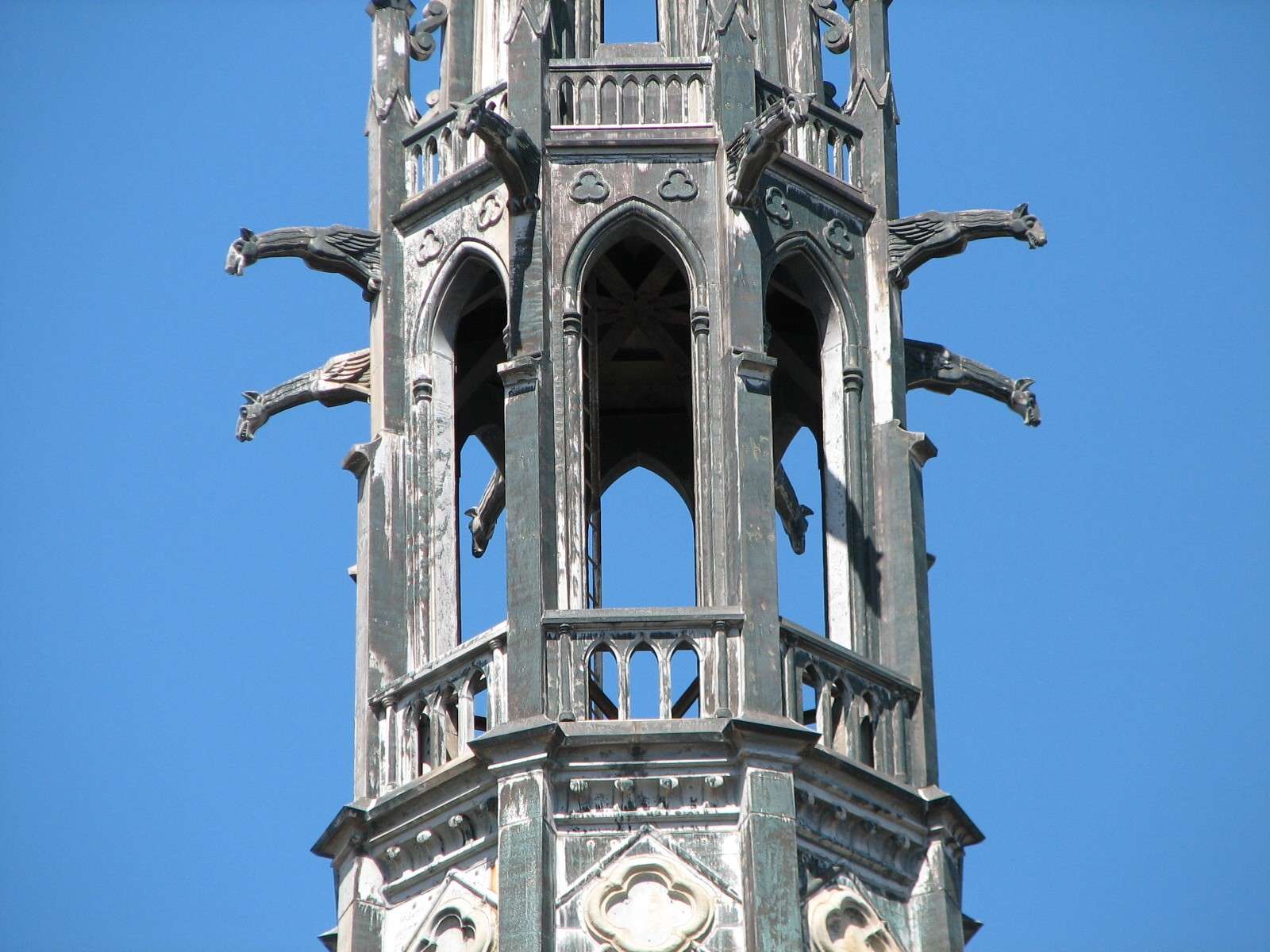
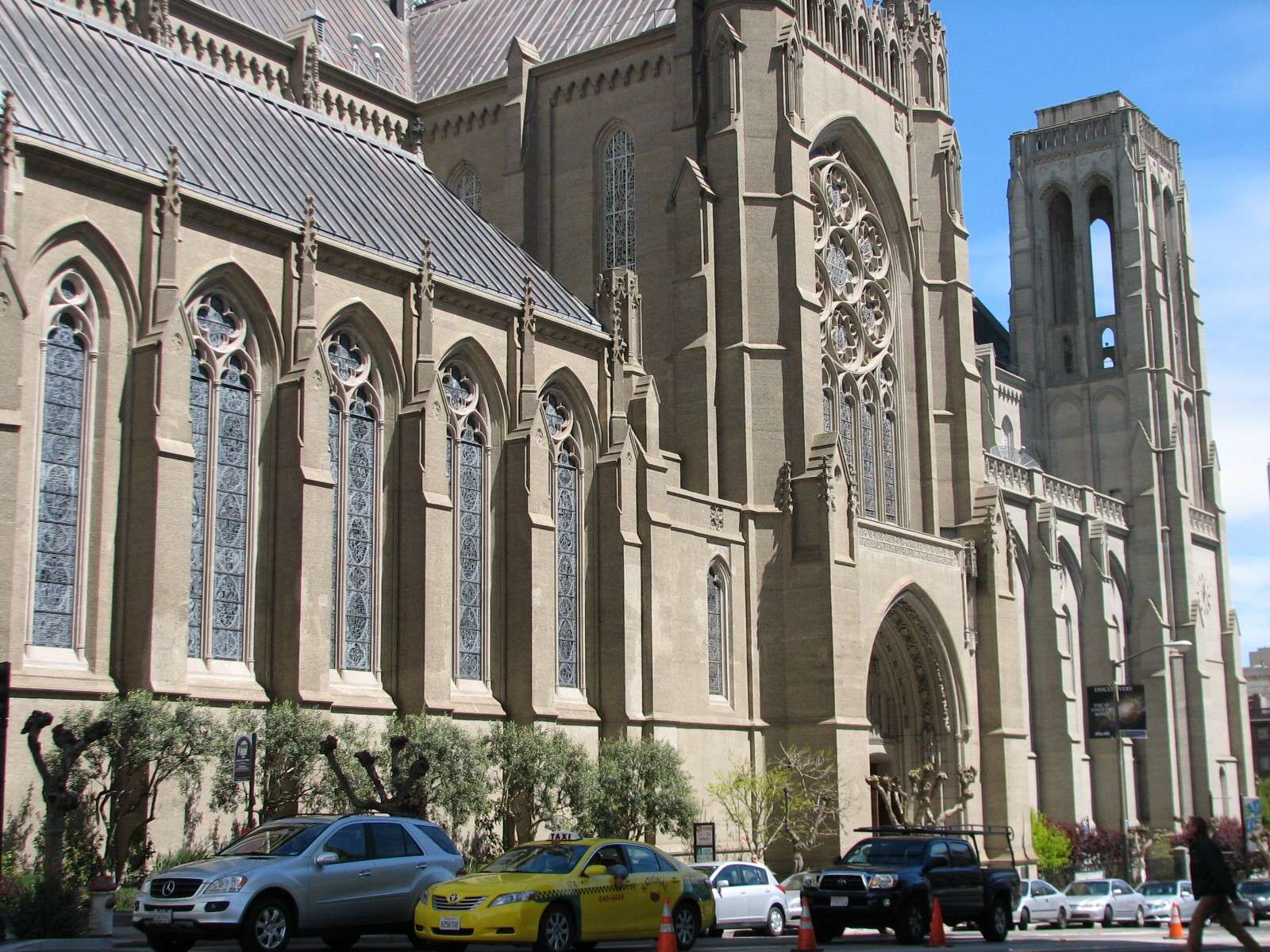
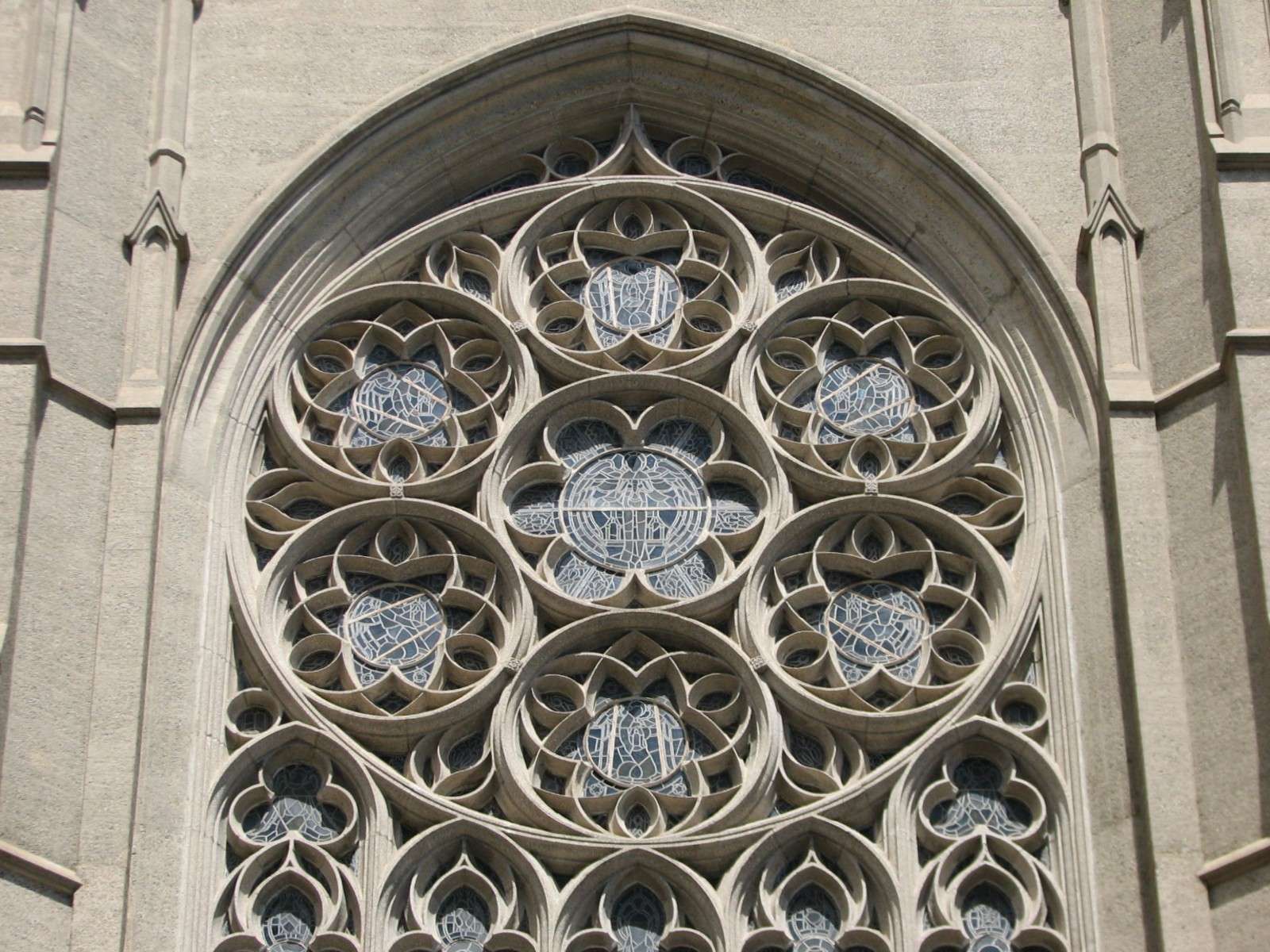


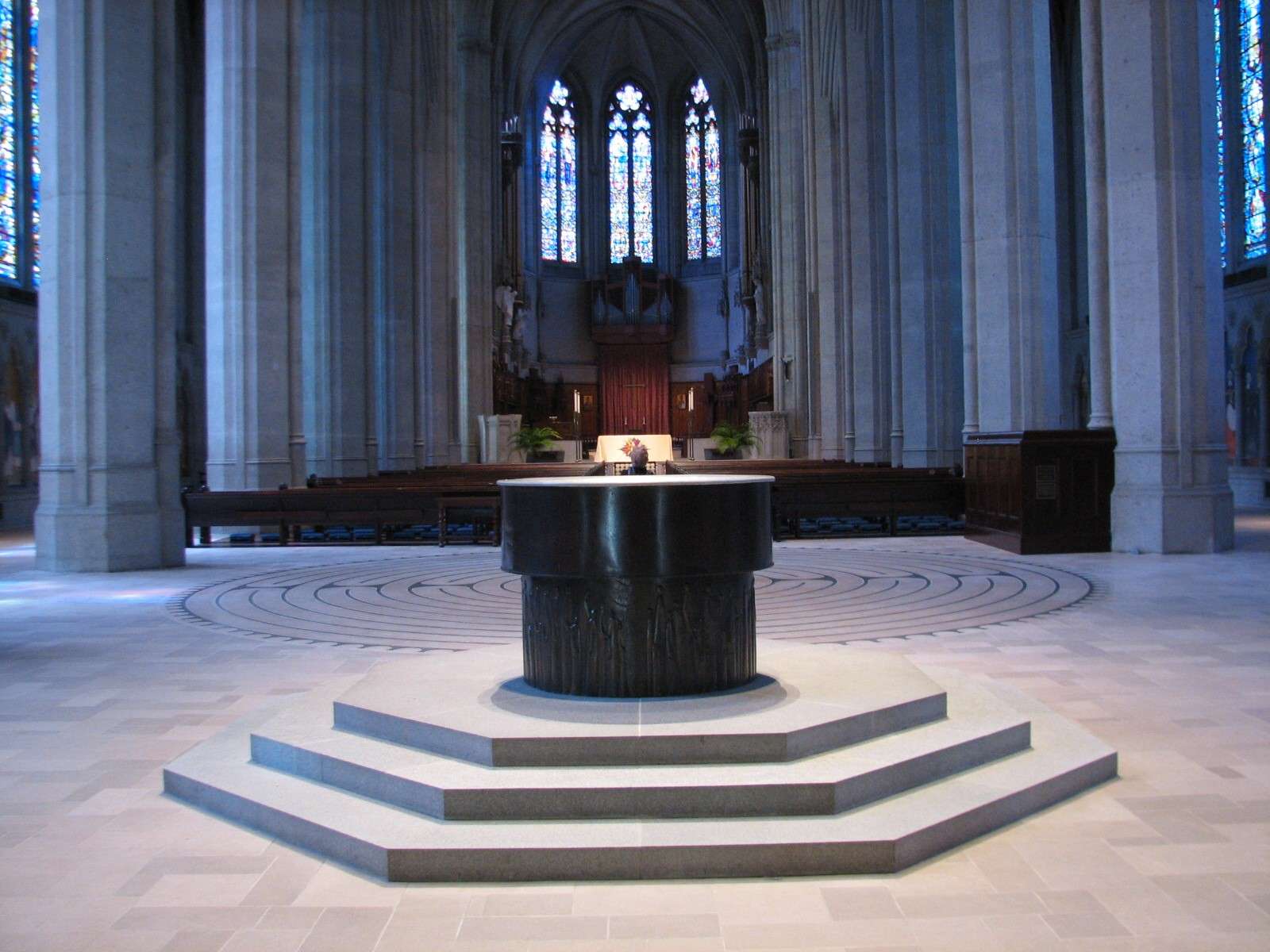
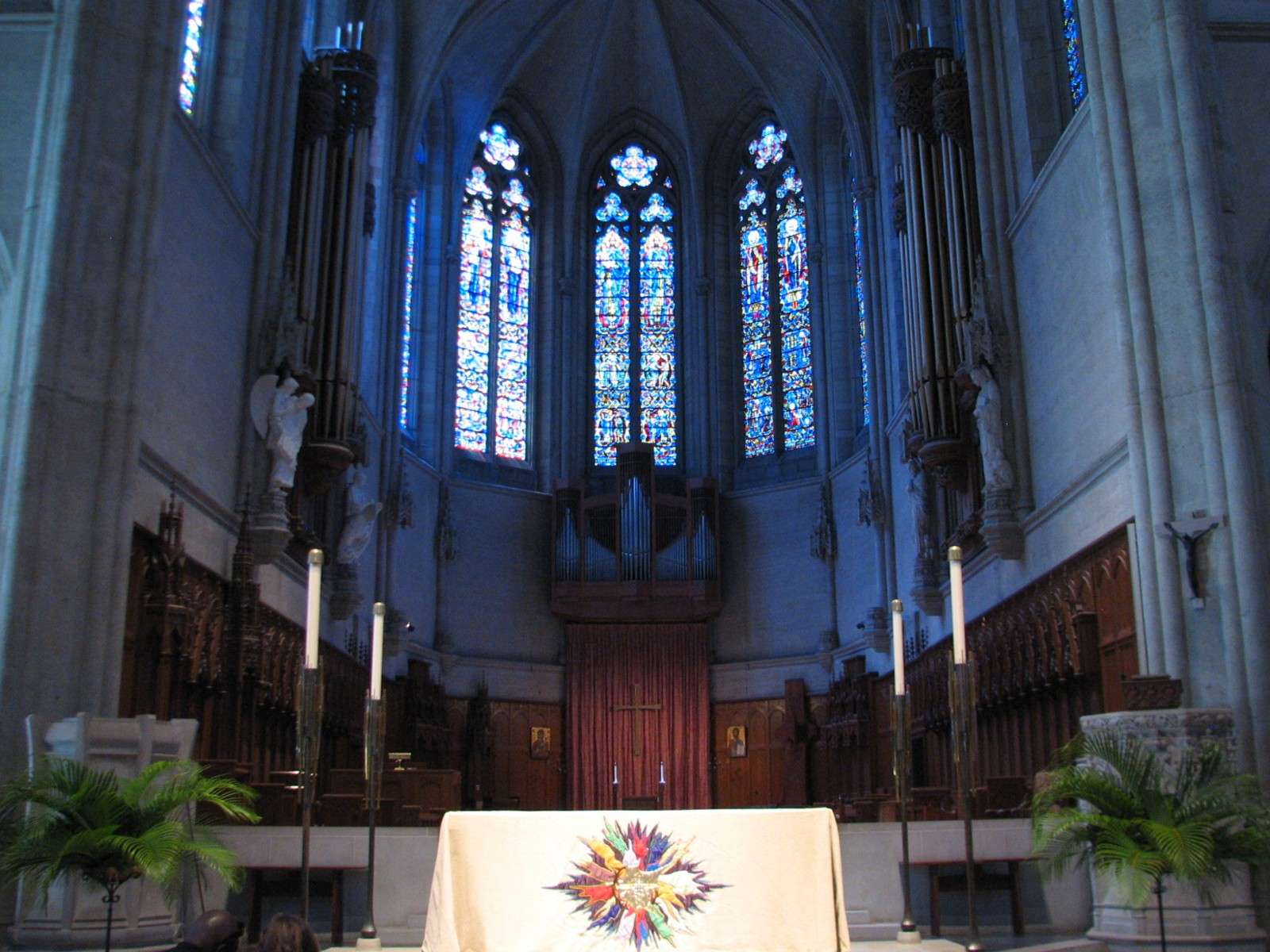
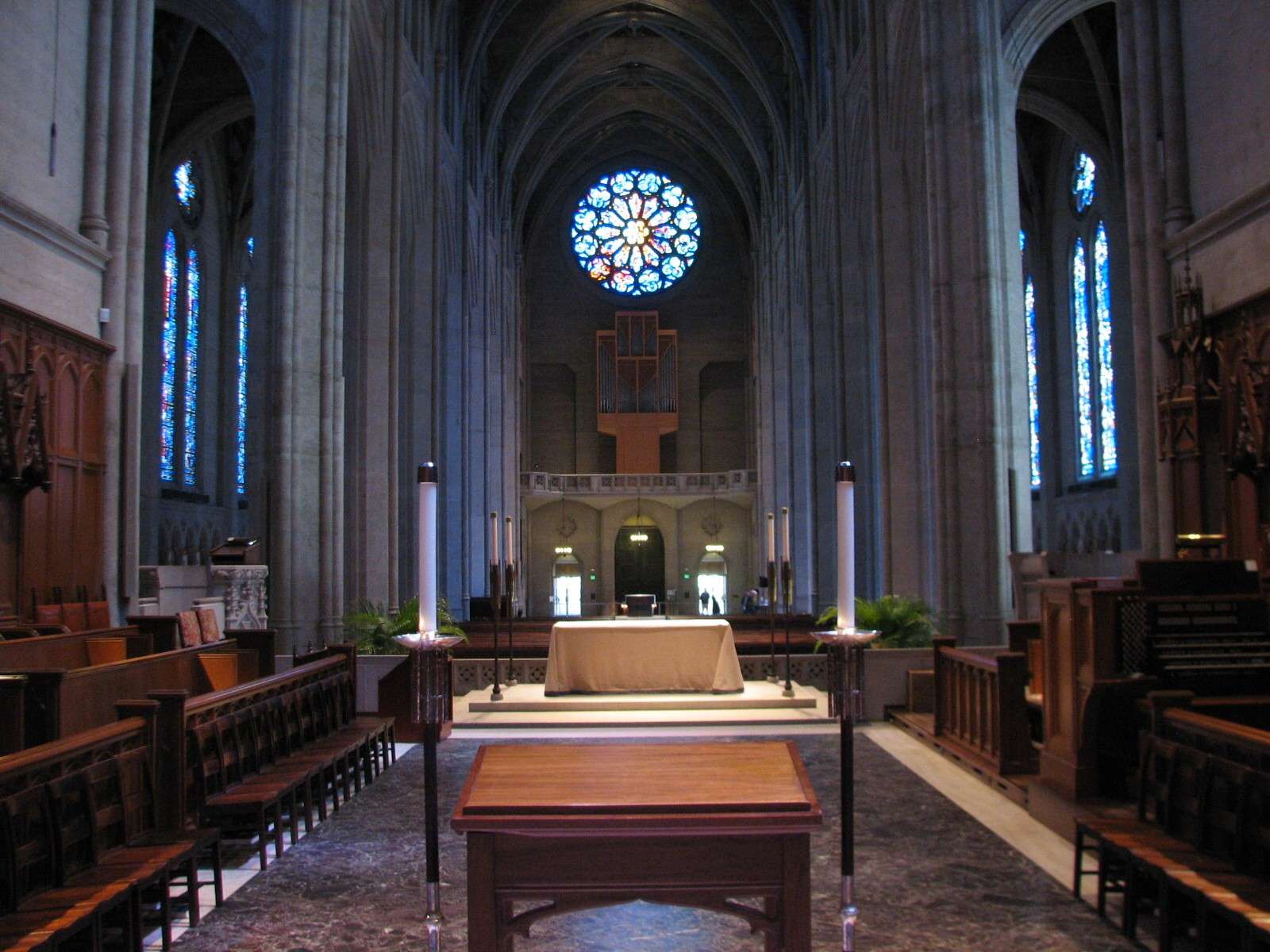
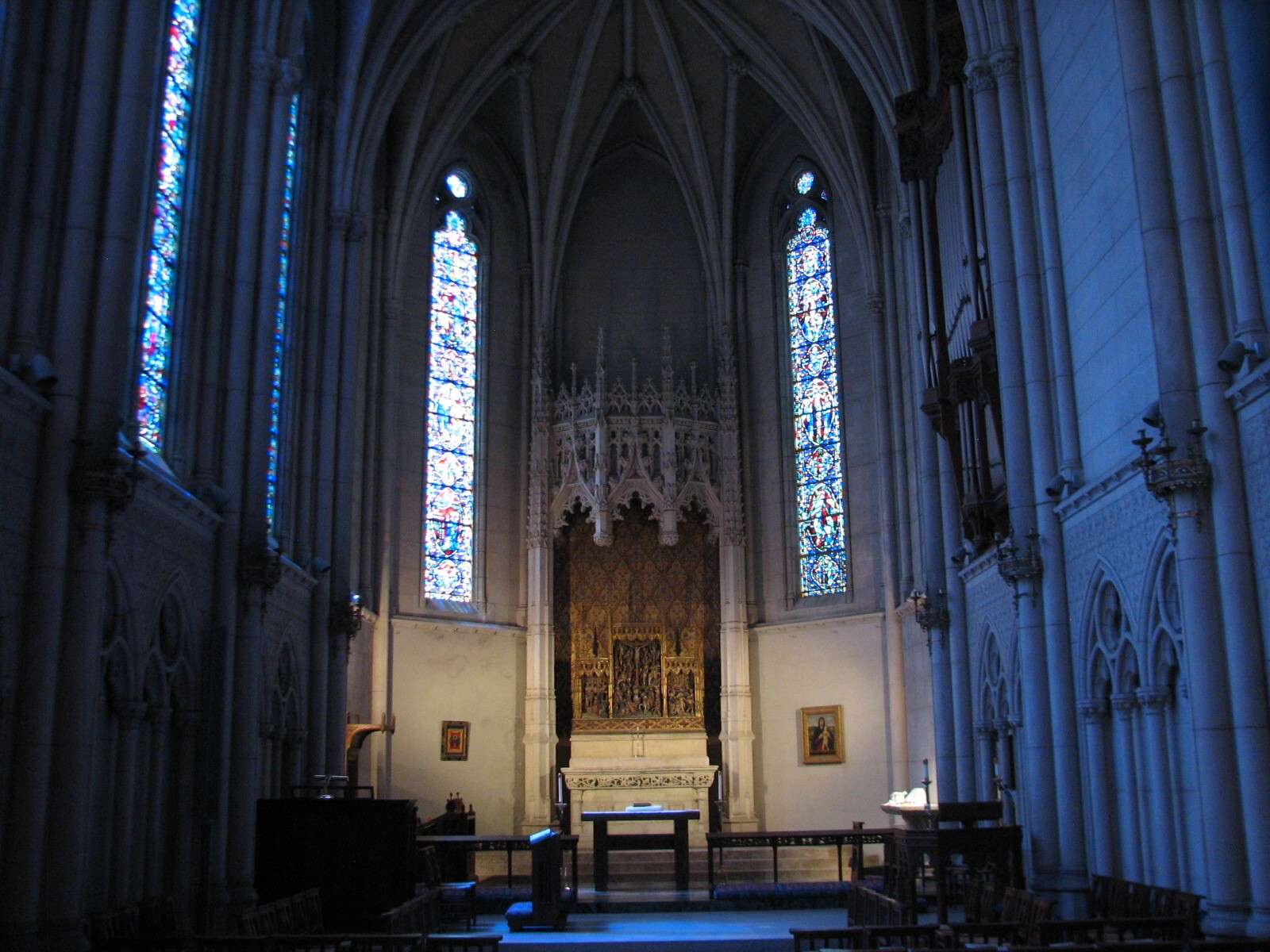
Cathedral School For Boys:
This is a later addition in a matching style to the property.

Art Deco Neo-Historical Styles:
Several prominent buildings from the 1920's feature modern forms with Gothic, French Chateau, or Spanish-inspired details, including this apartment building that flanks the Fairmont Hotel.
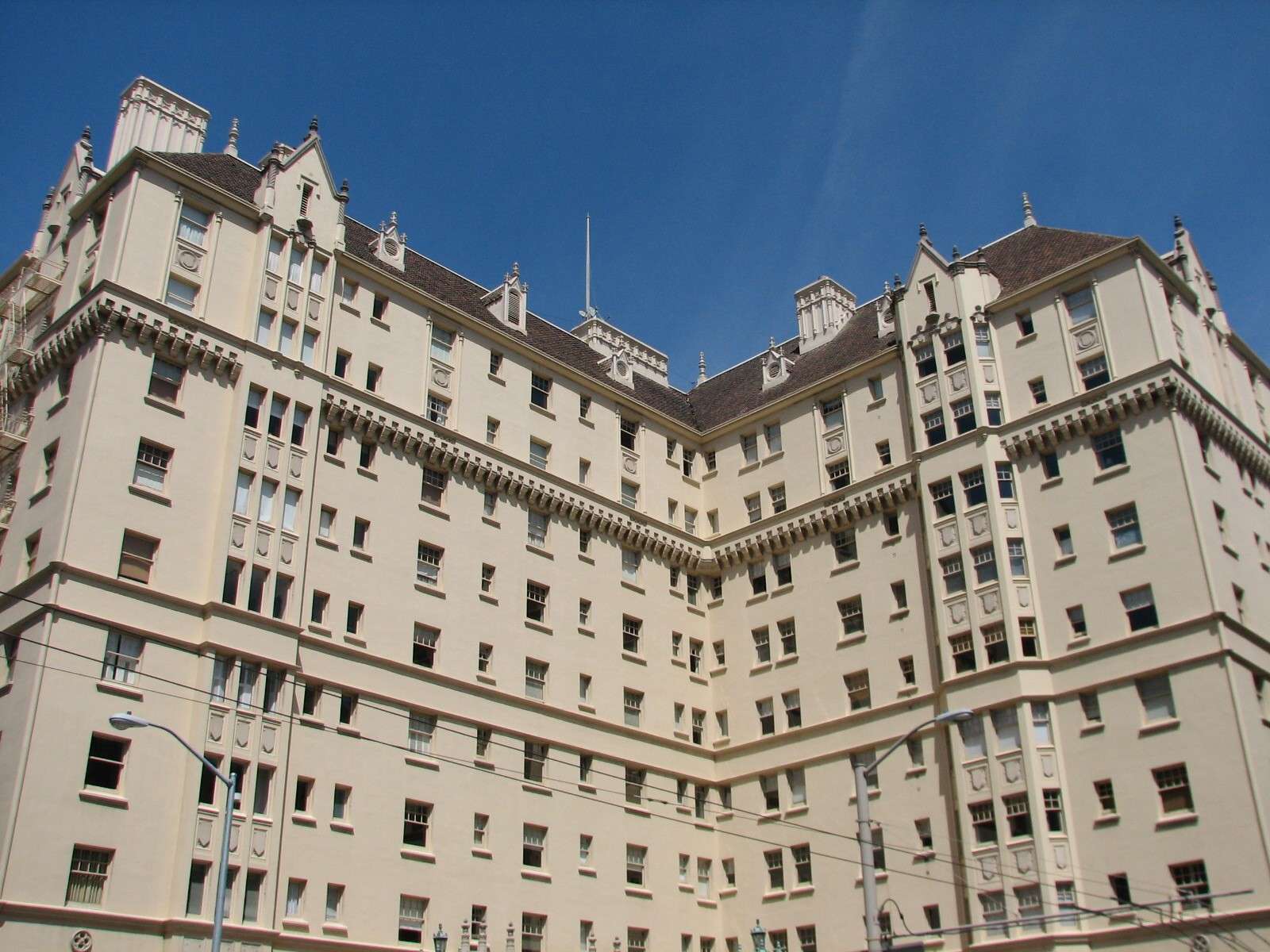
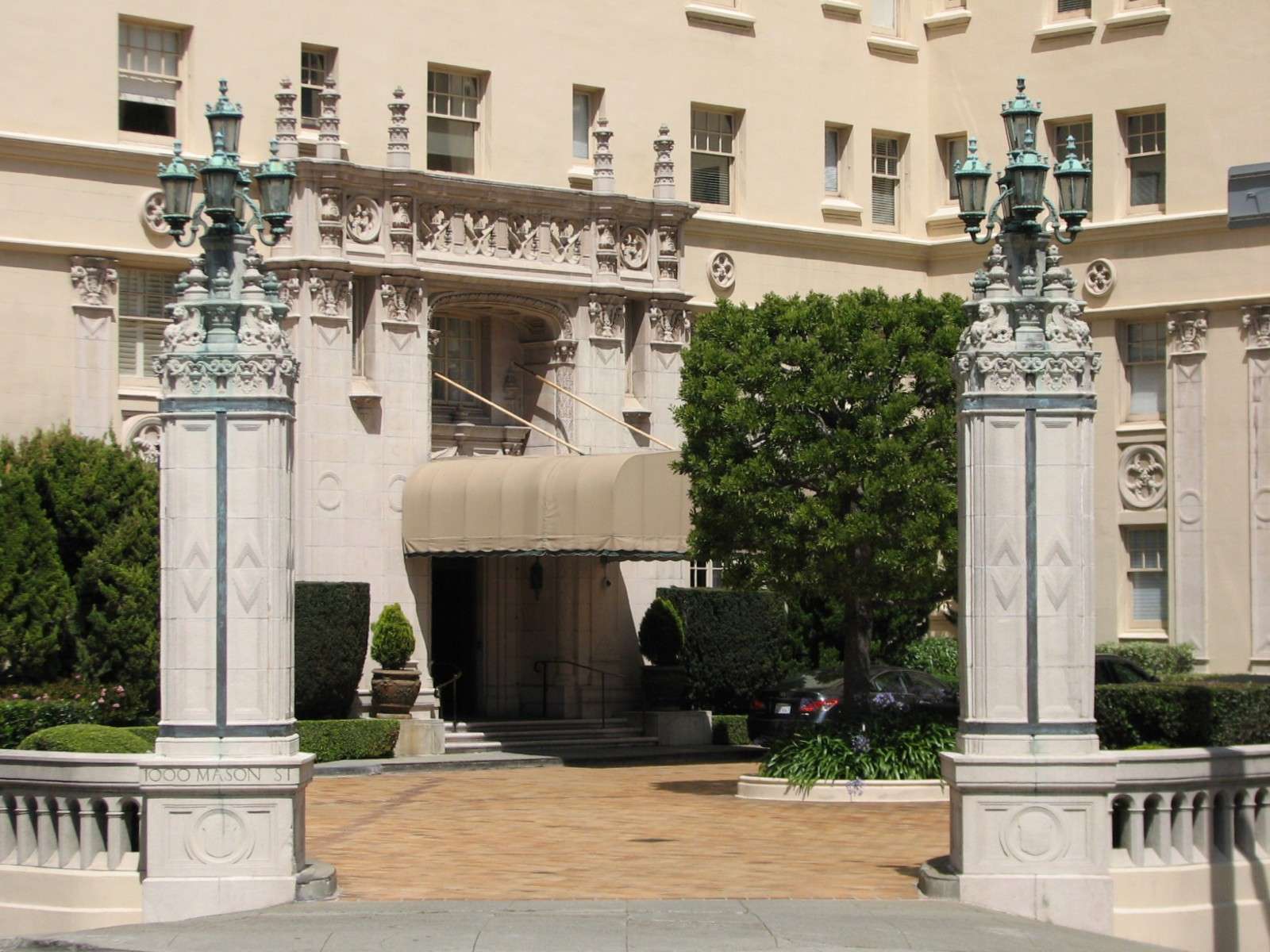
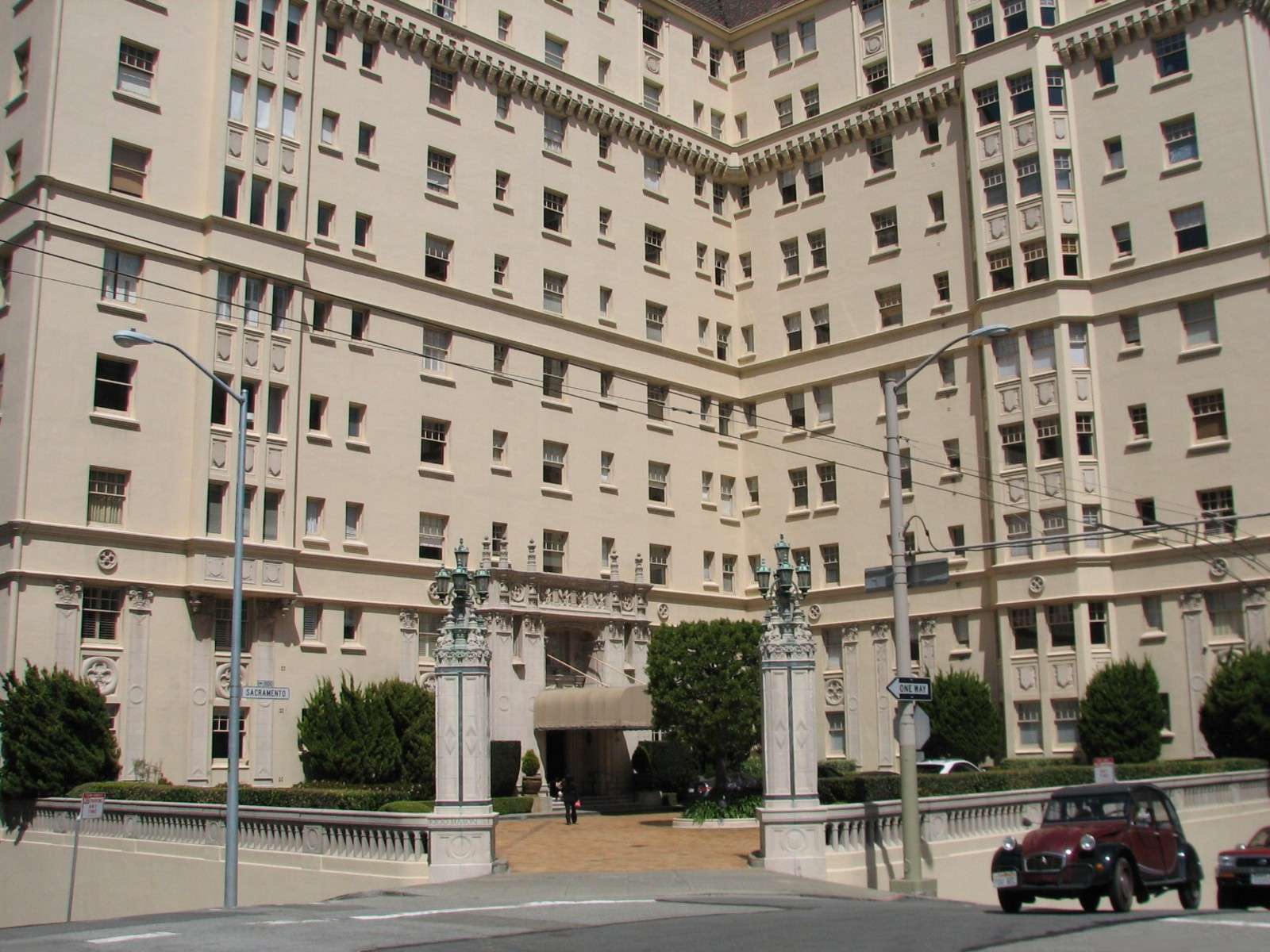
Mark Hopkins Intercontinental Hotel:
The other side of the Fairmont from the previous building features this highrise. It opened in 1926 and stands on the site of the Central Pacific Railroad's Mark Hopkins' former mansion.
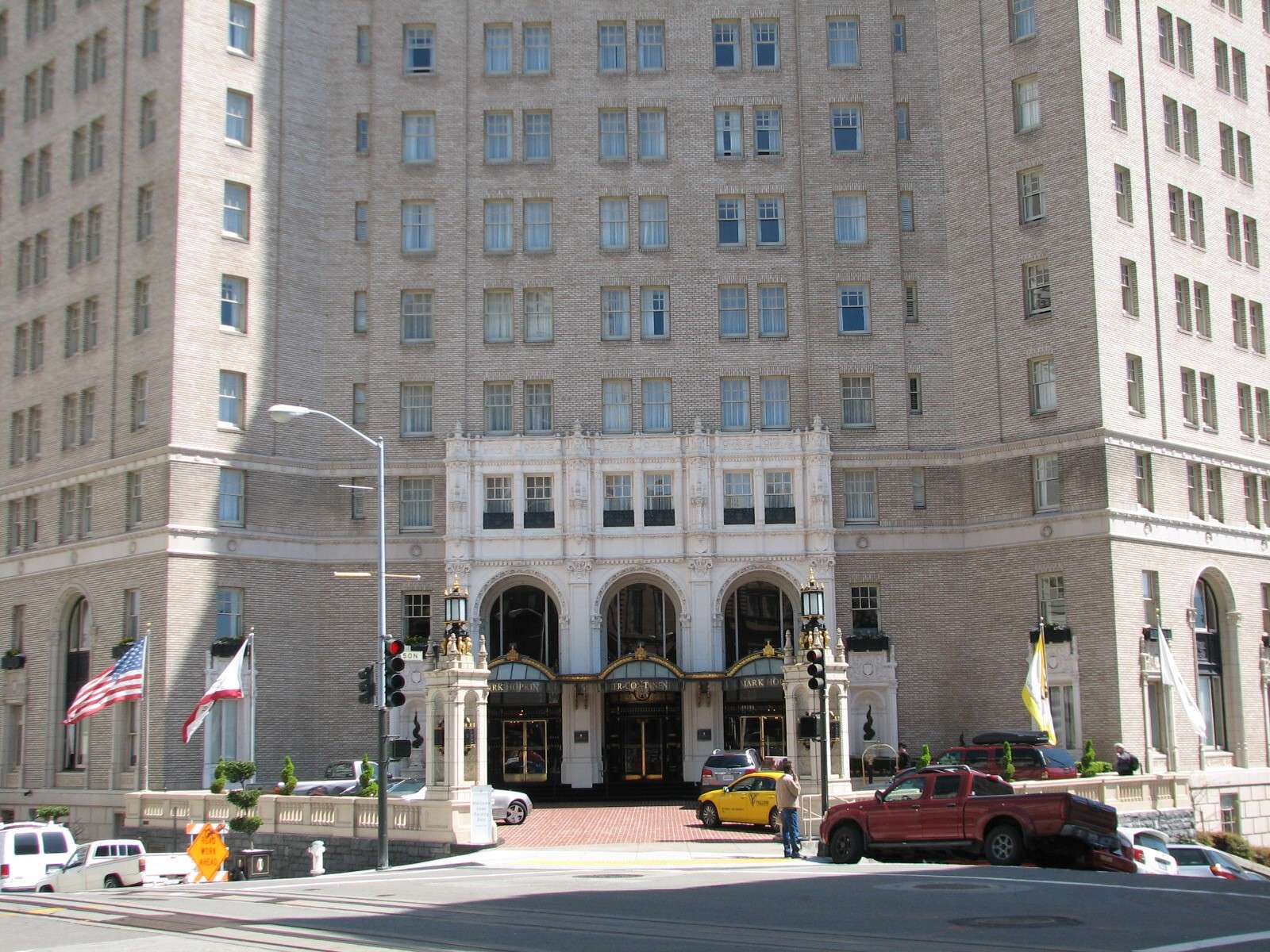

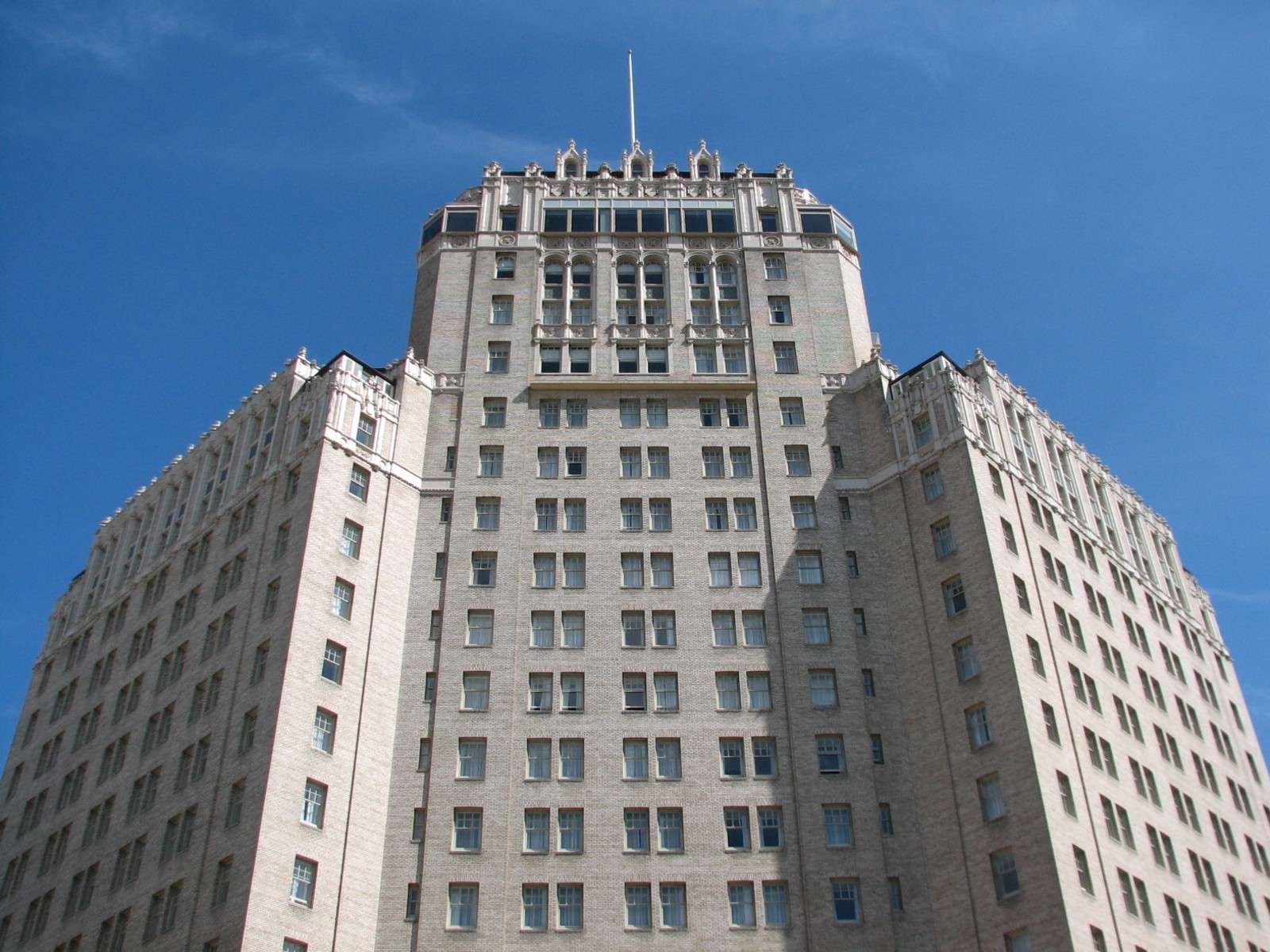
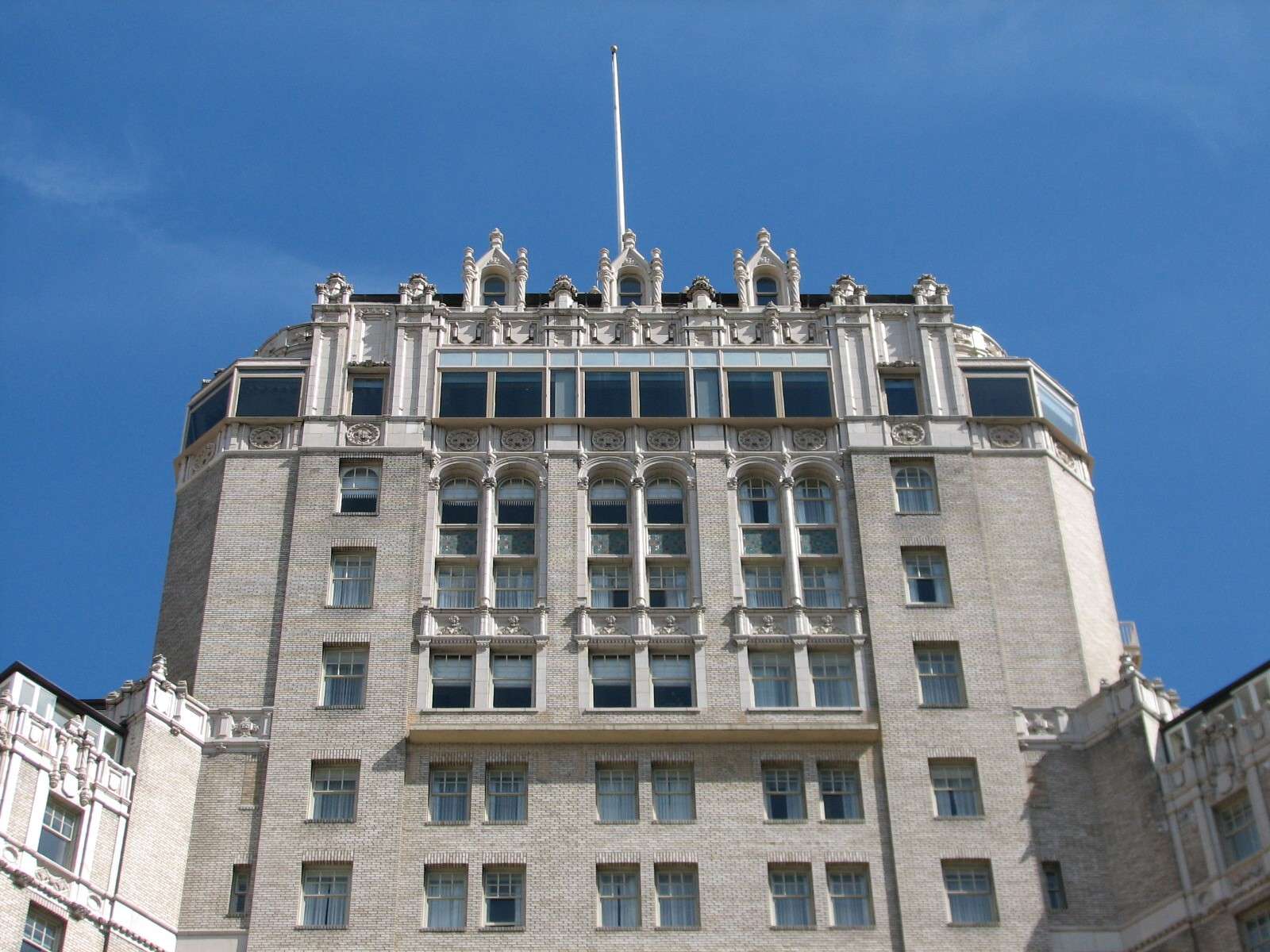
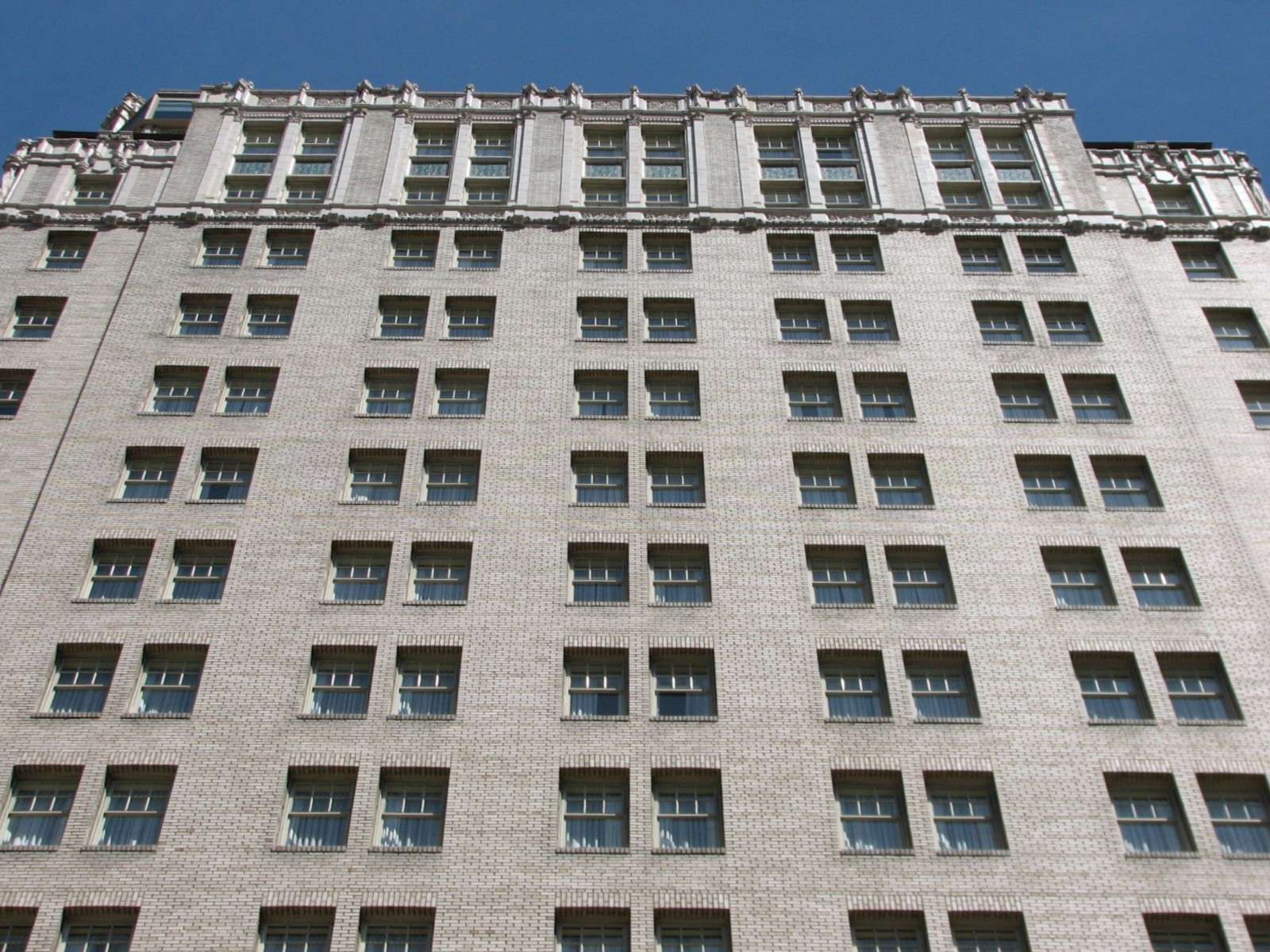
More Art Deco Neo-Historical Apartment Buildings:
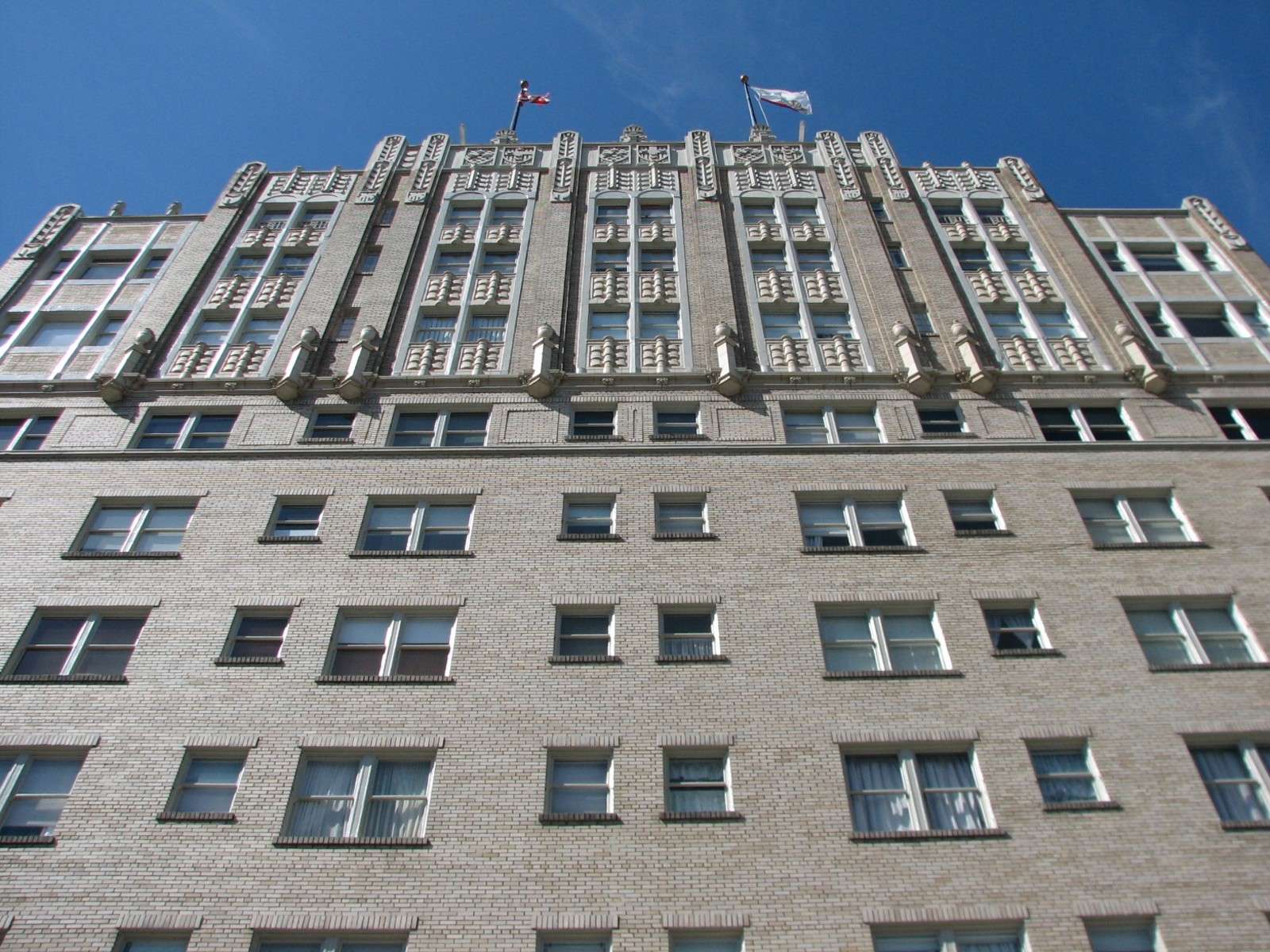
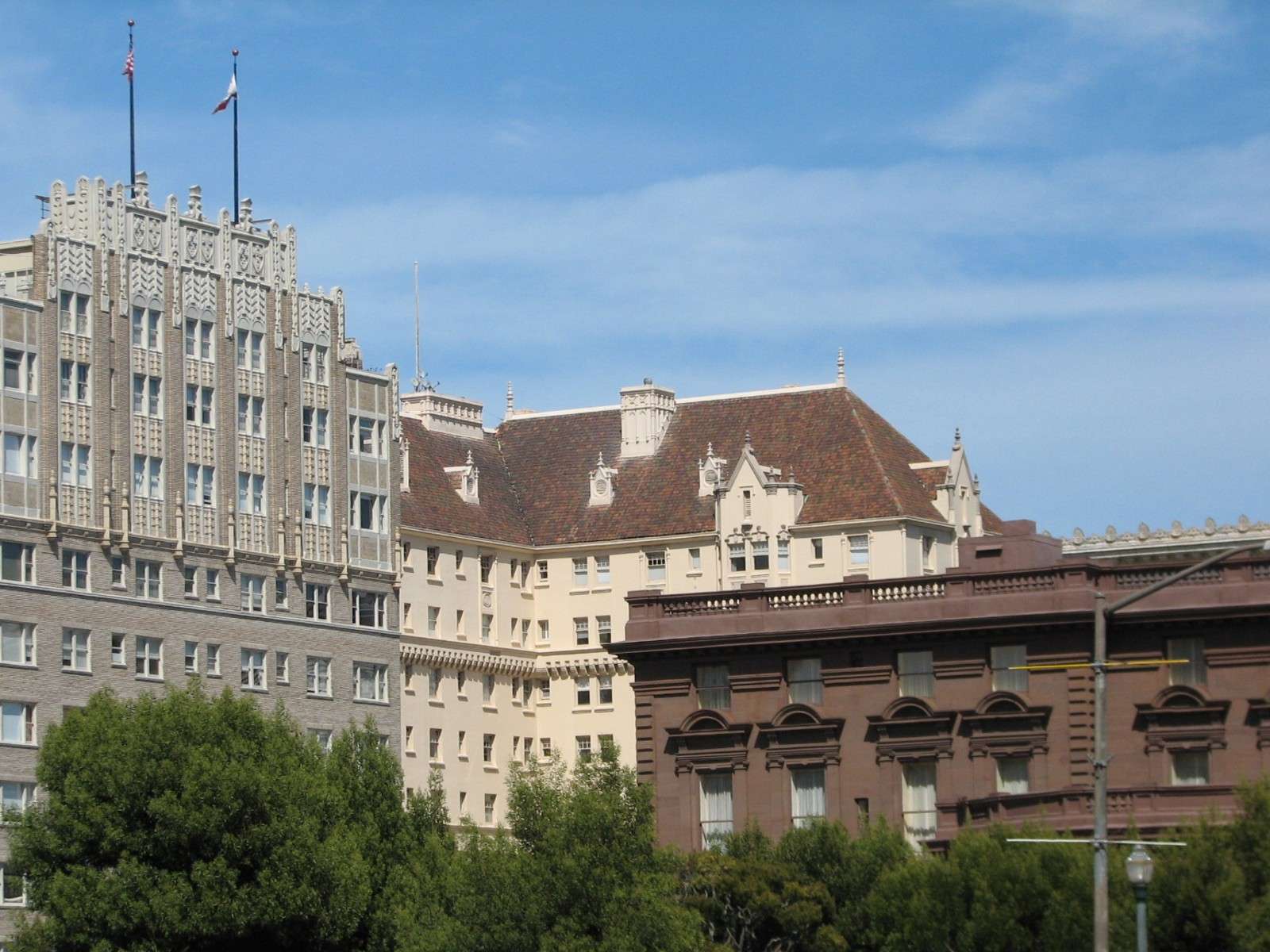
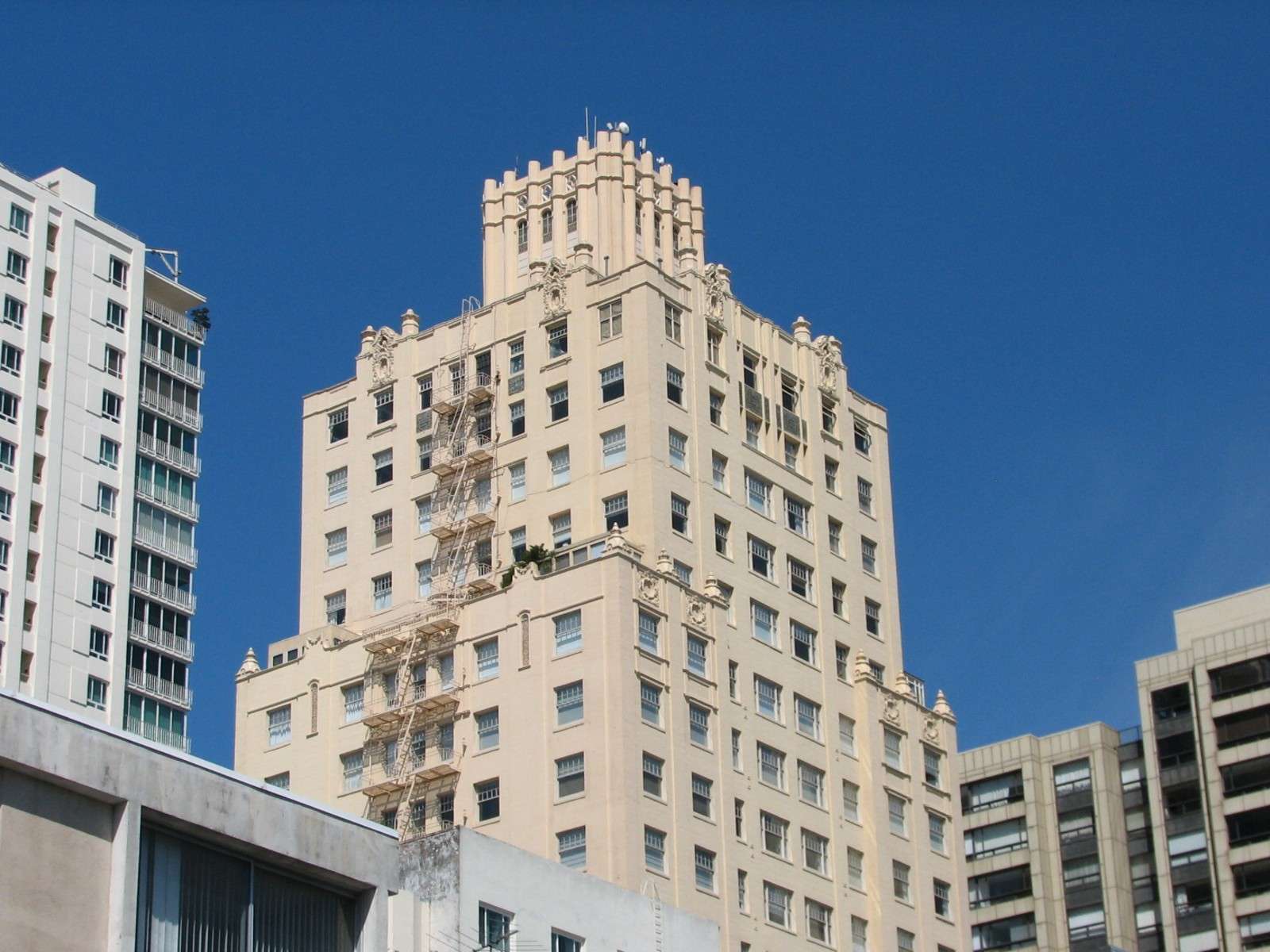
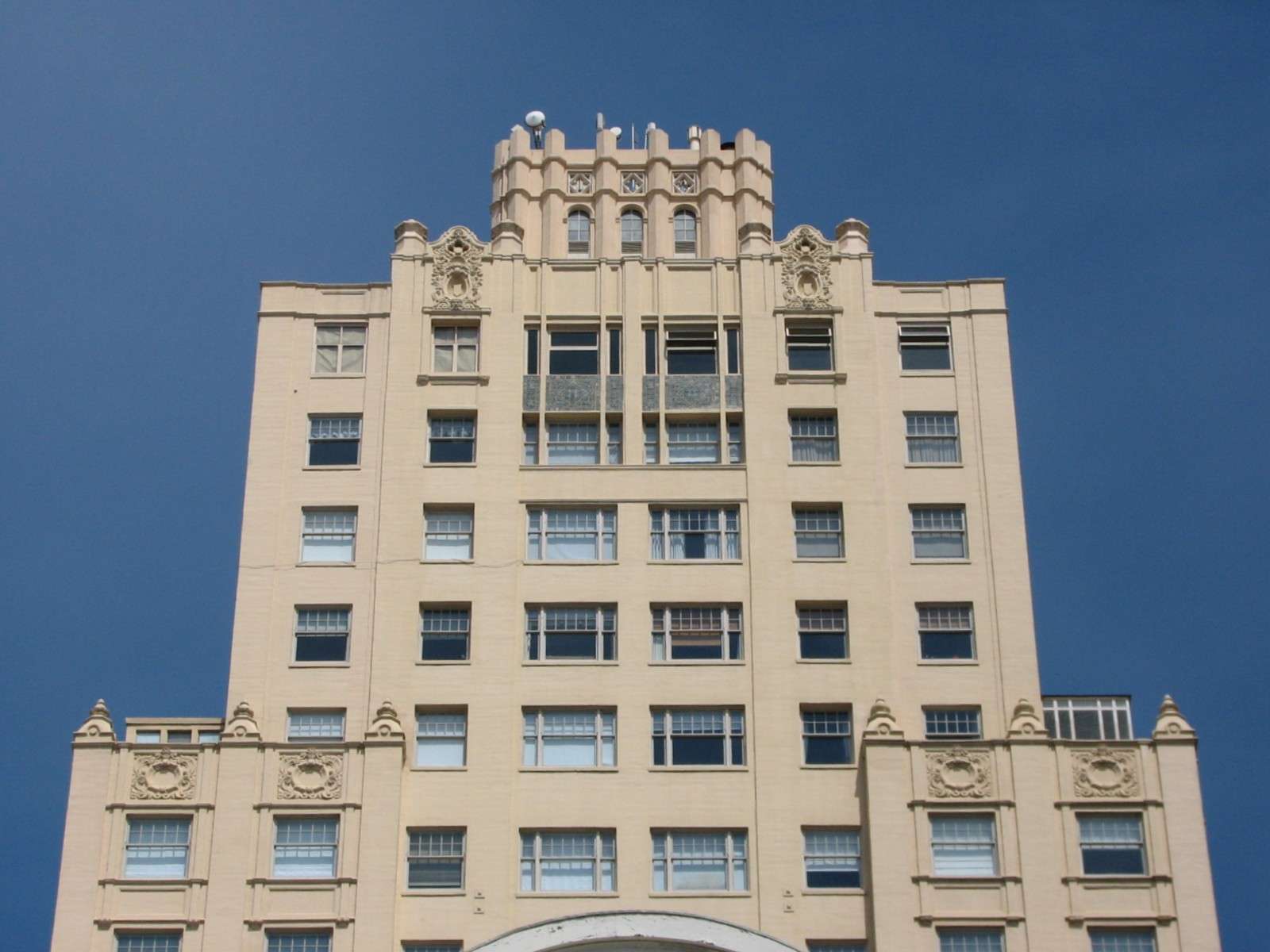
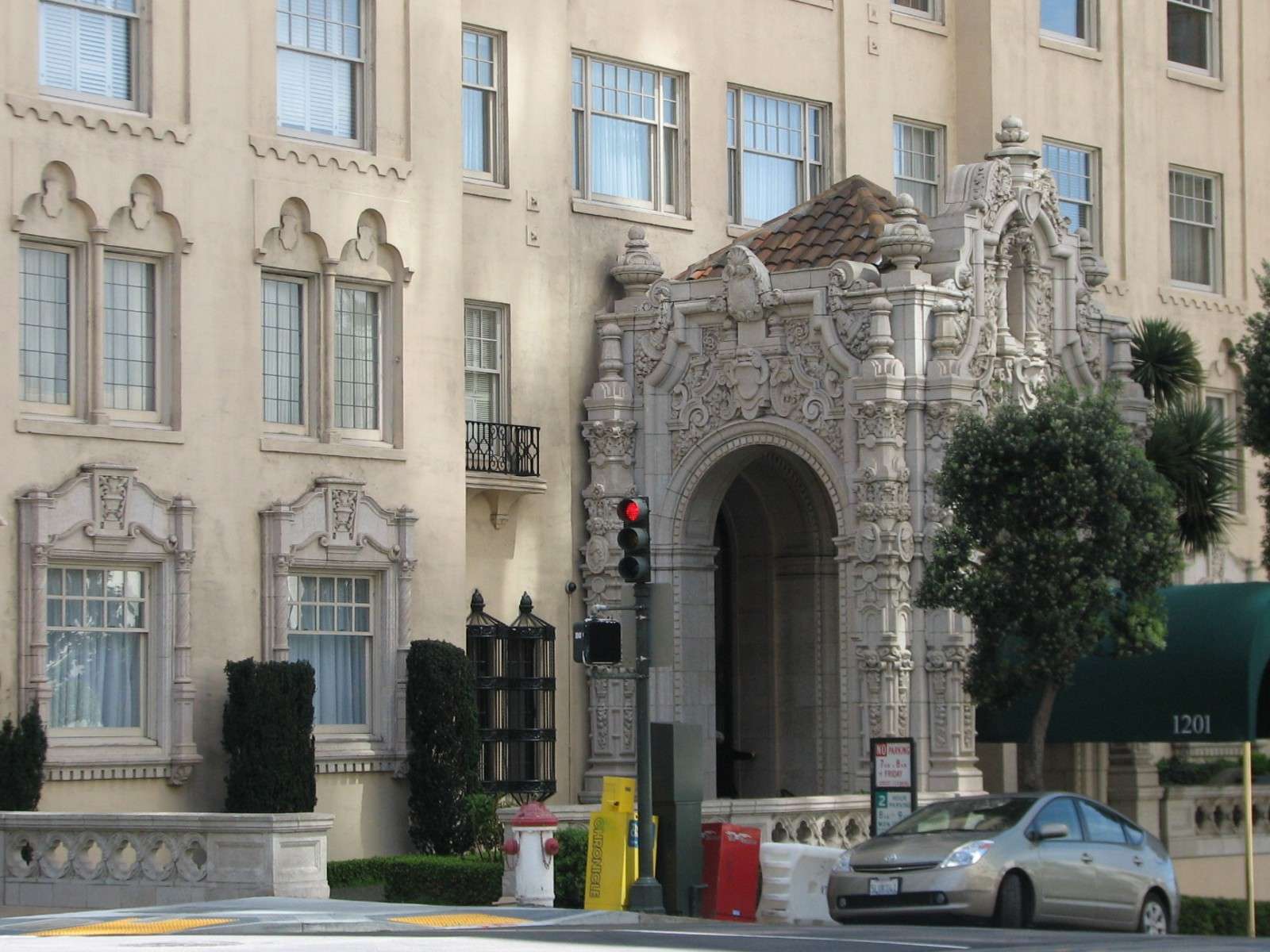
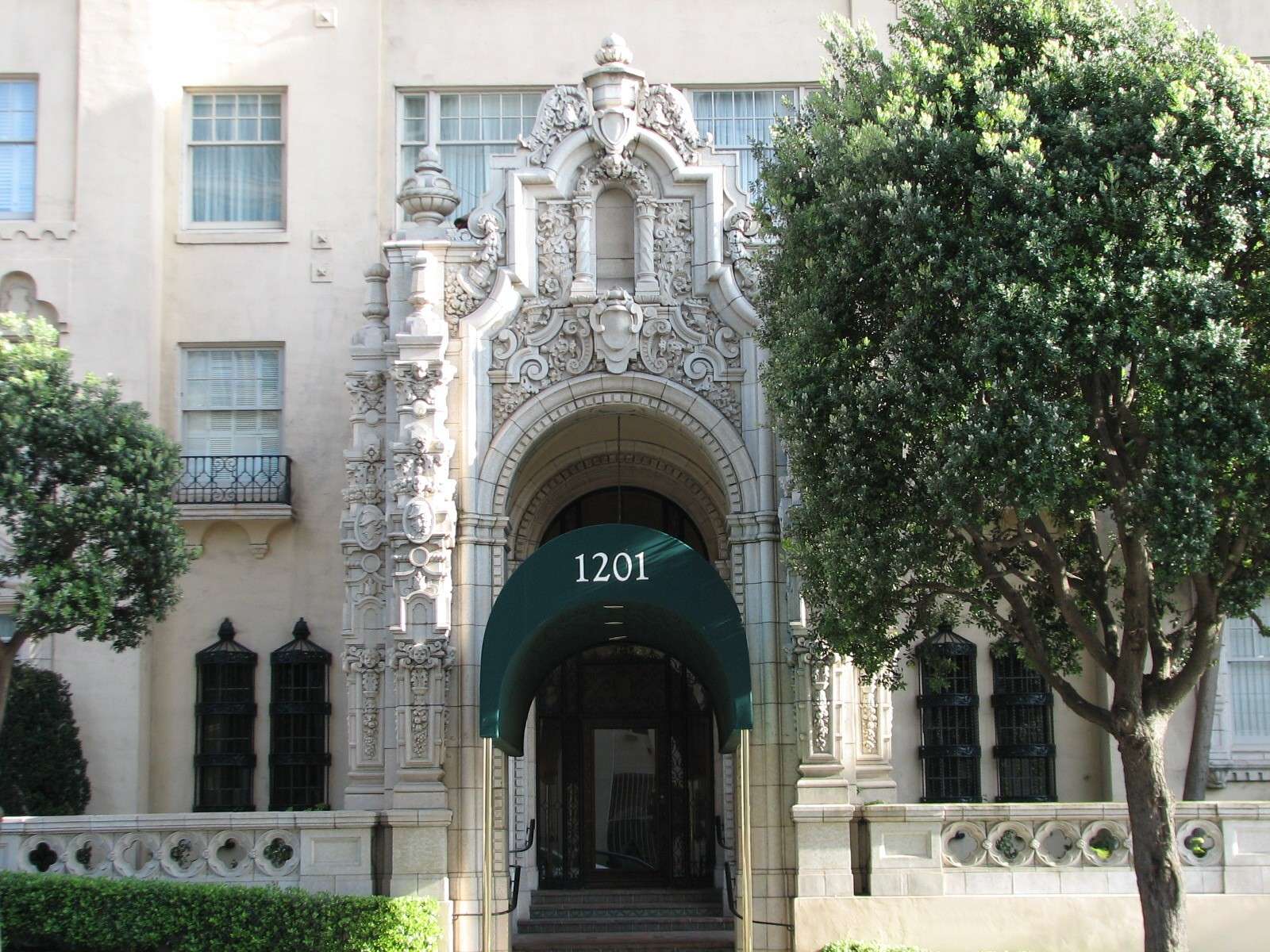
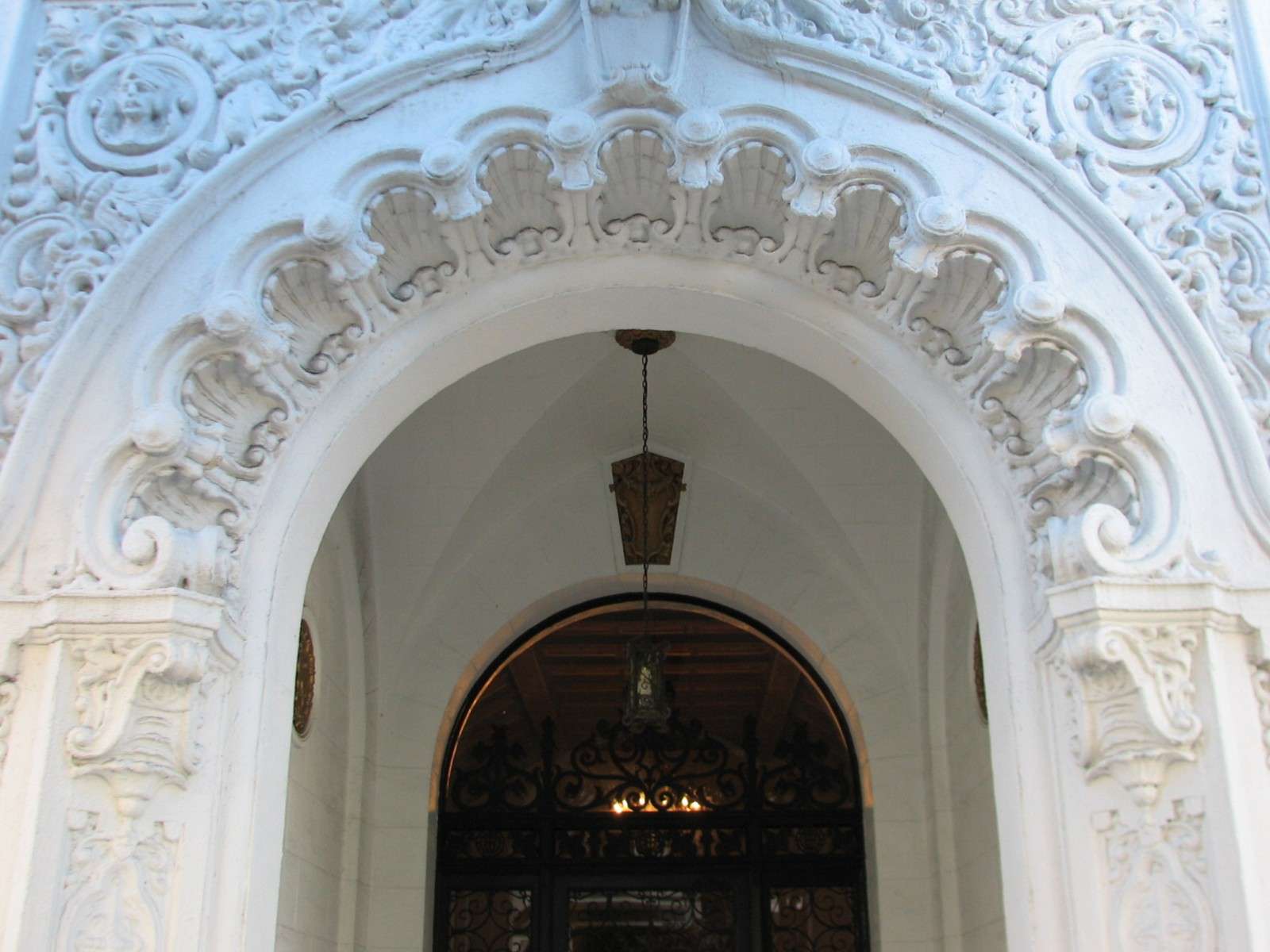
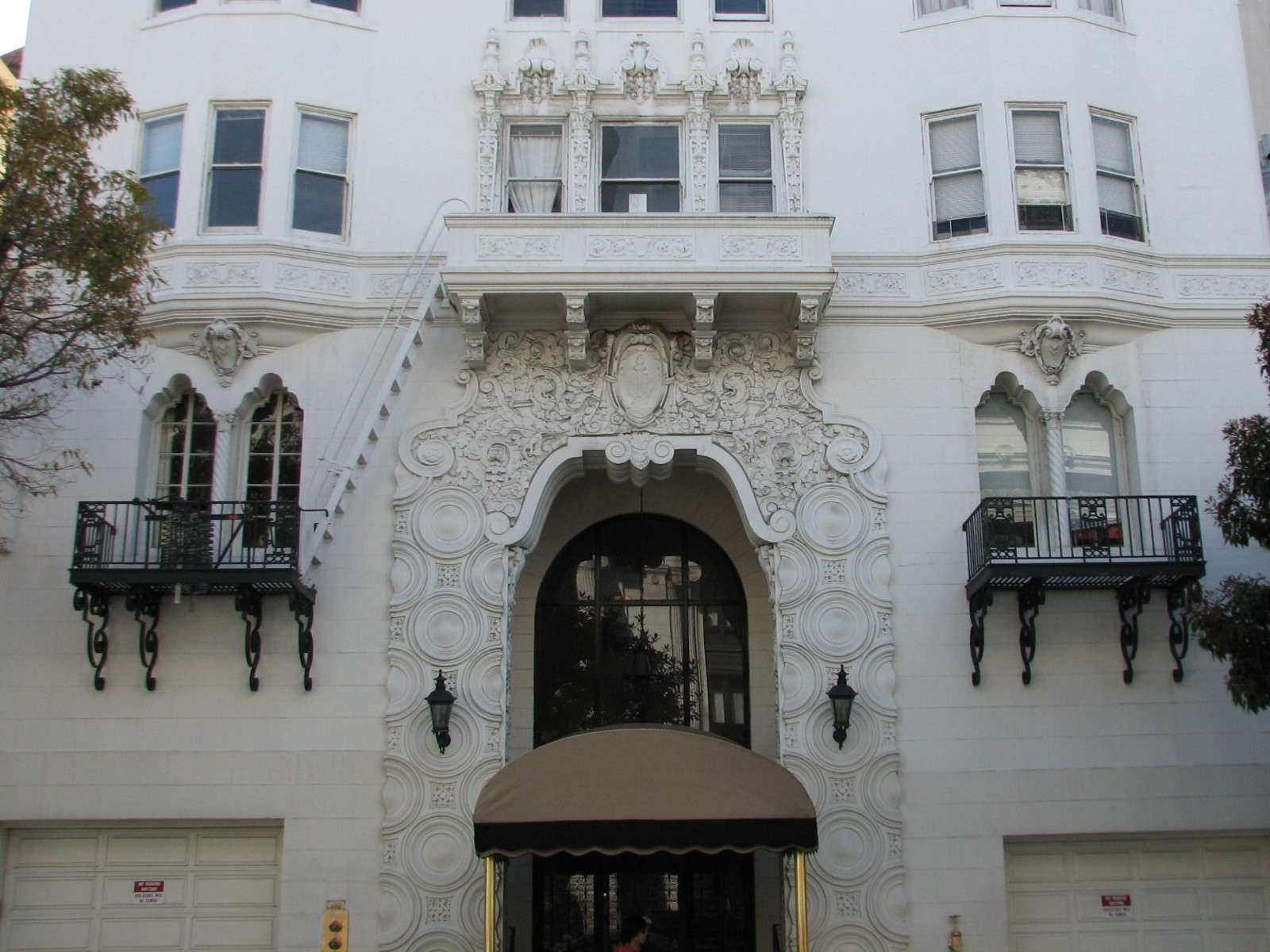
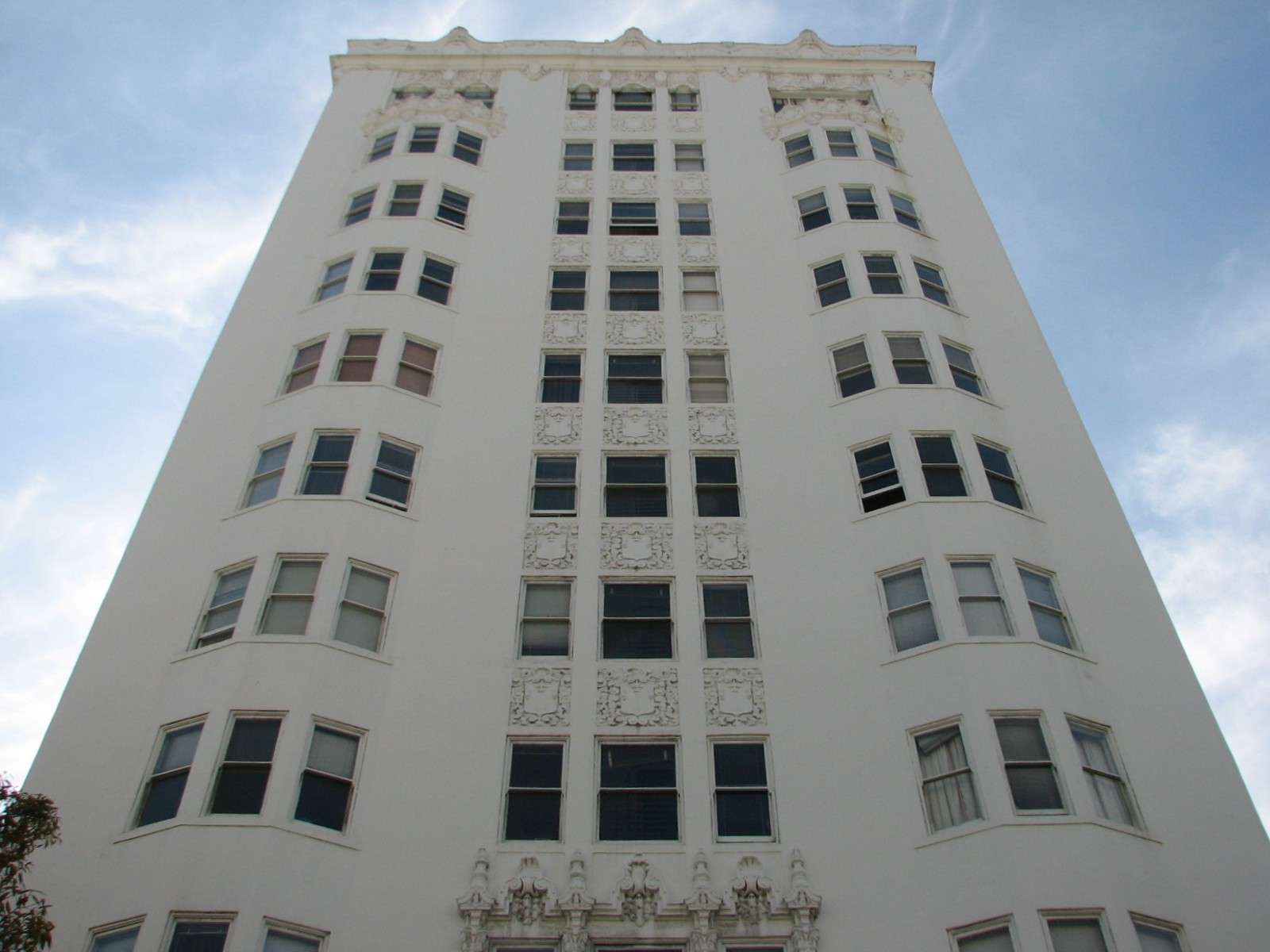
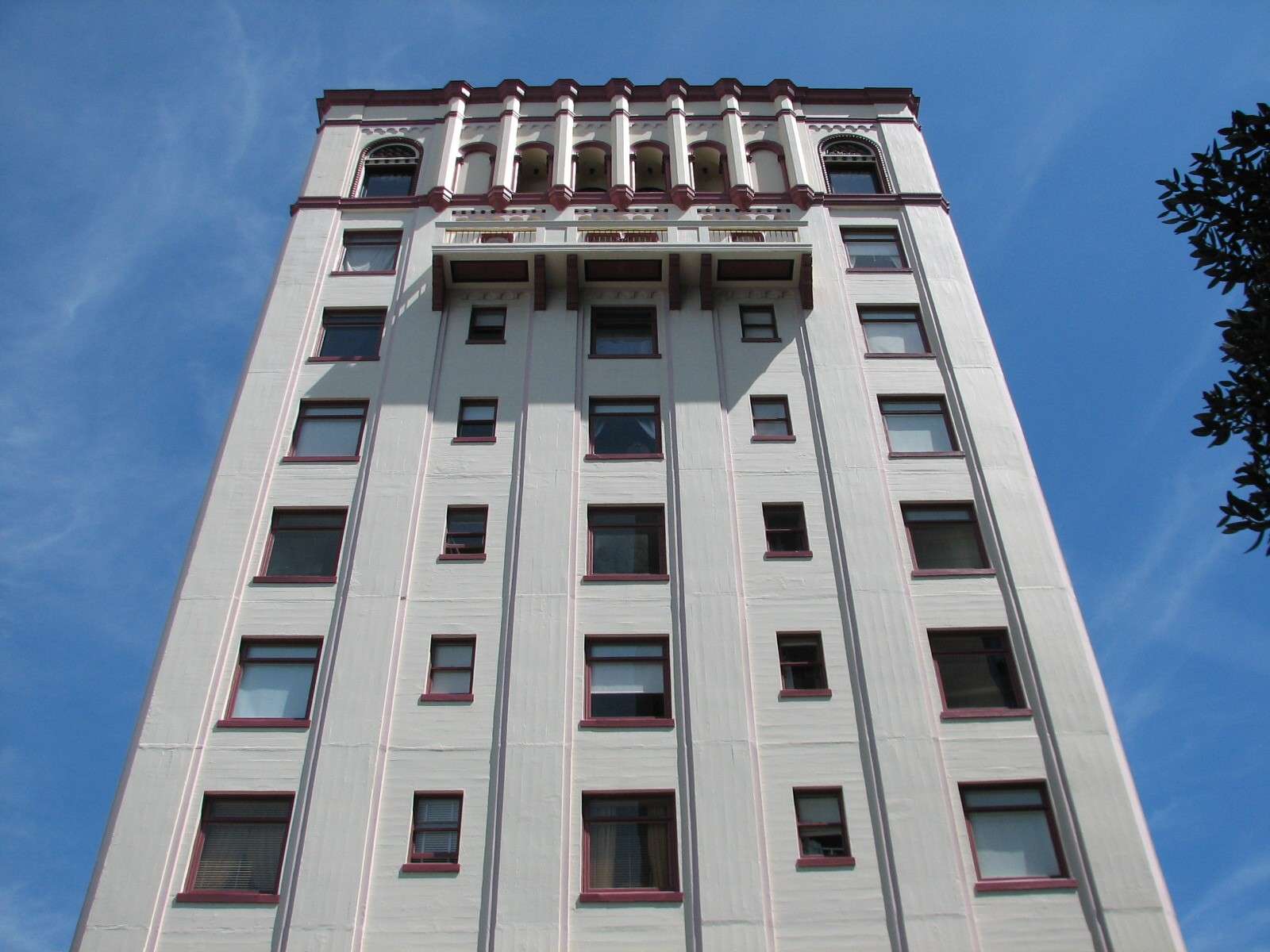
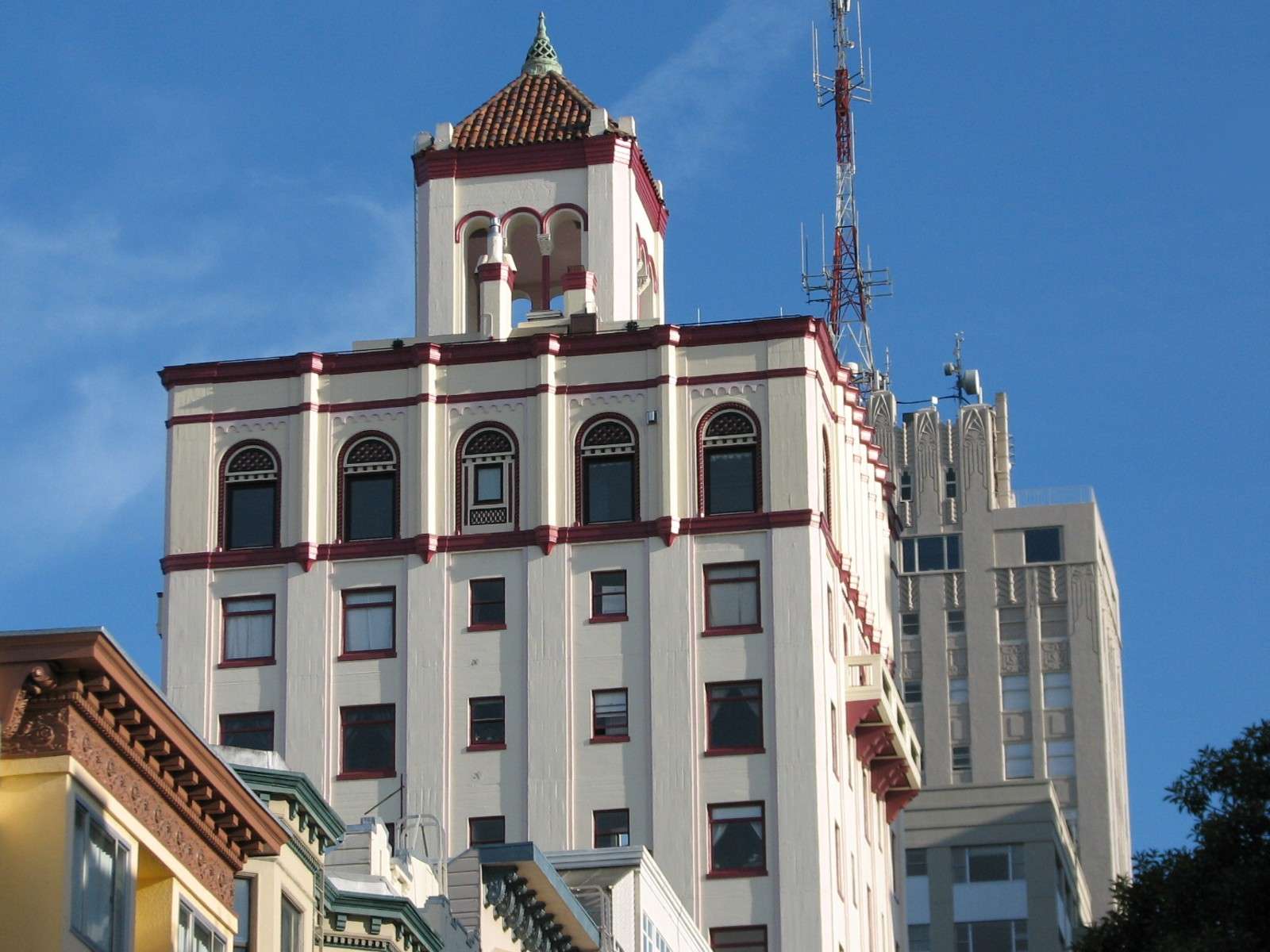
Zig-Zag Moderne:
A few examples of apartment buildings in the 'pure' Art Deco style also inhabit the hill.
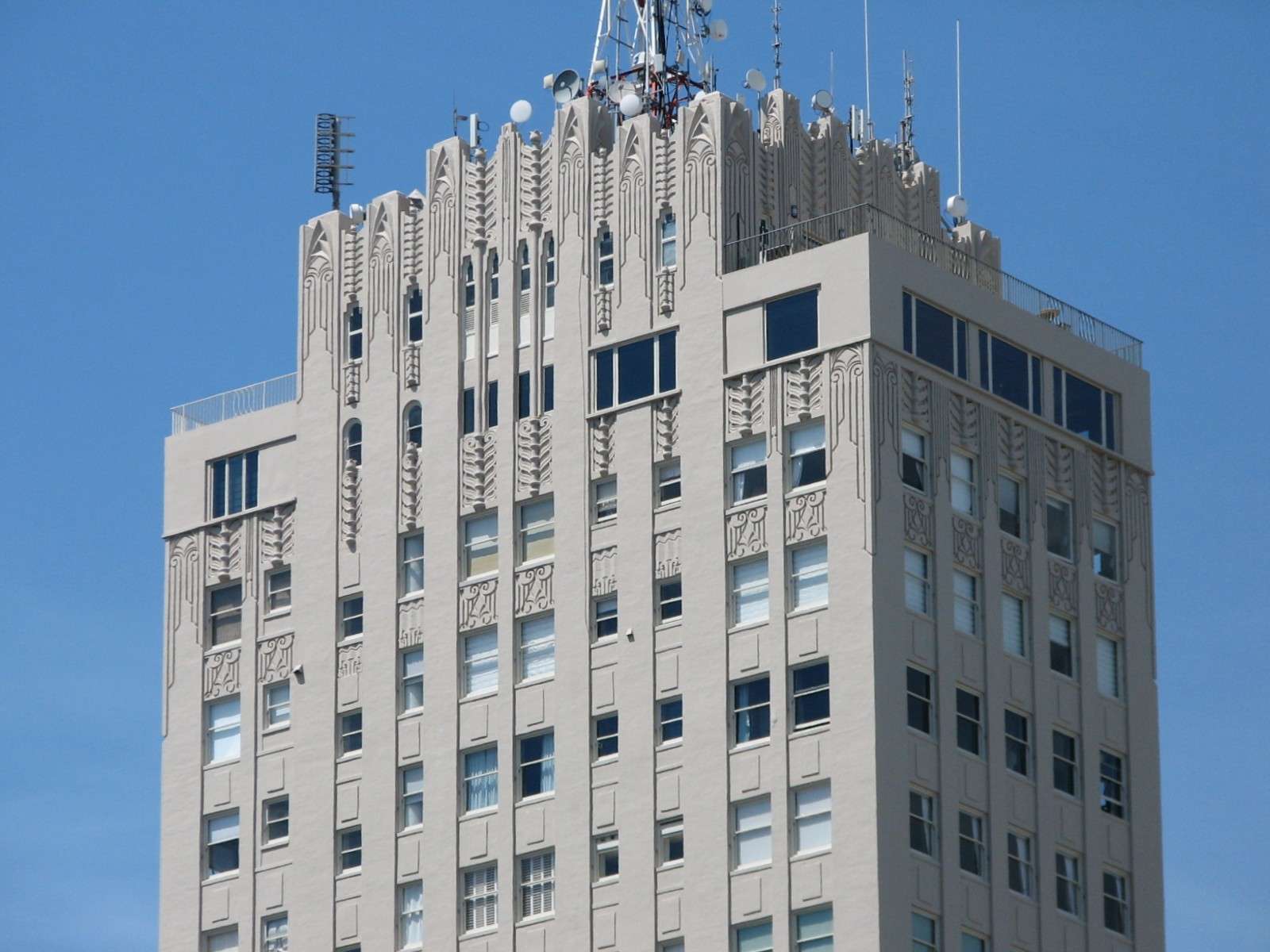
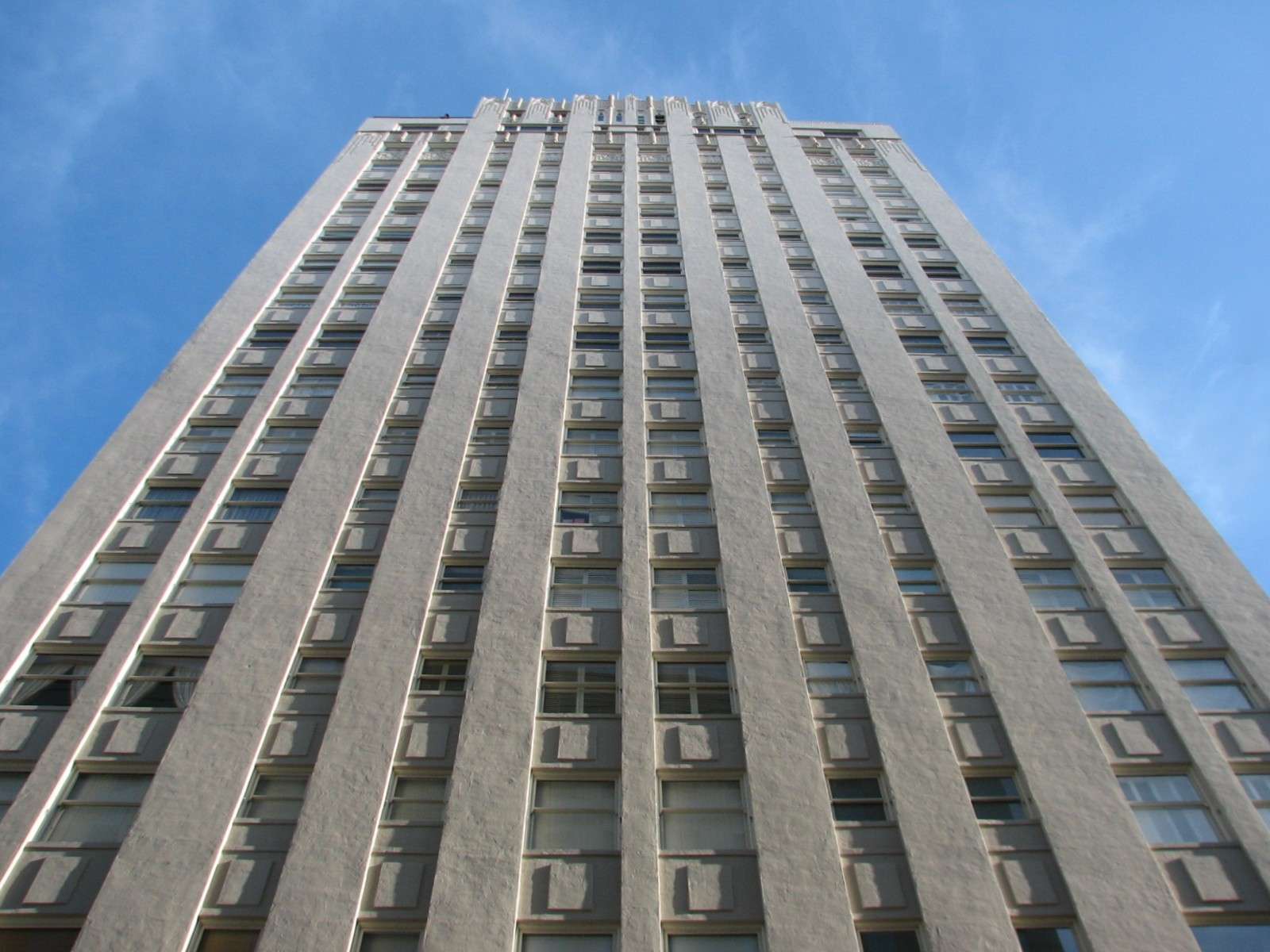
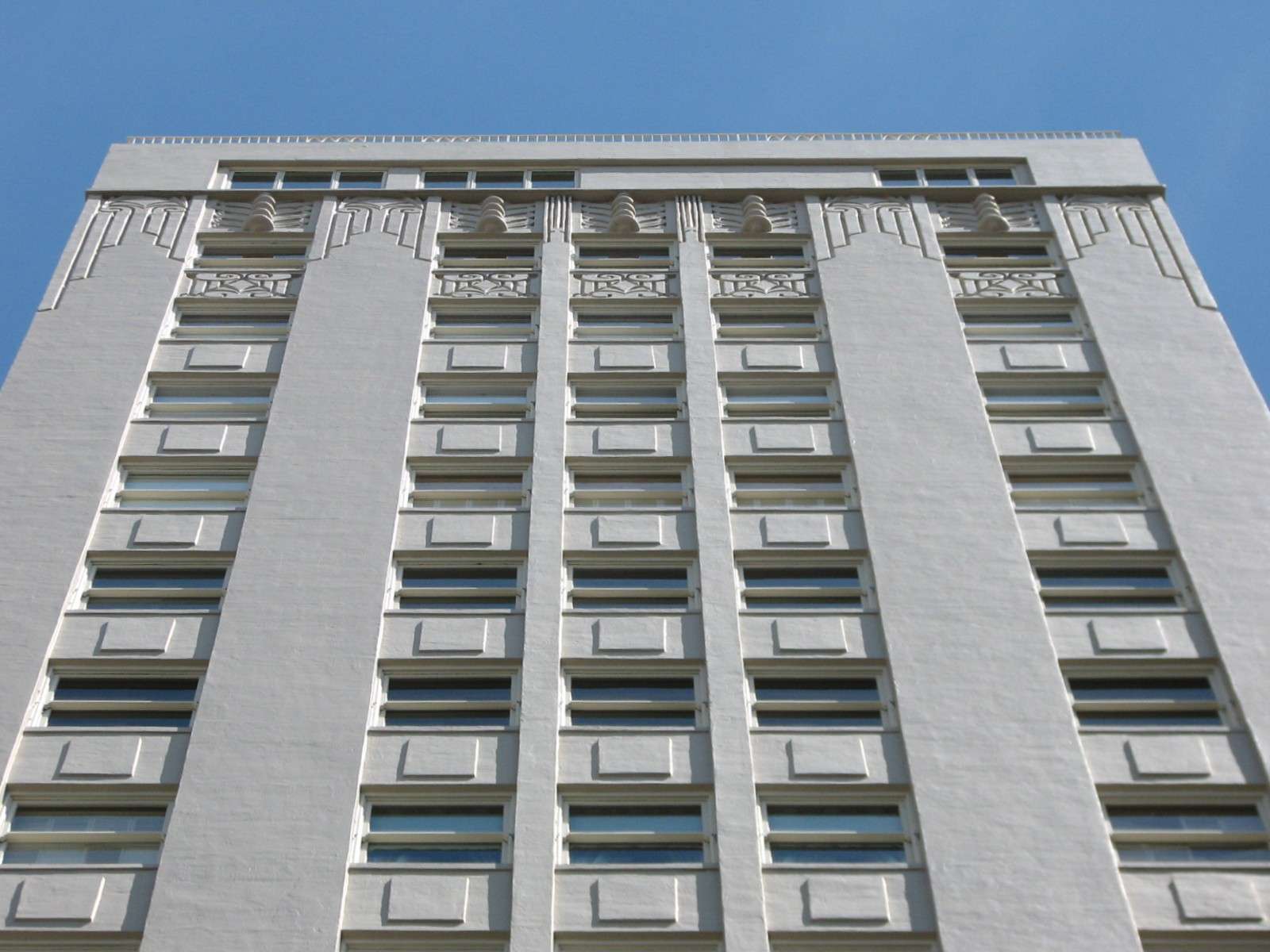

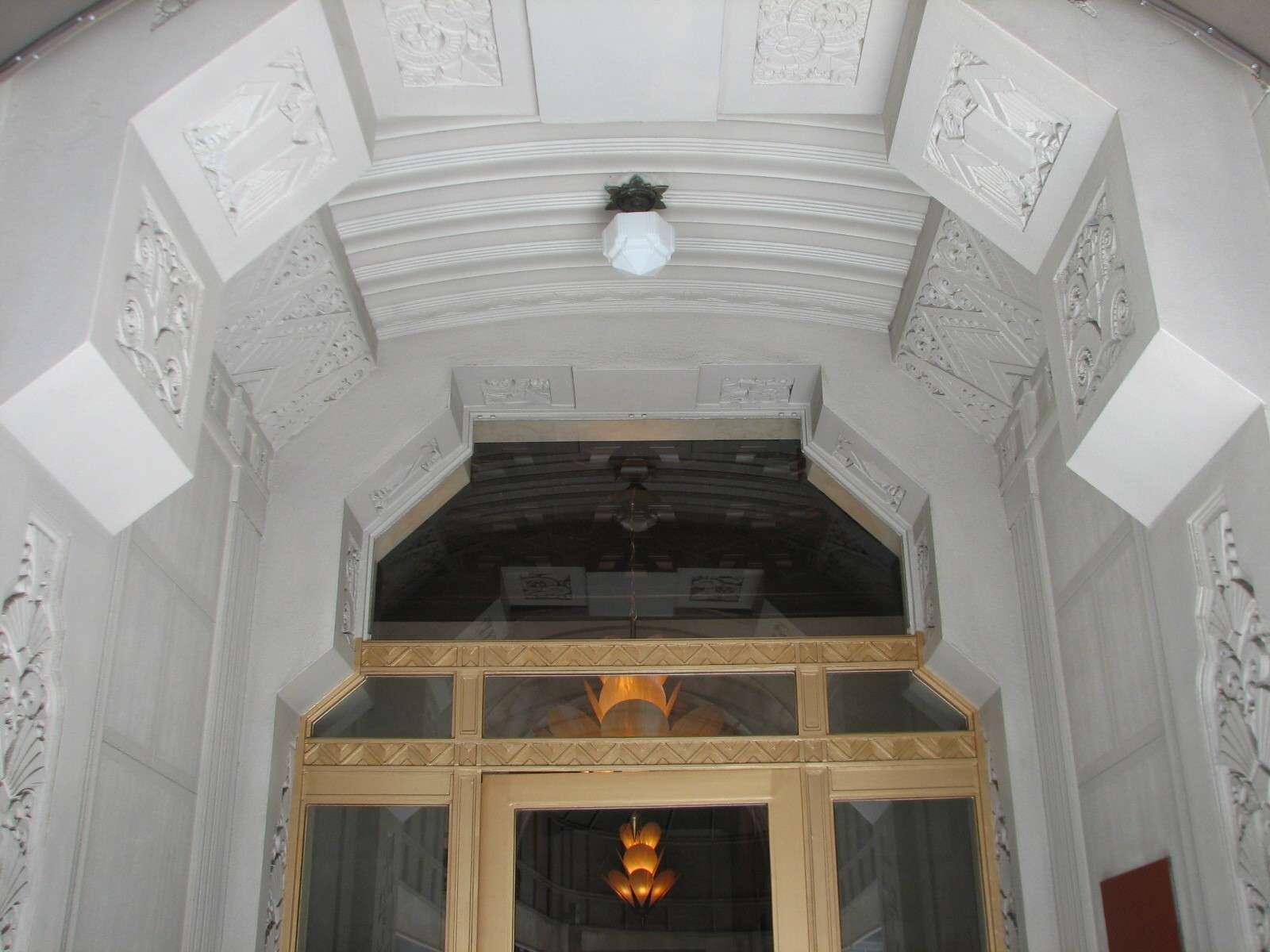
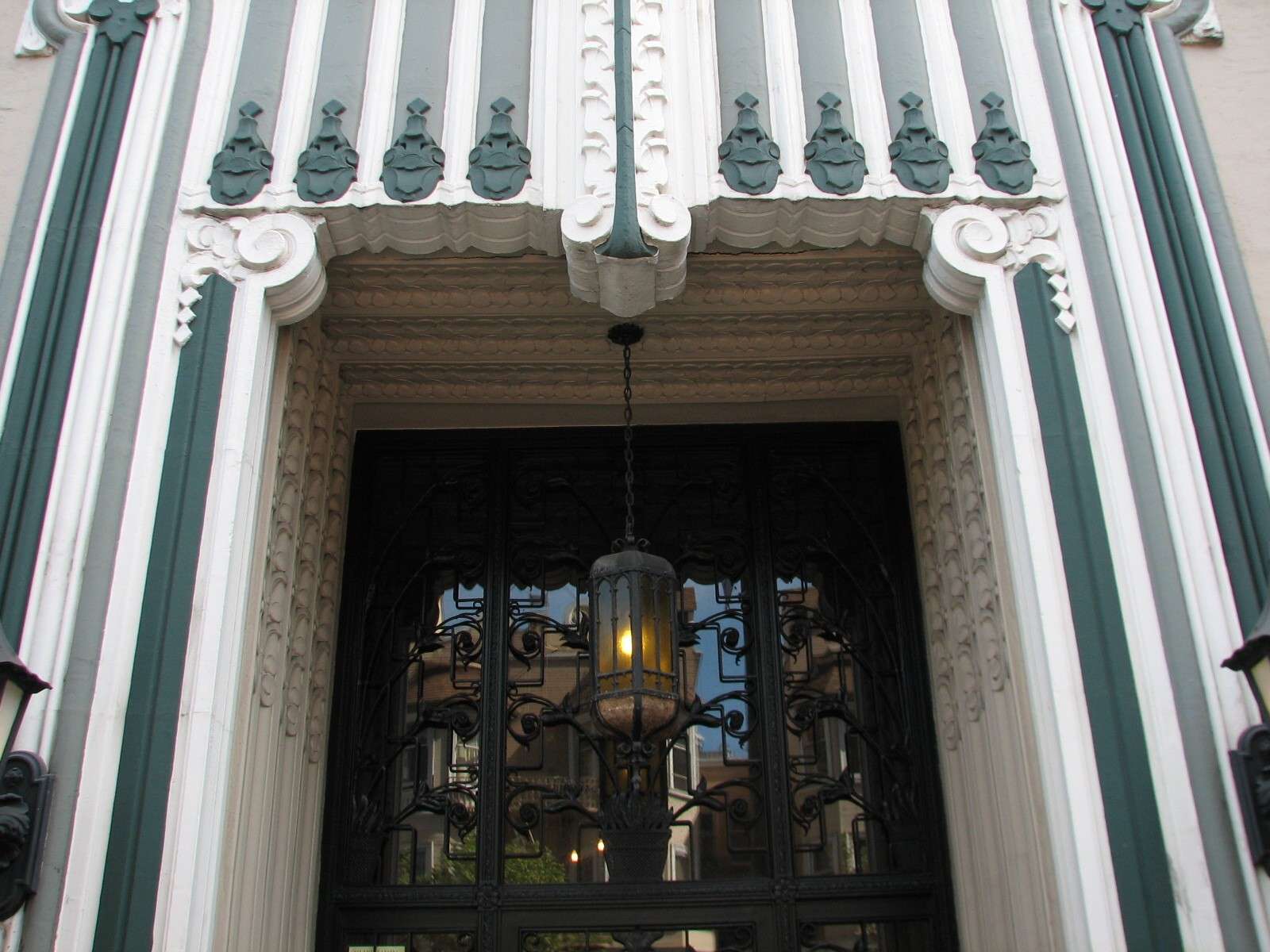

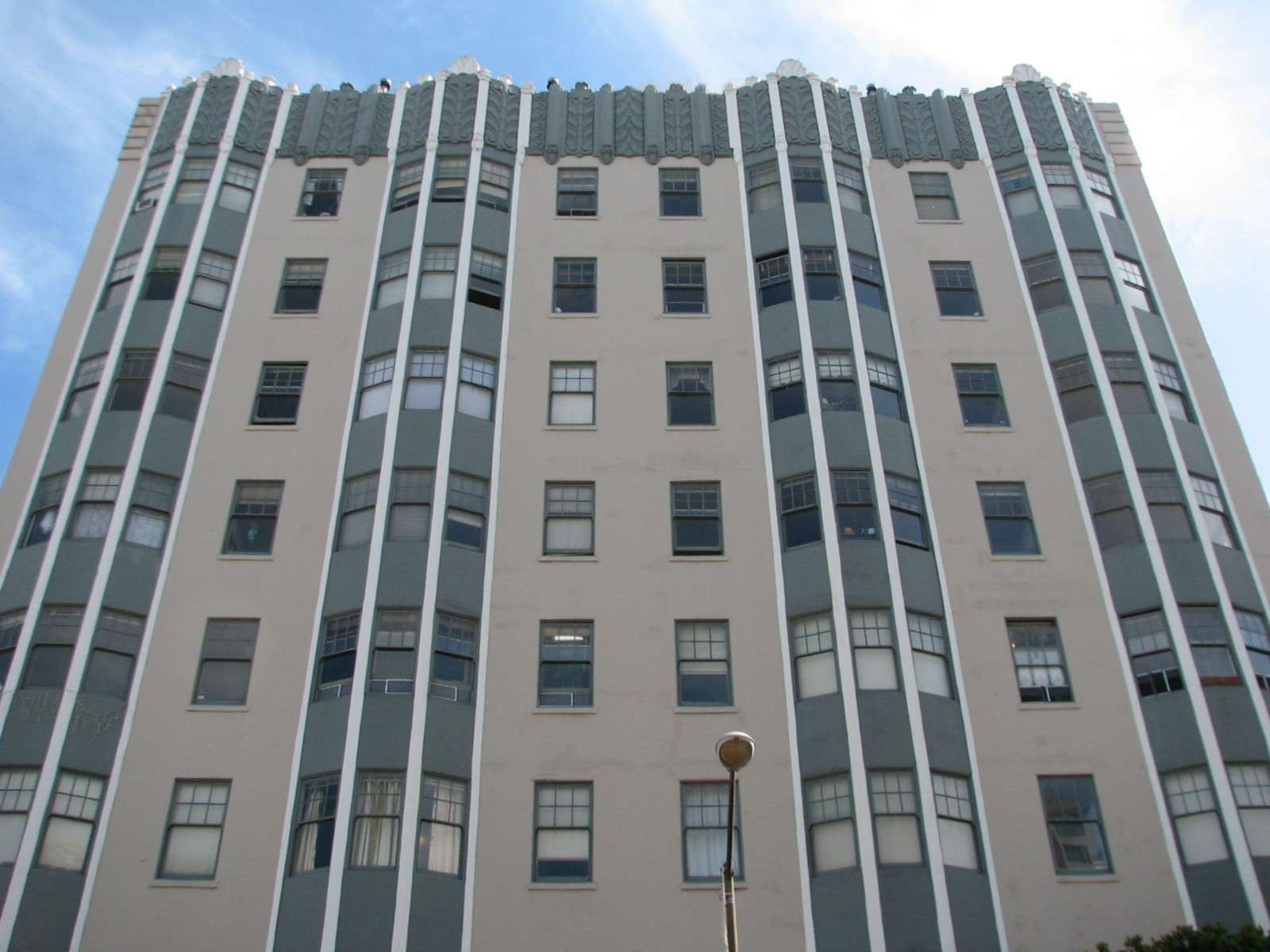
California Masonic Memorial Temple:
This 1958 building is at the top of the hill and features a sculpture and stained glass by Emile Norman. The auditorium inside is often used for mid-sized concerts.
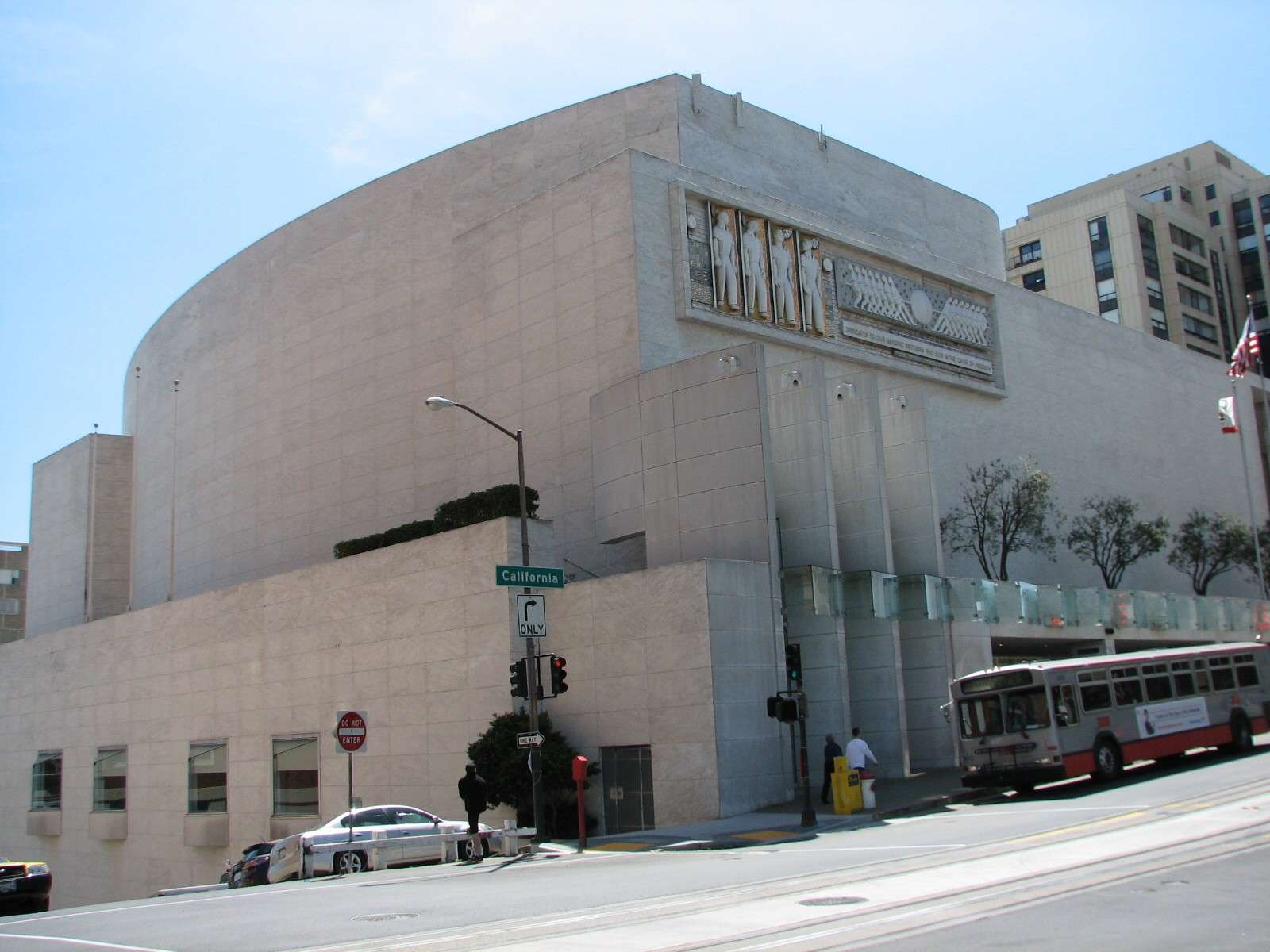
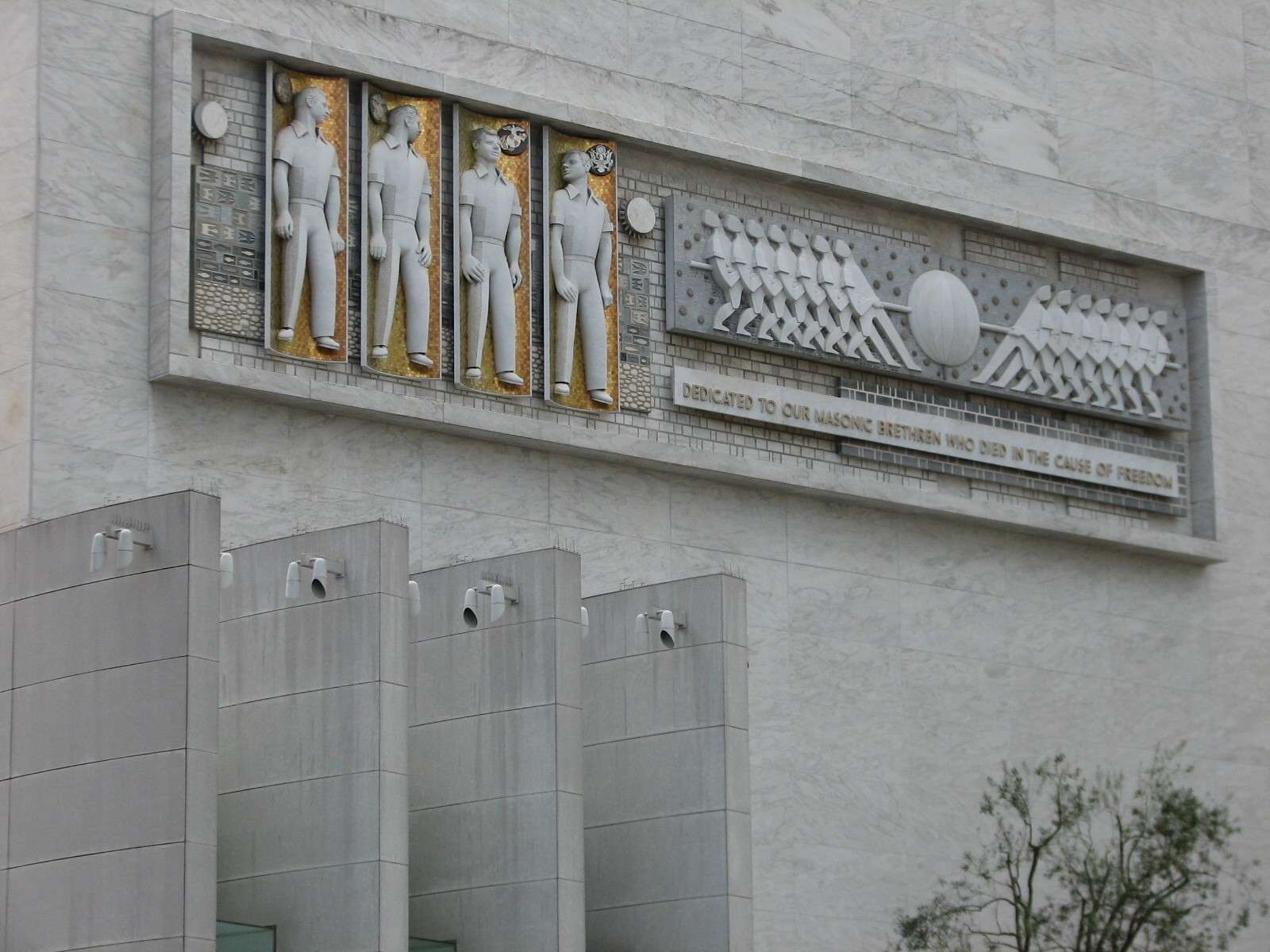
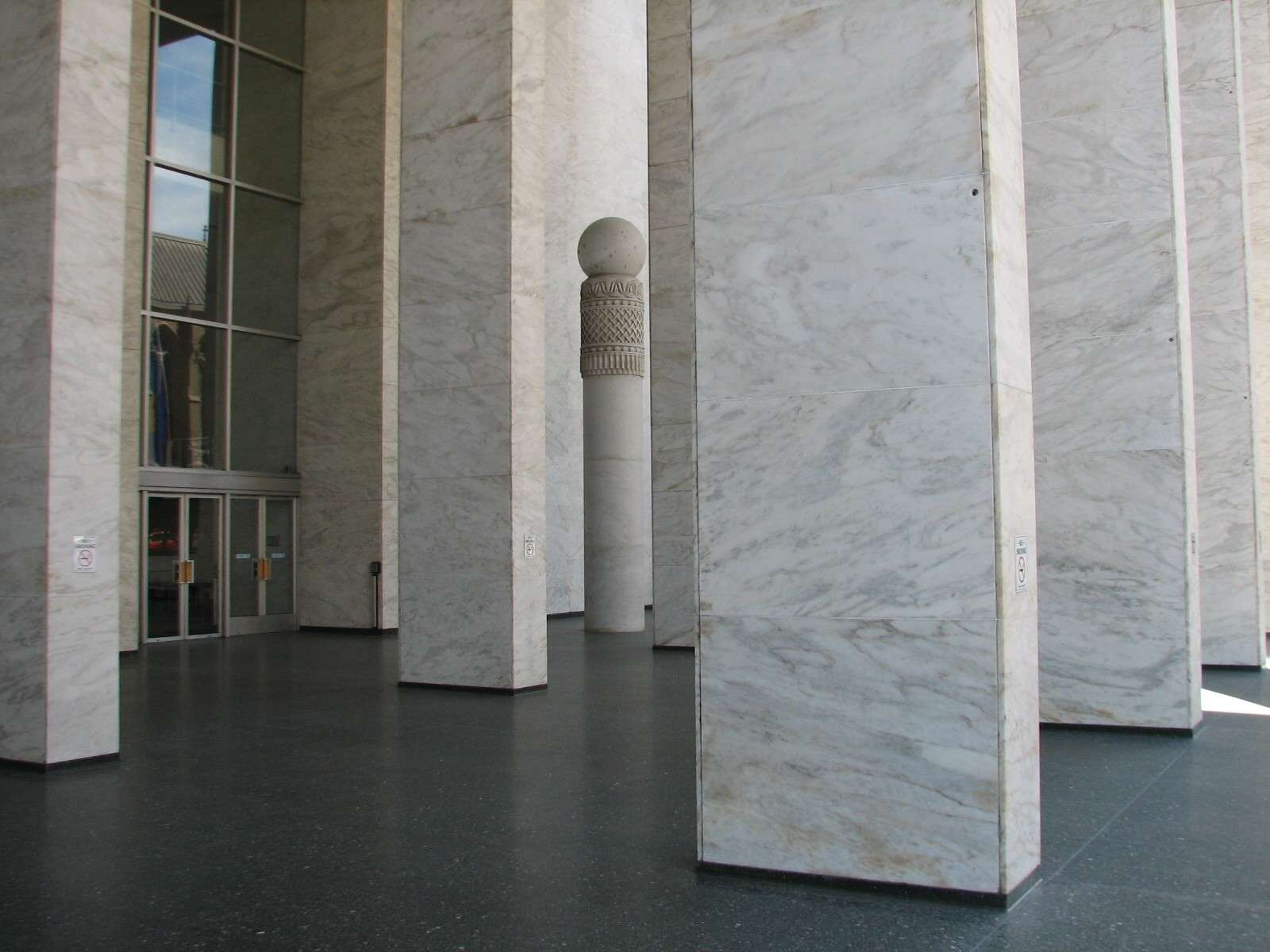
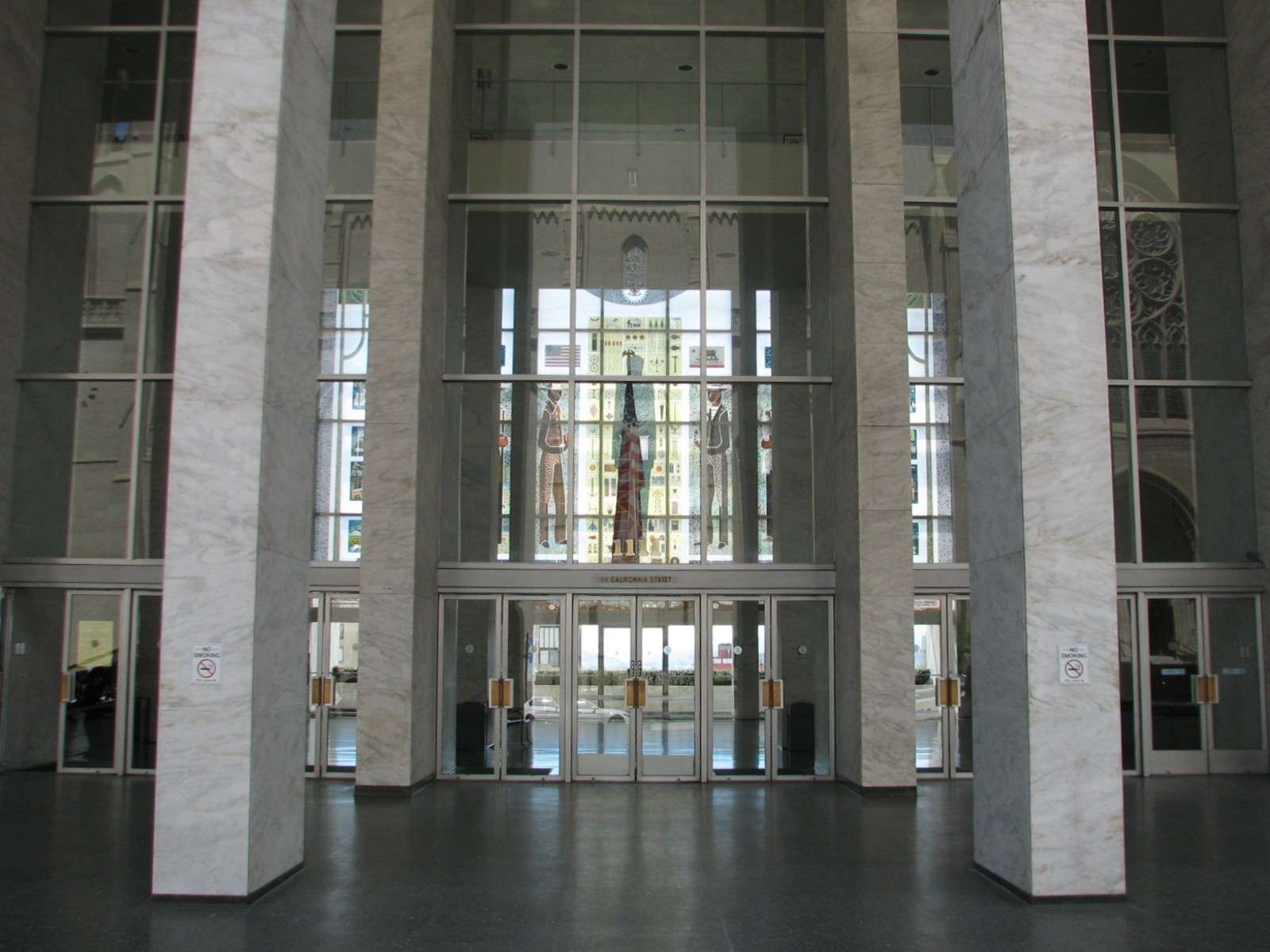
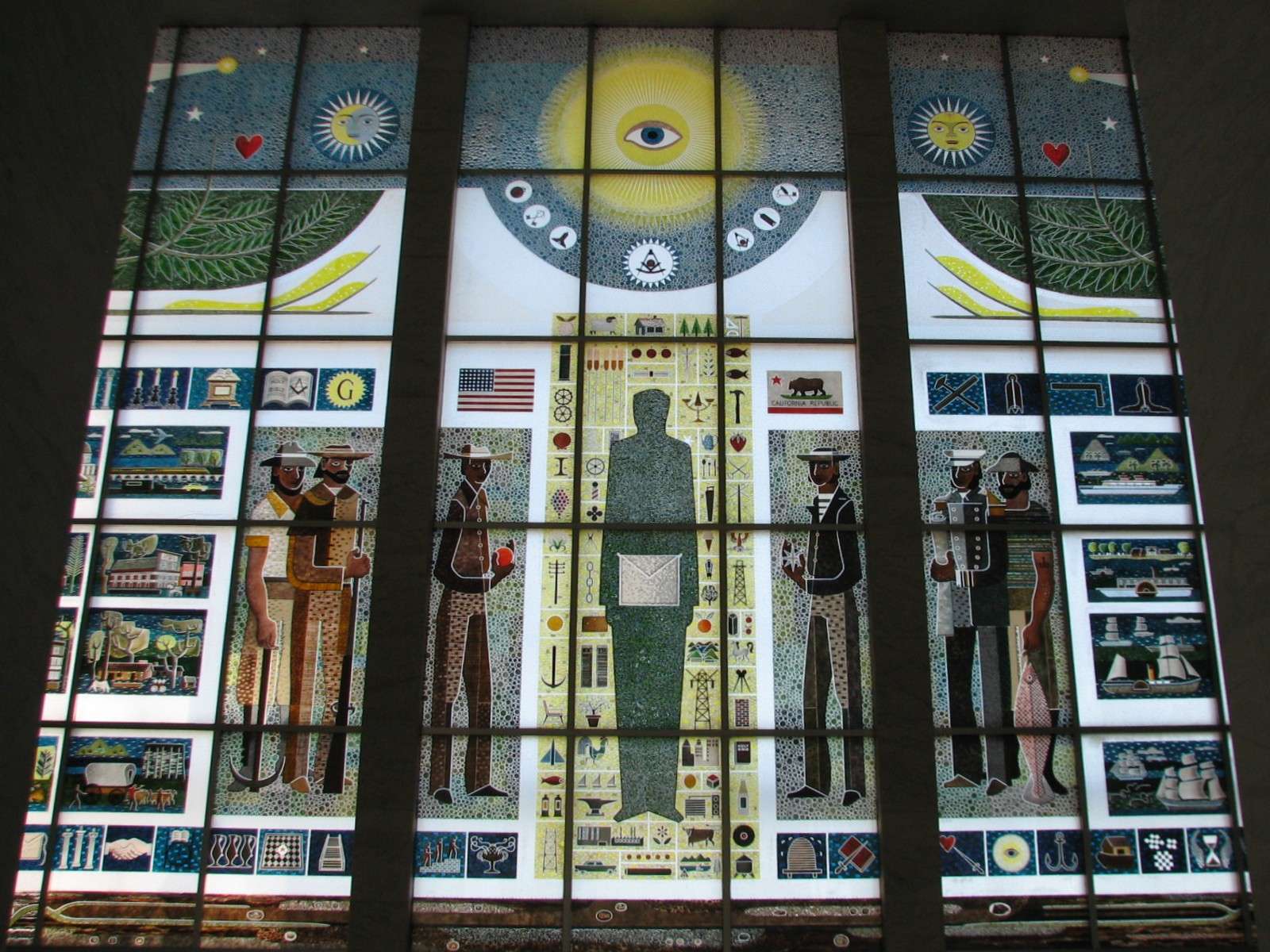
Contemporary condos:
Nob Hill is not the place to see recent architecture, but here is one of the very few!
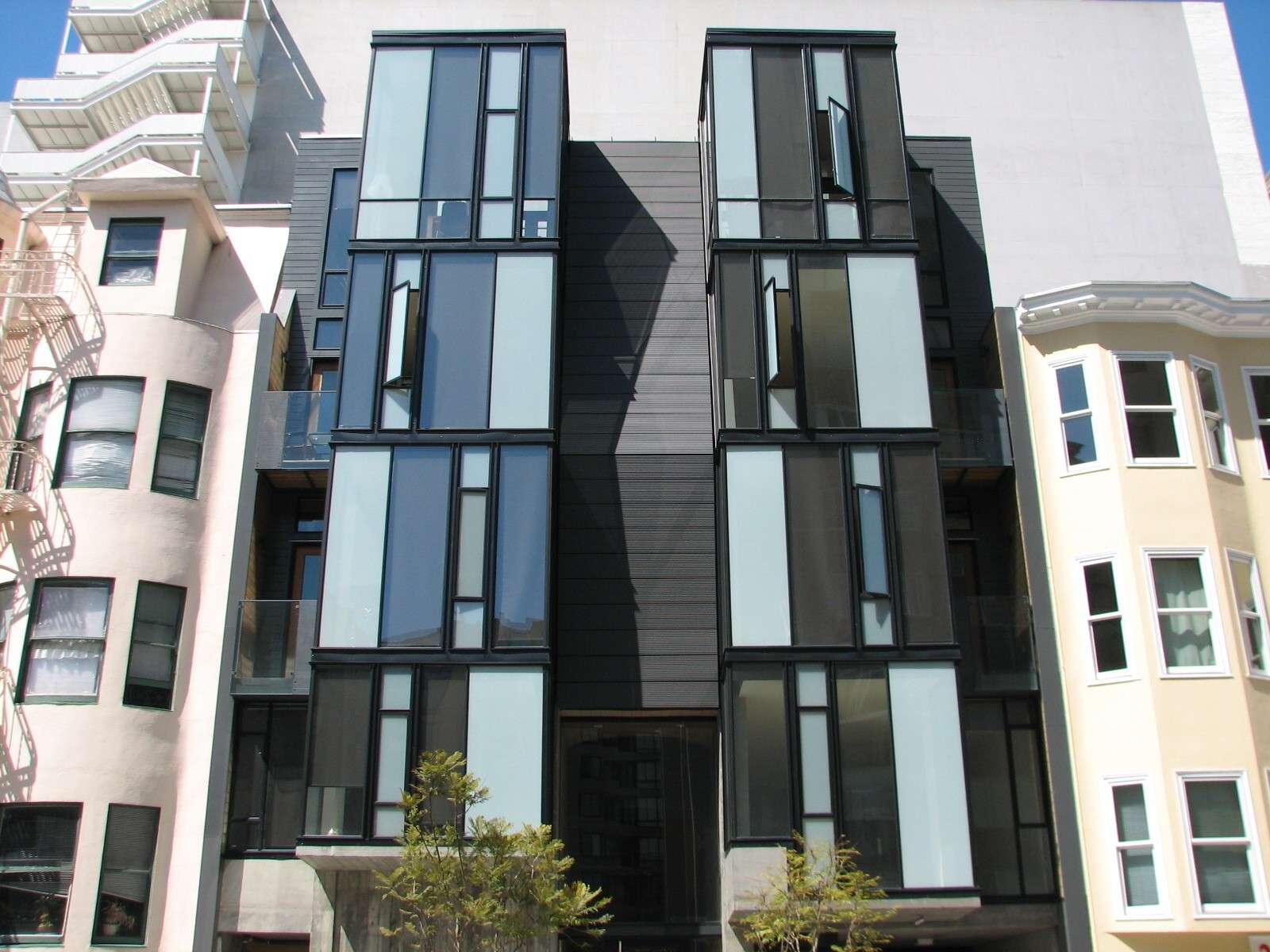
All photographs taken in 2011 (except a few from 2005-2010) by geomorph.